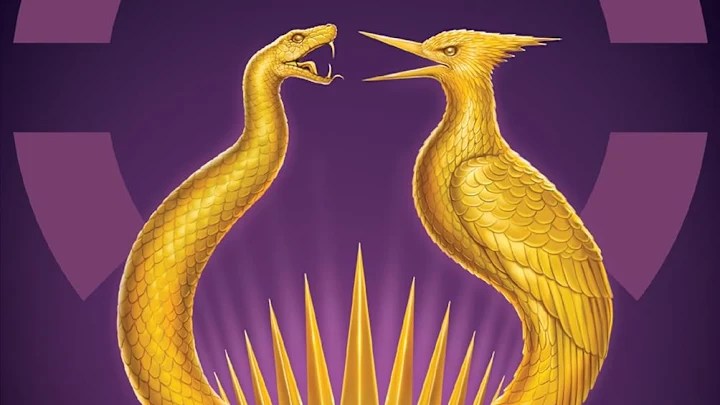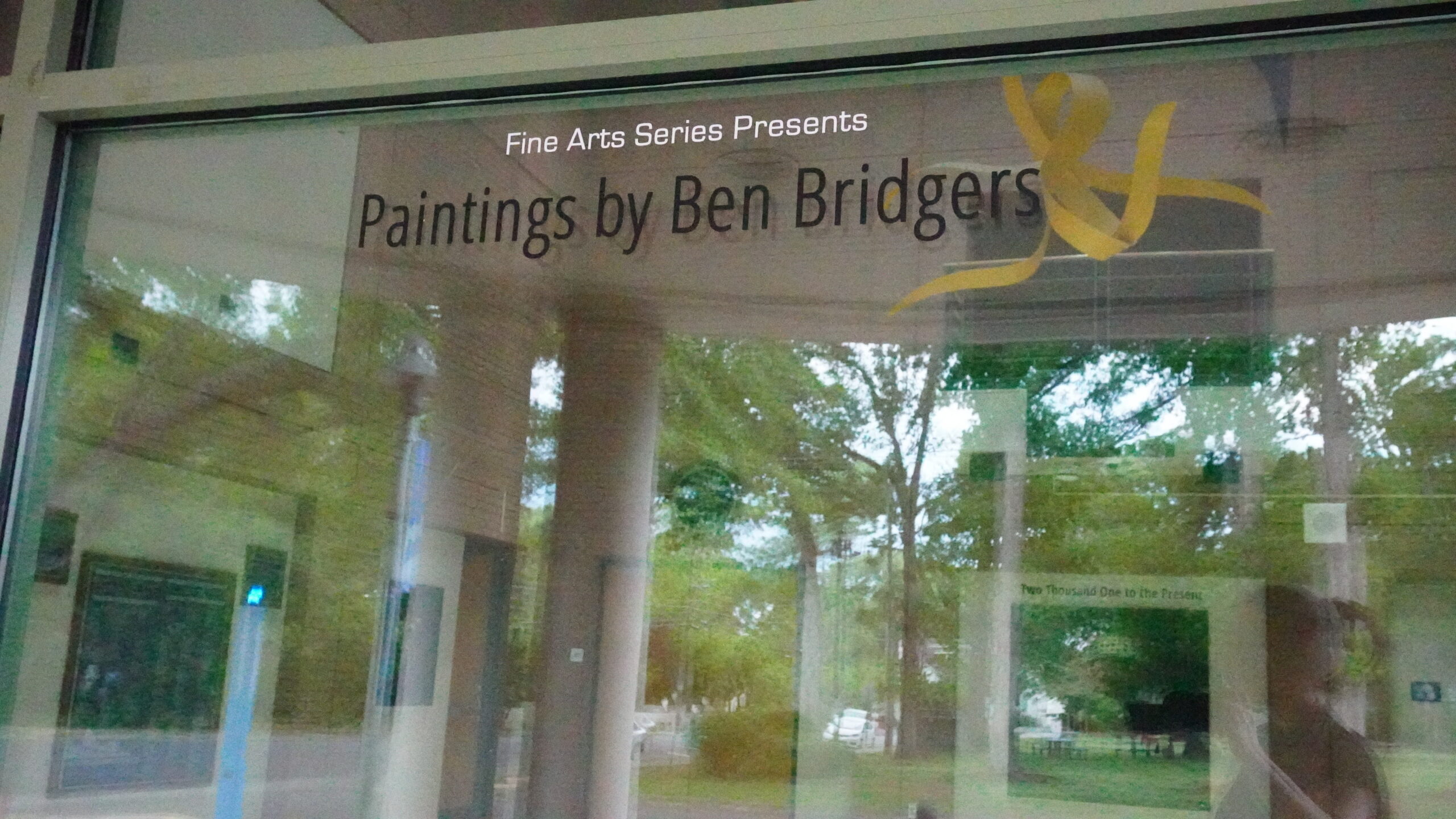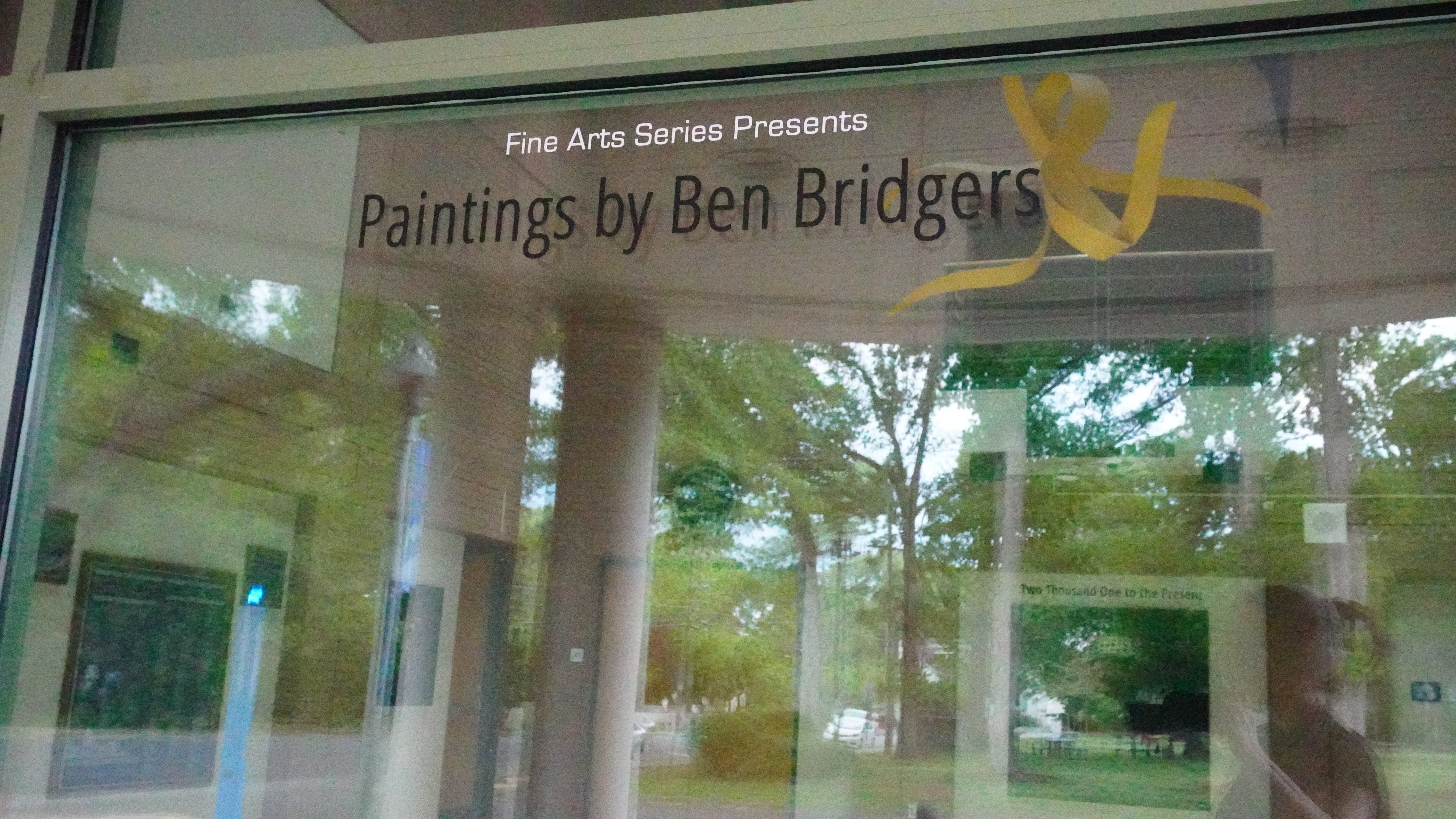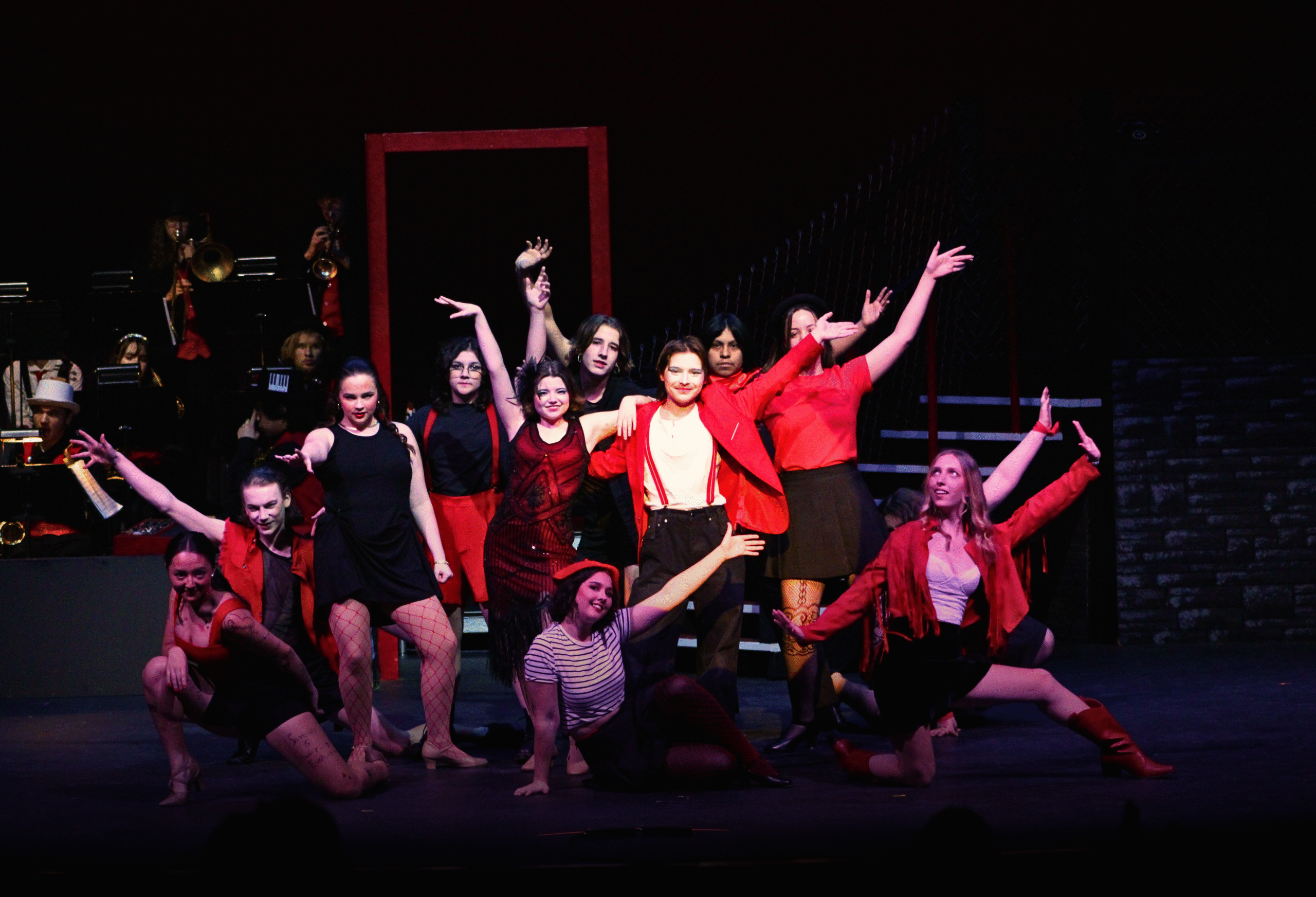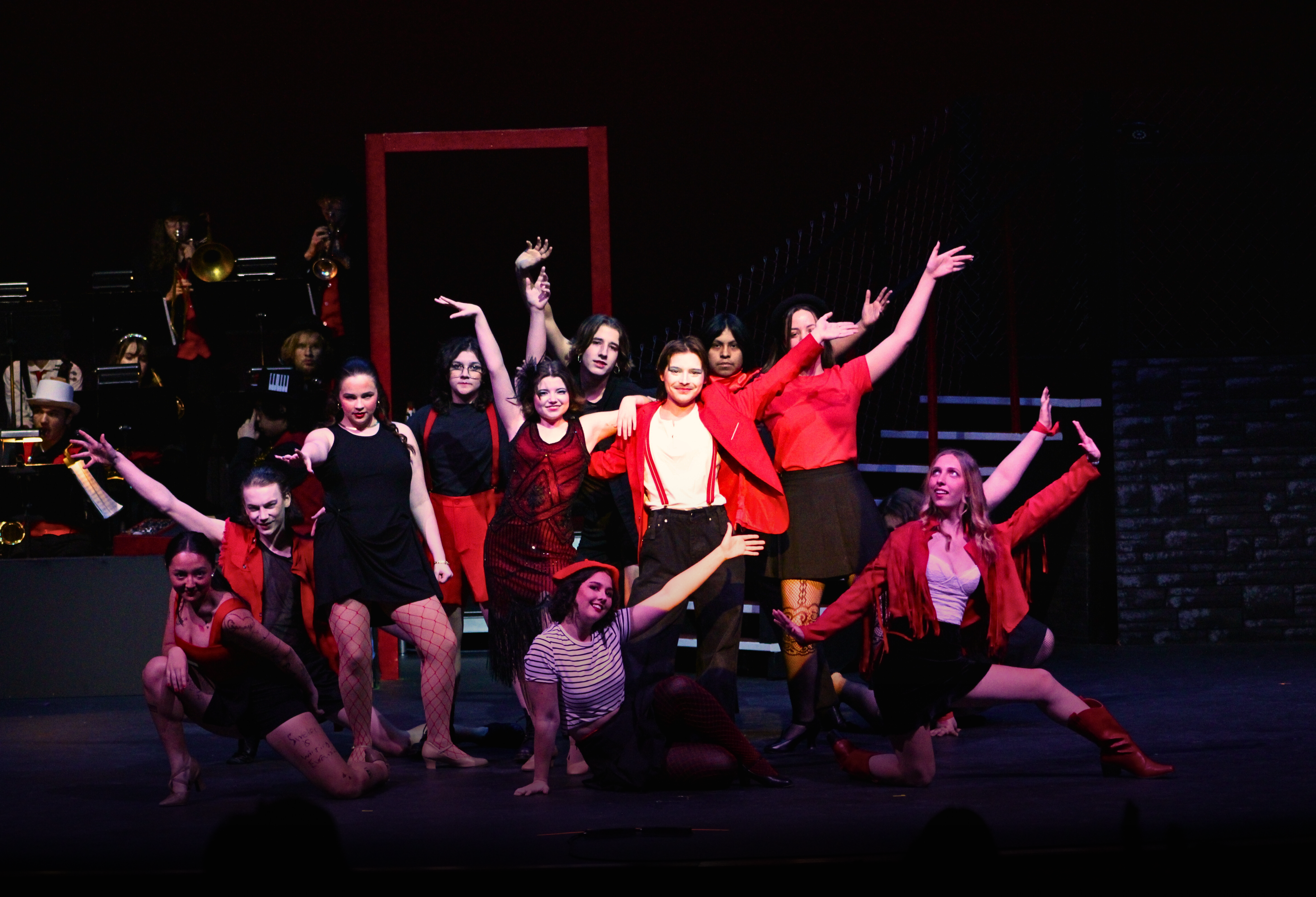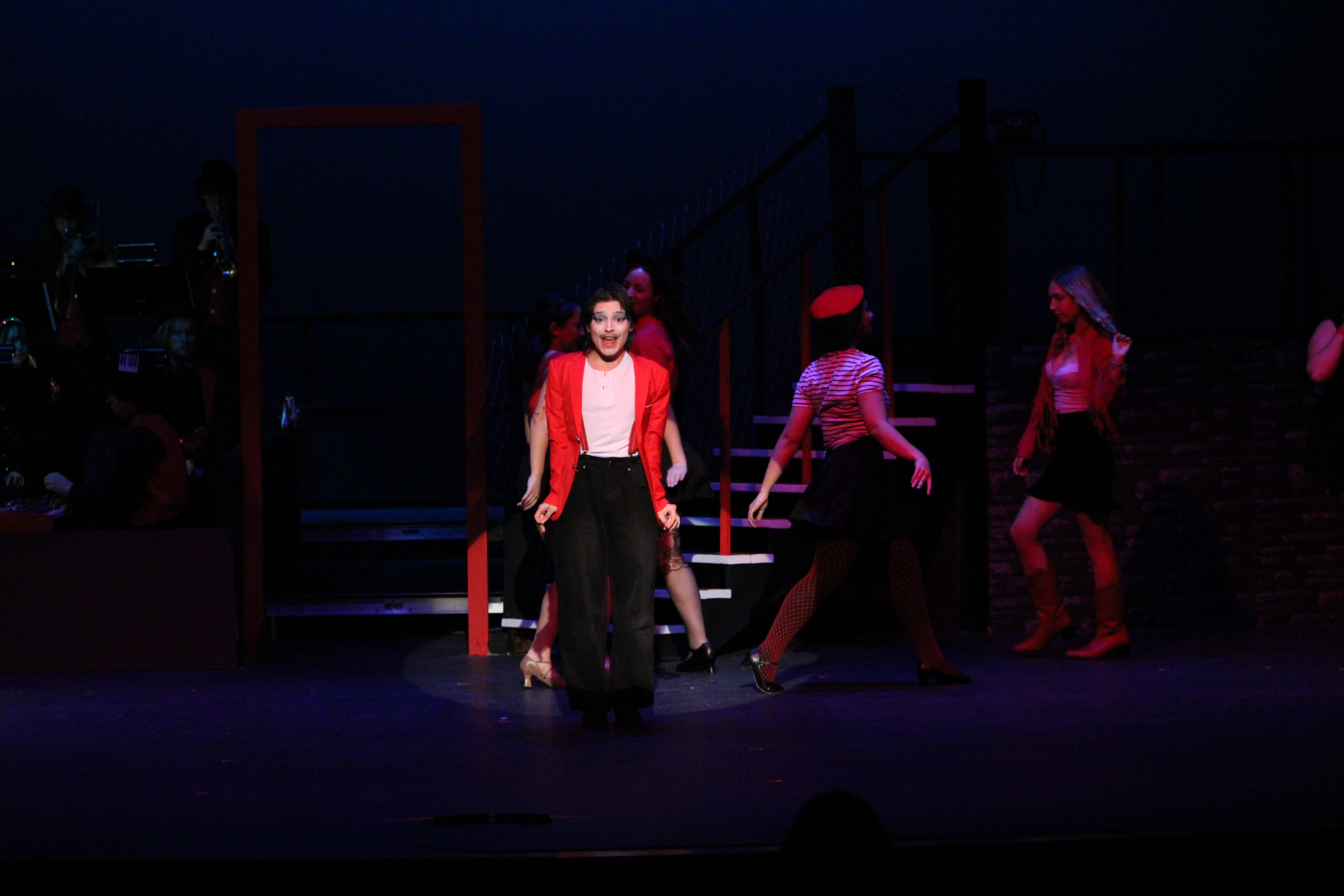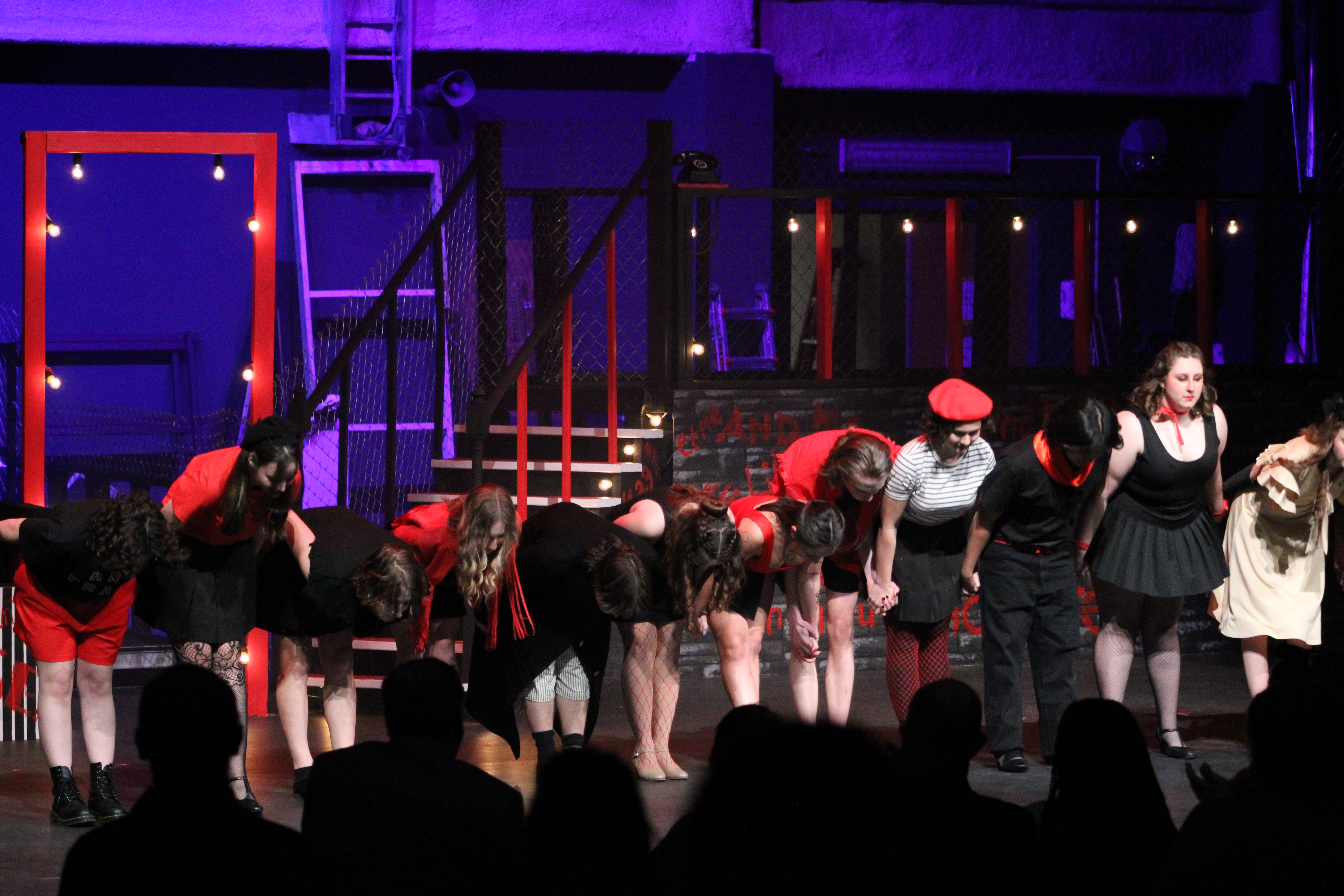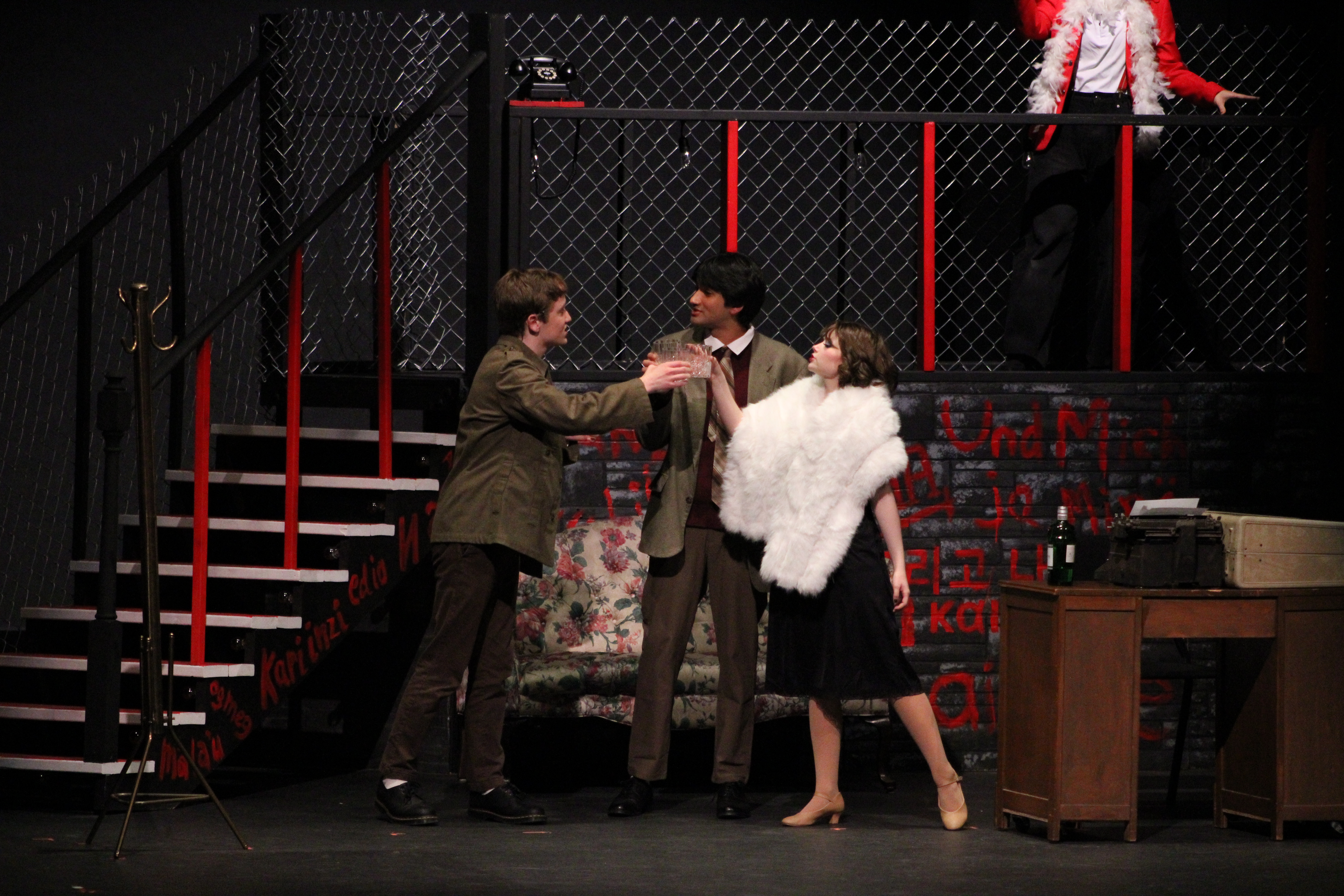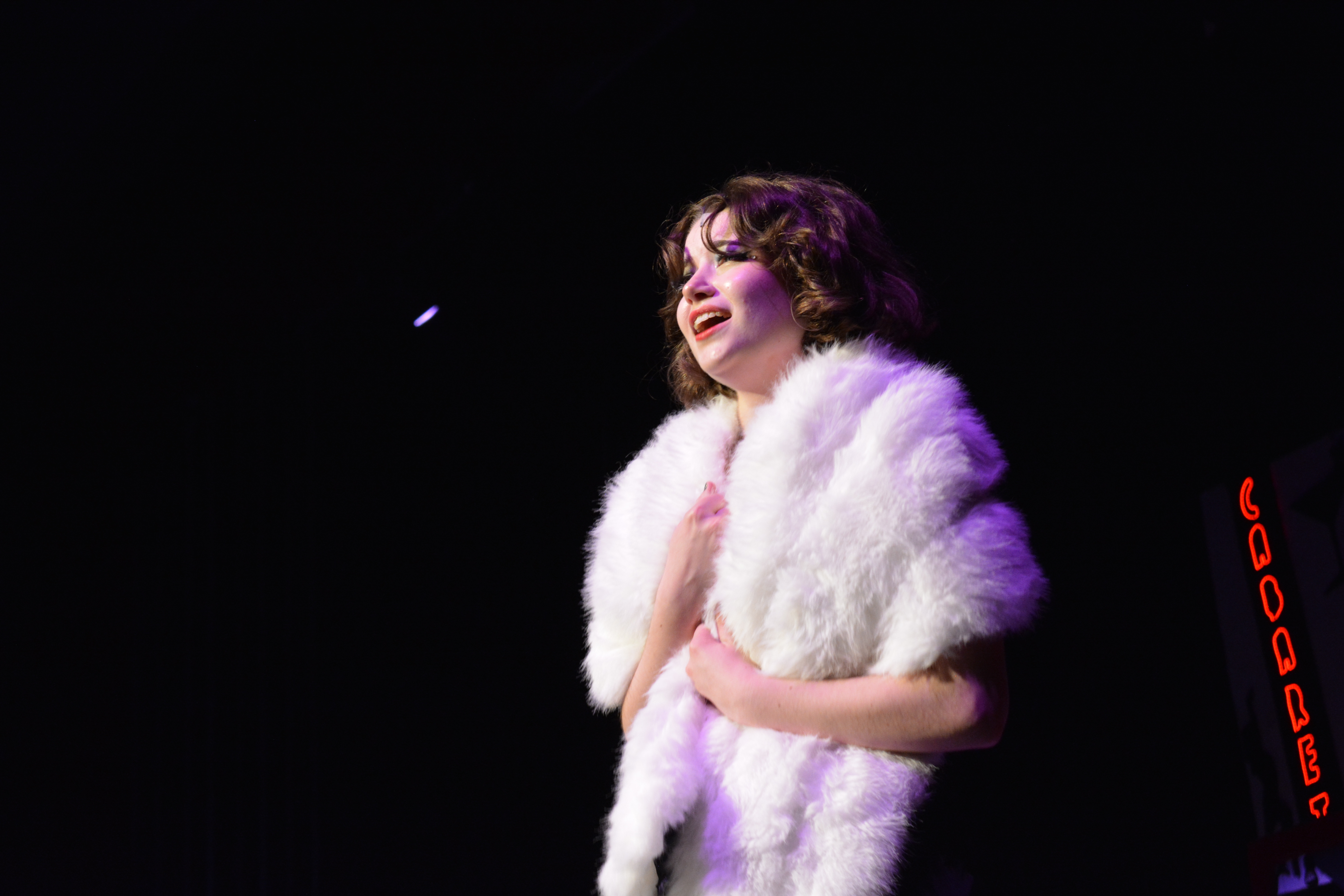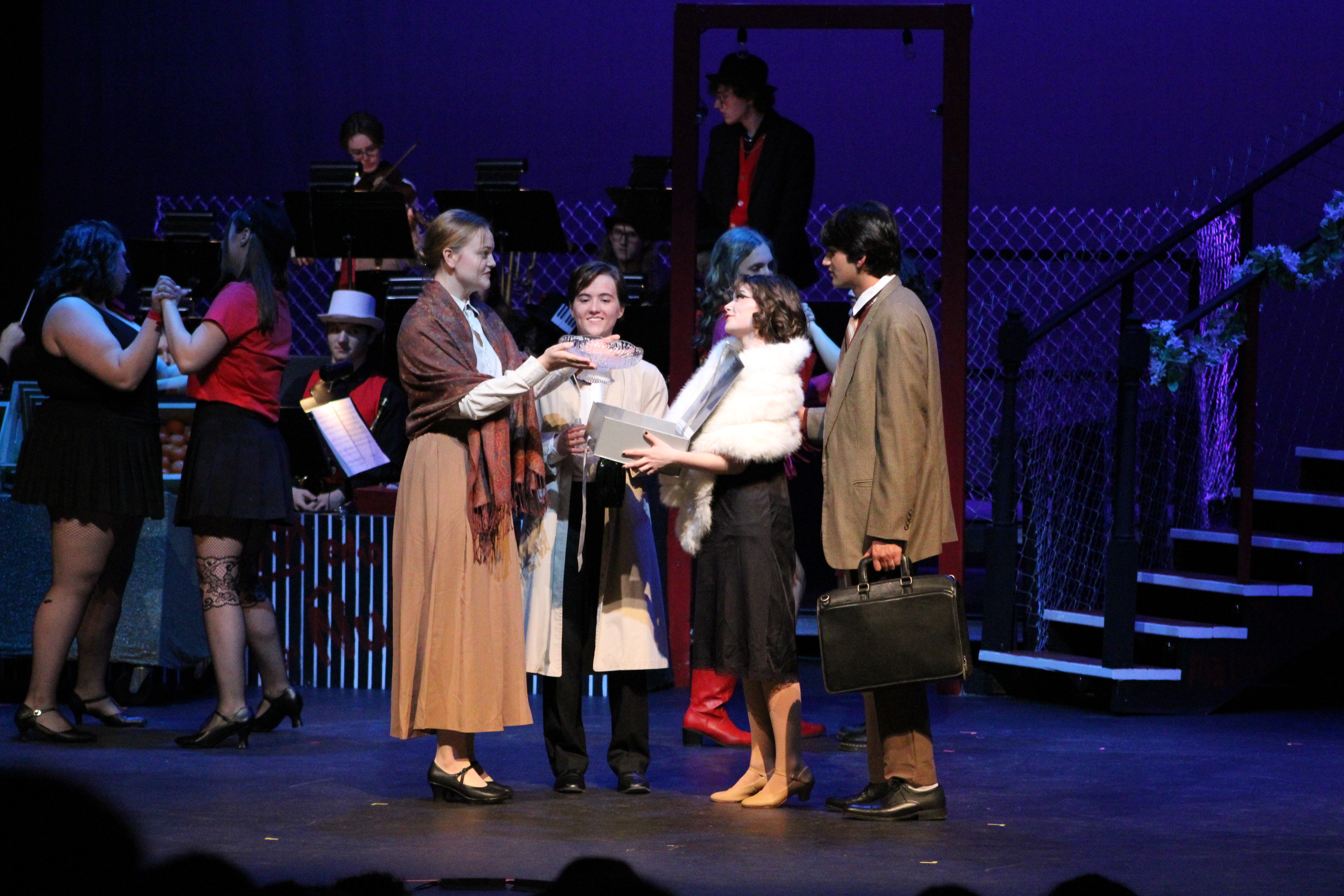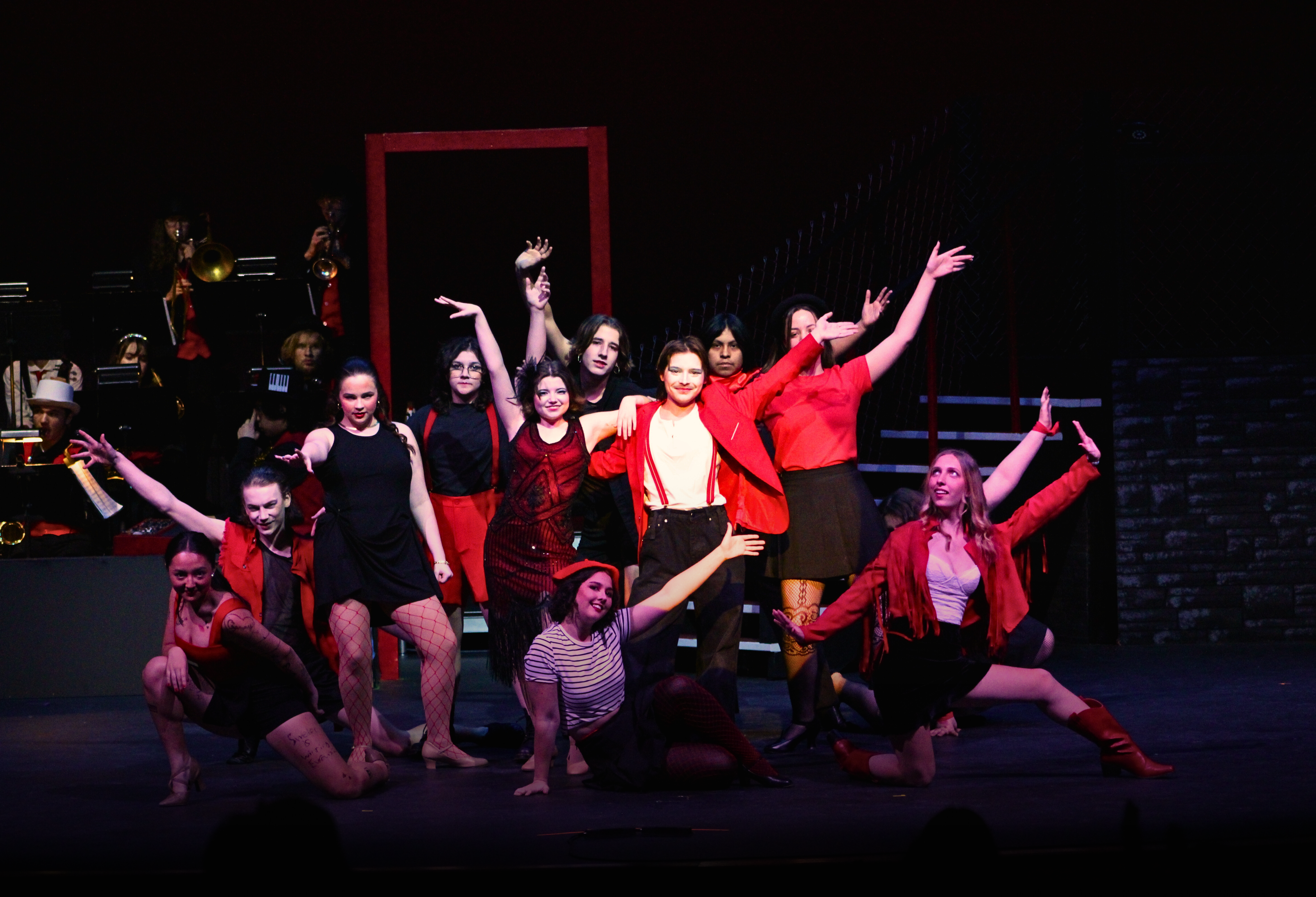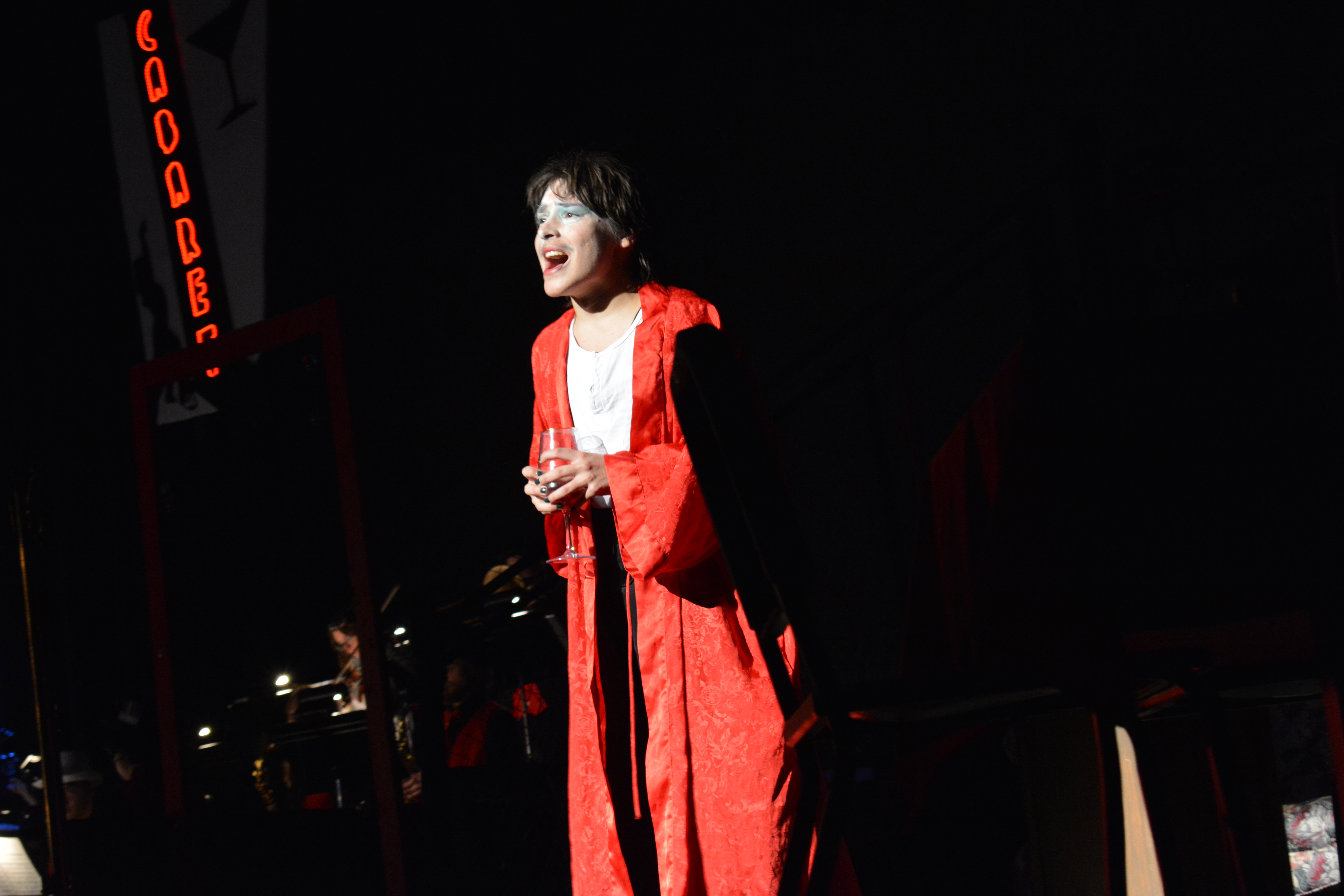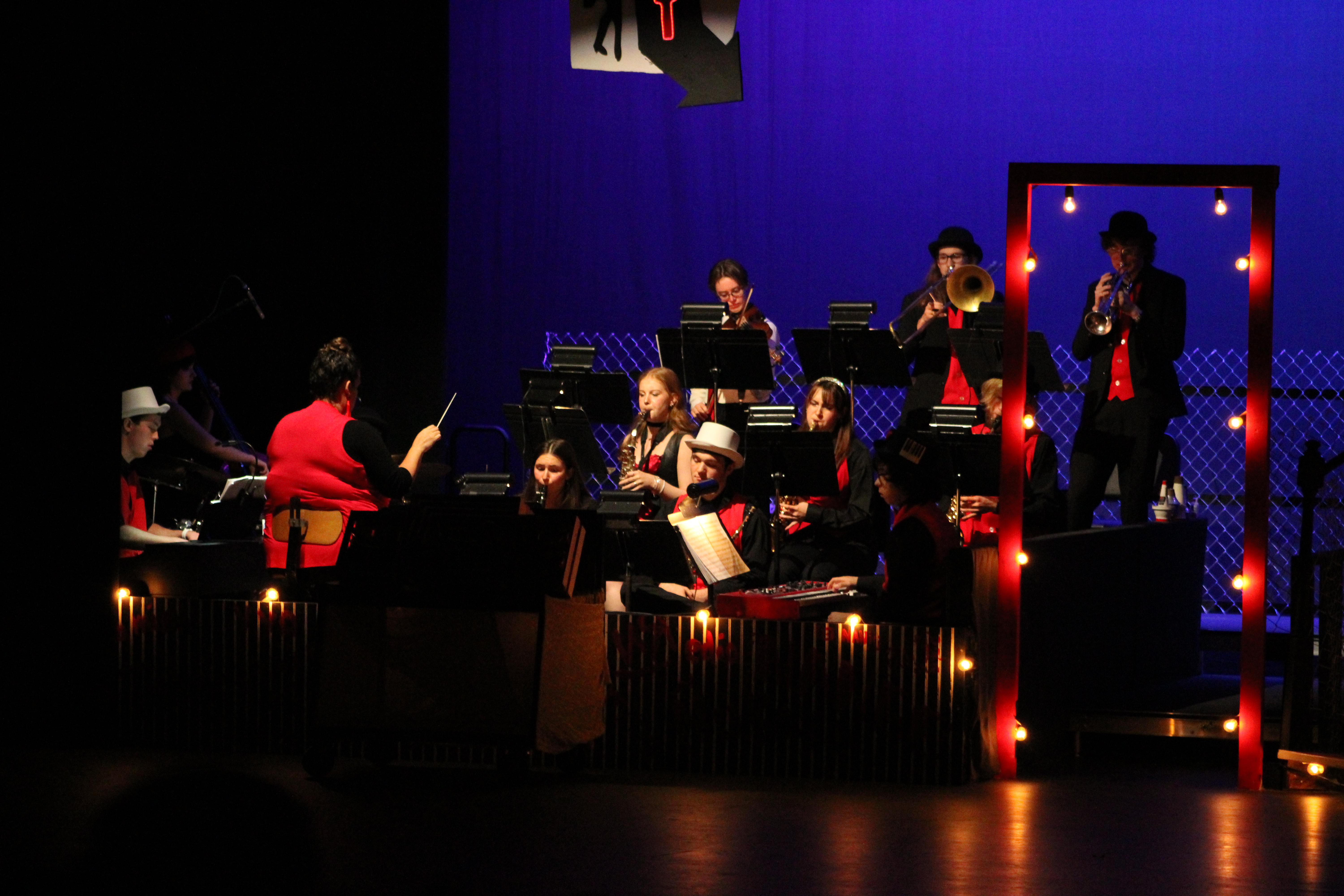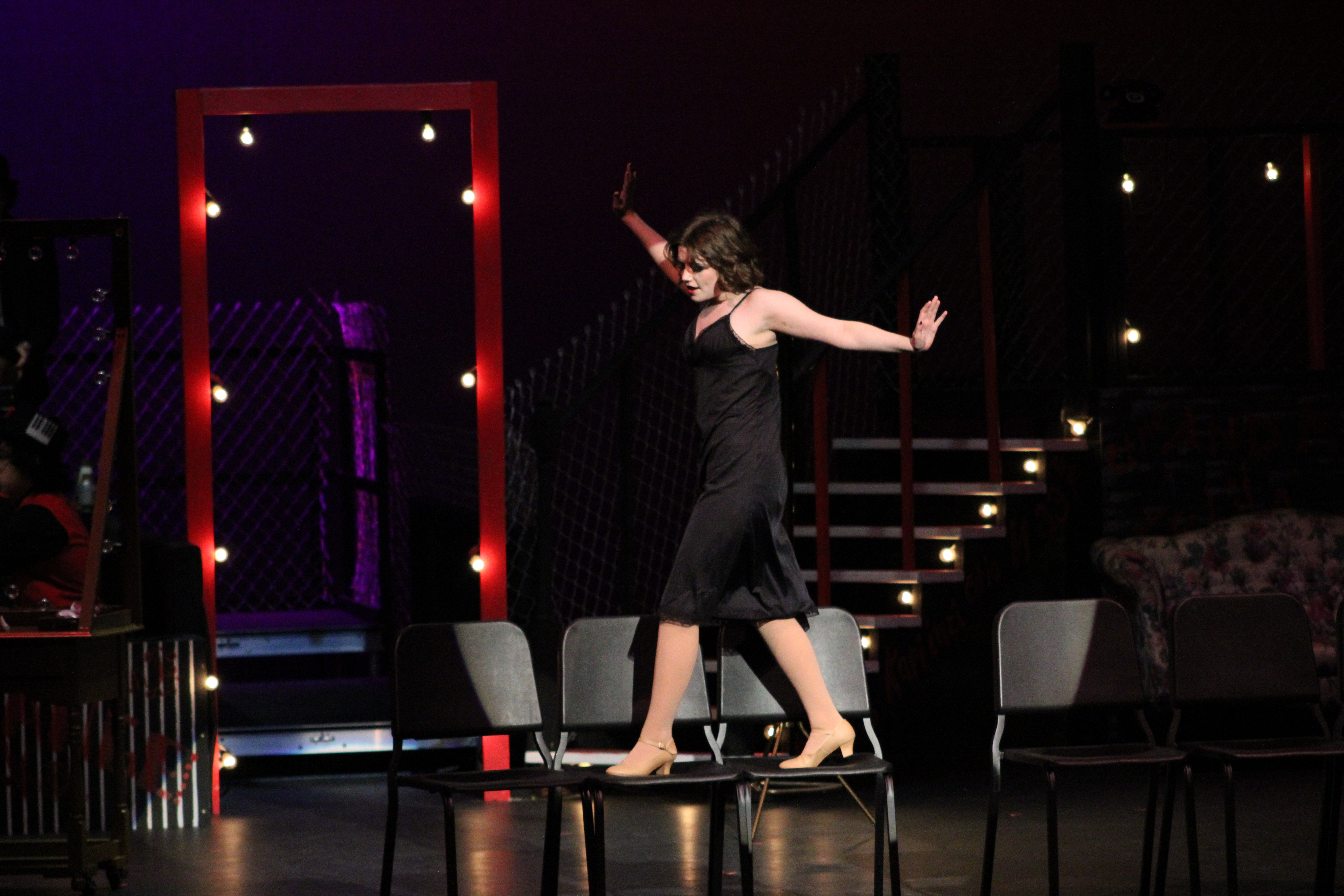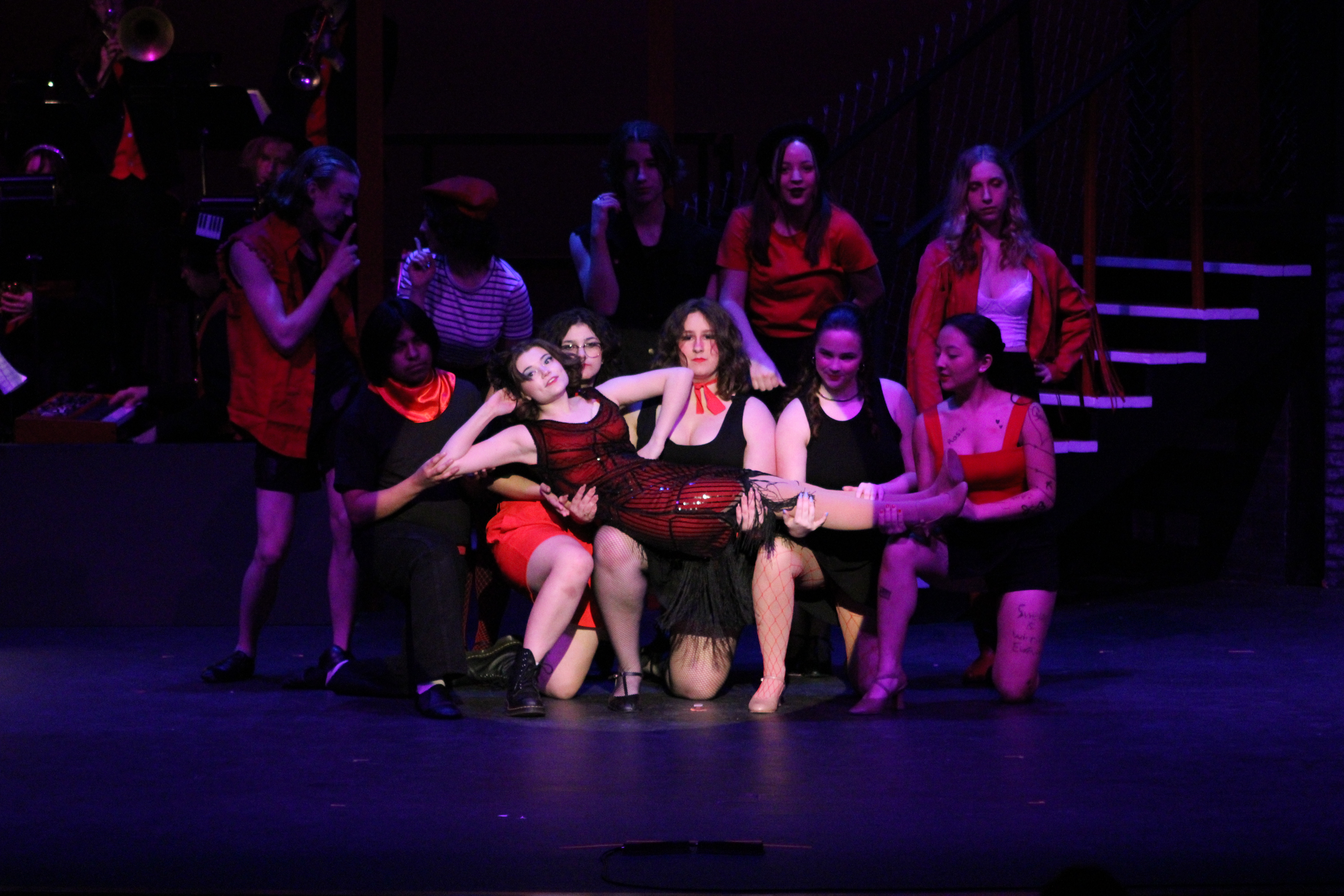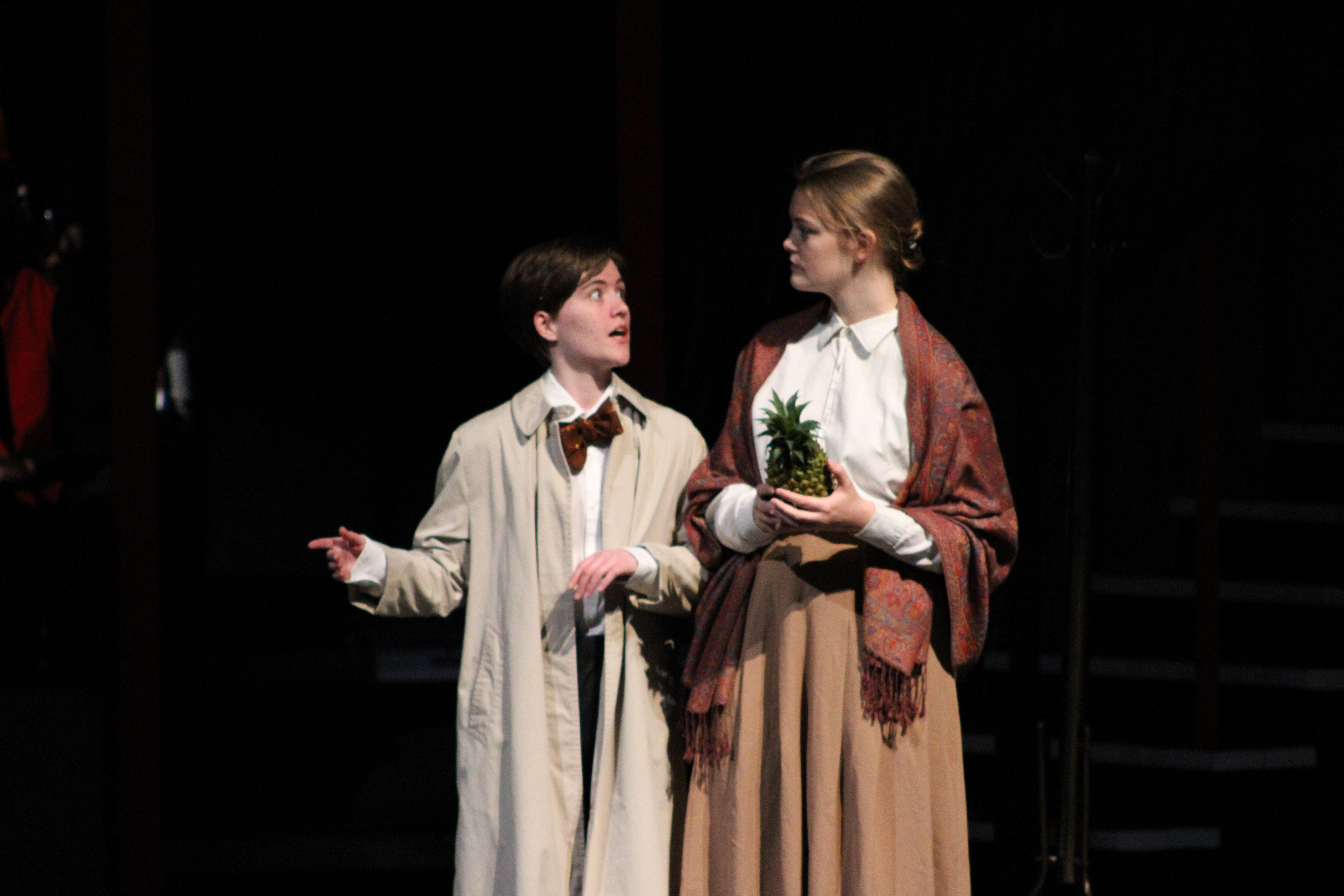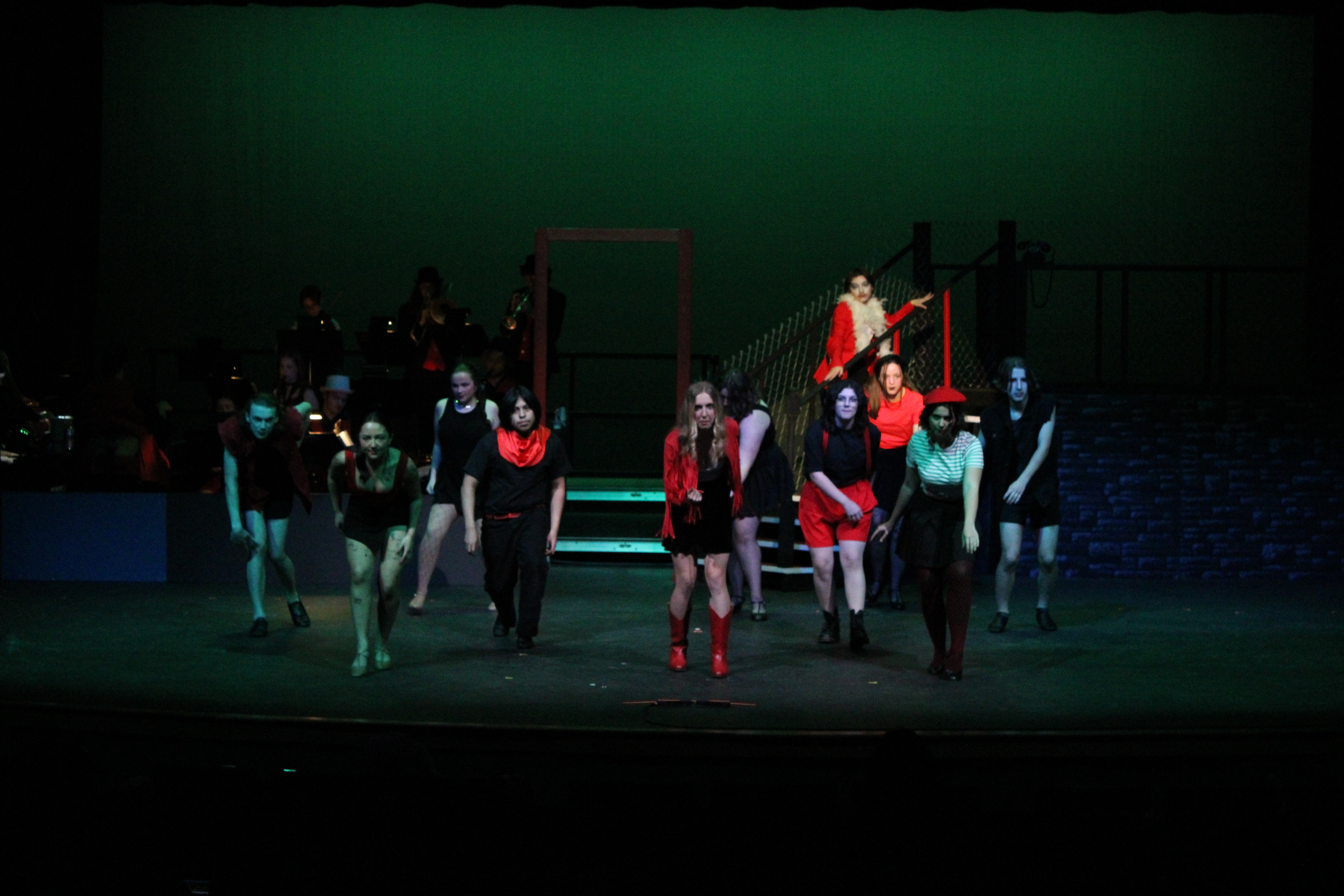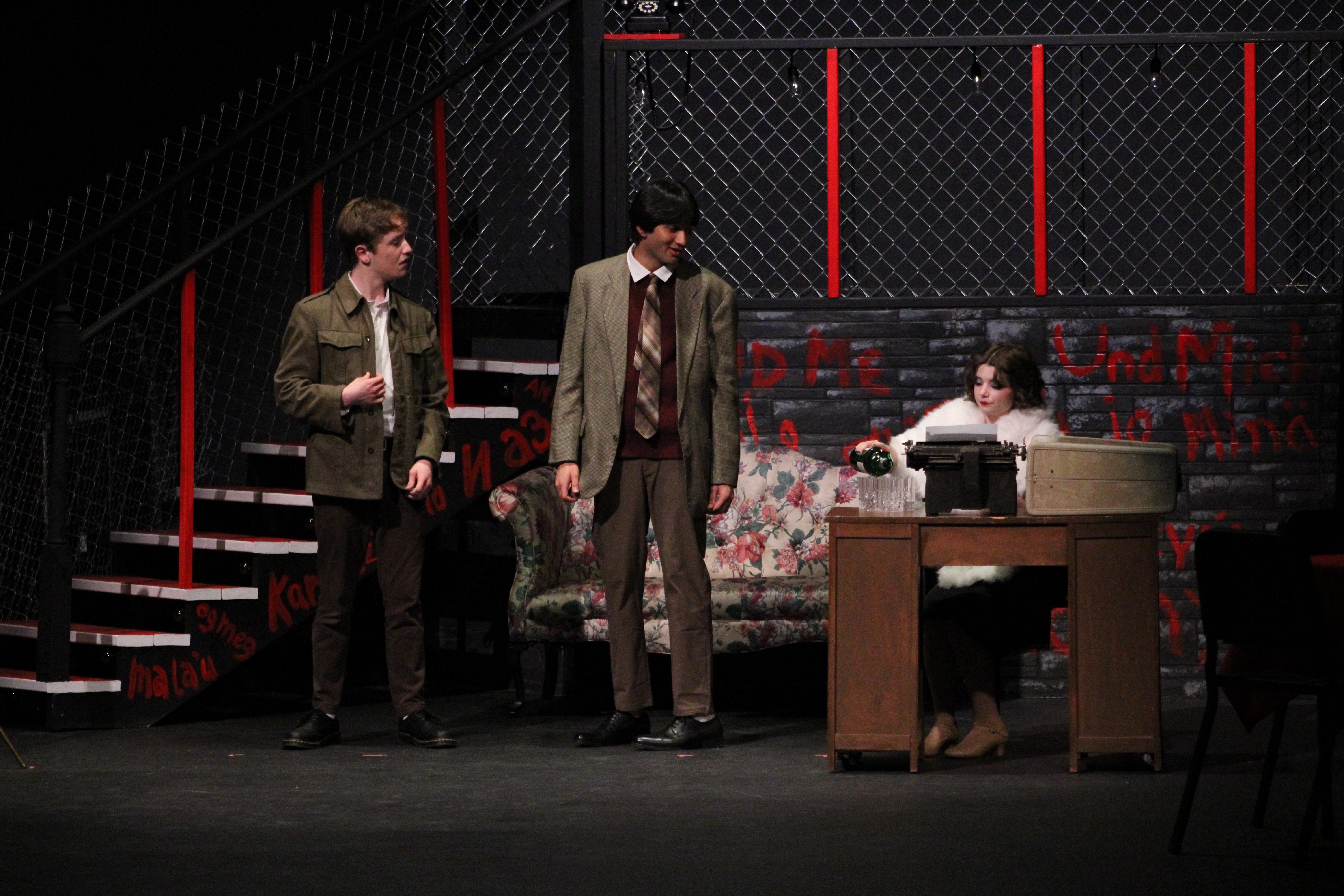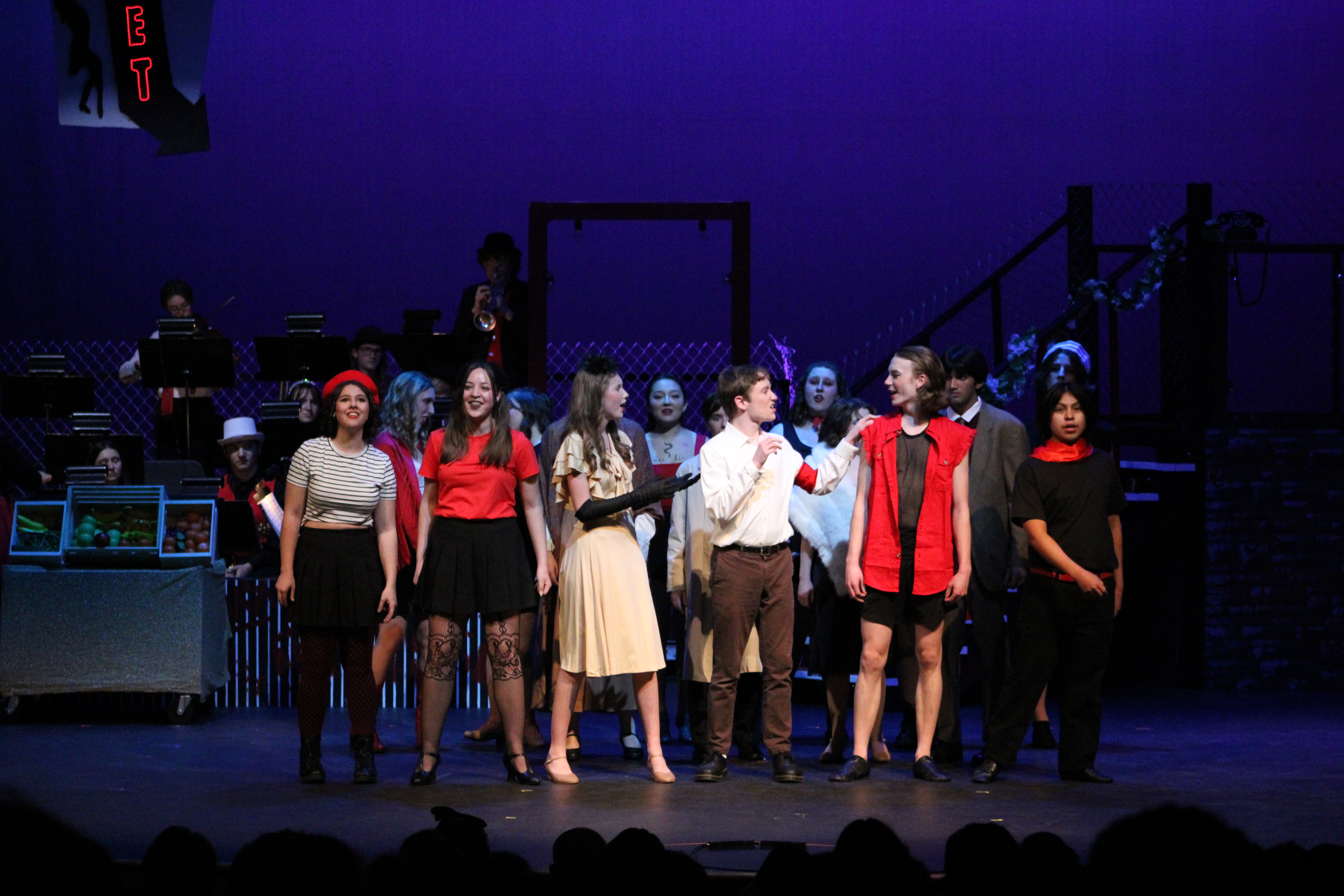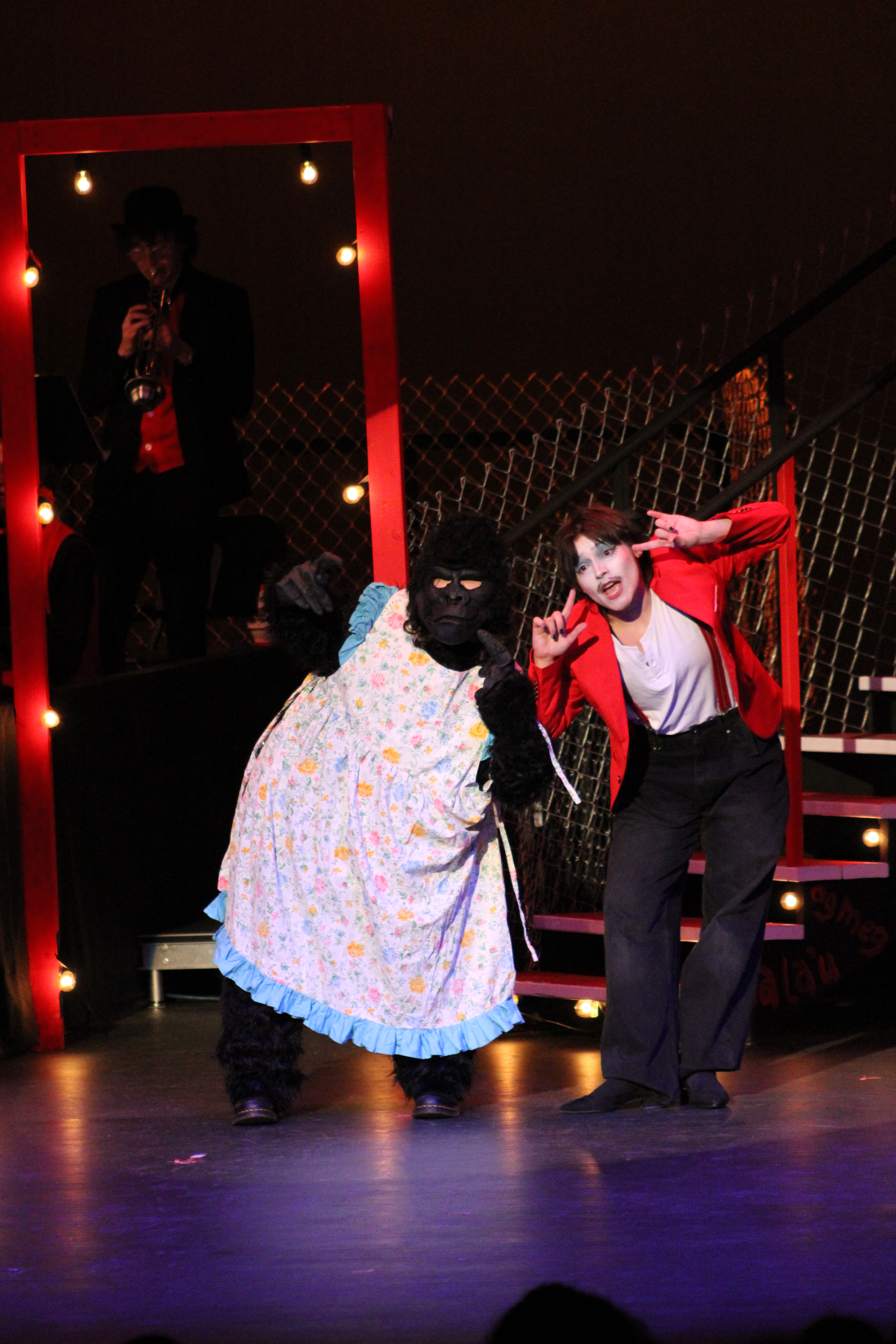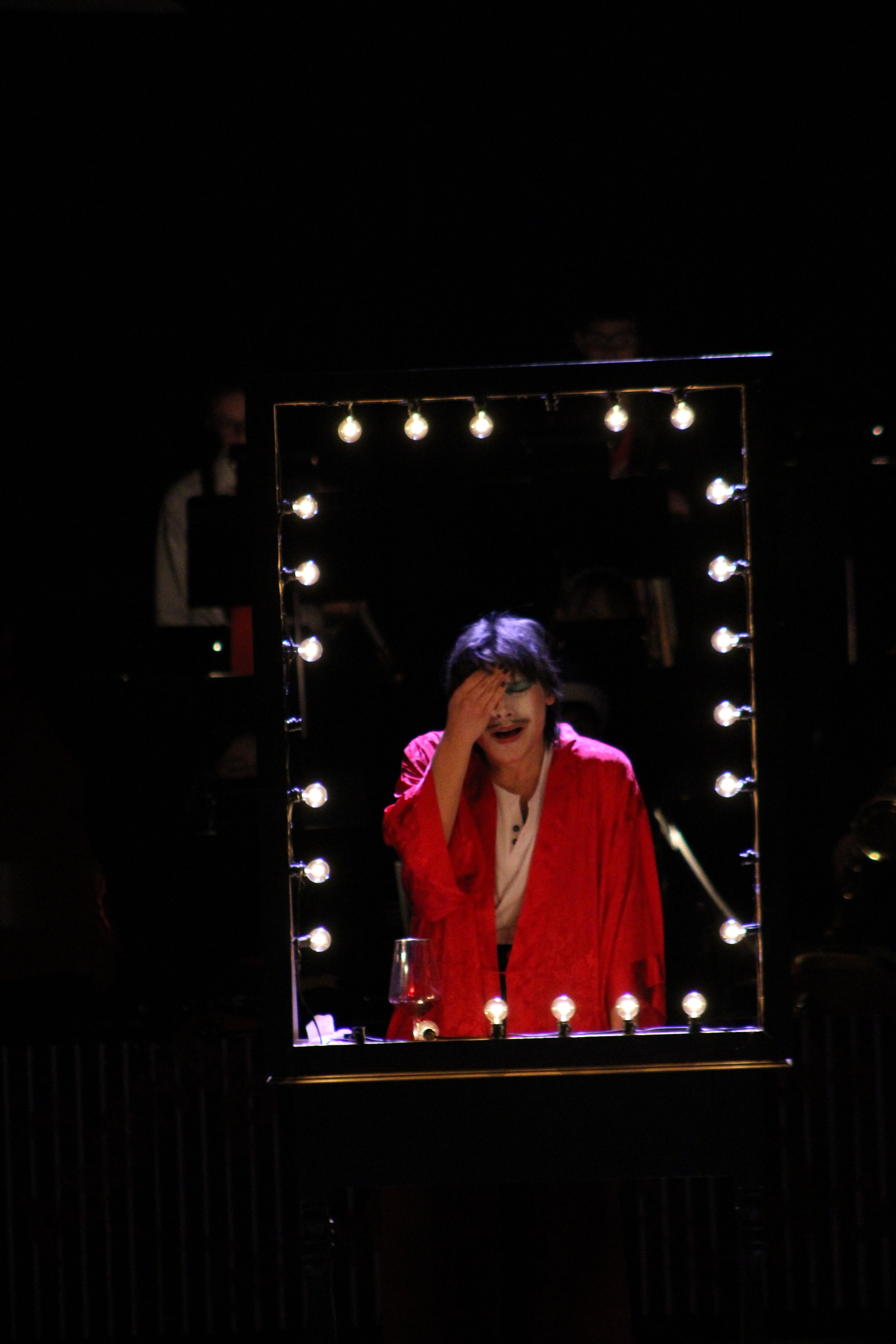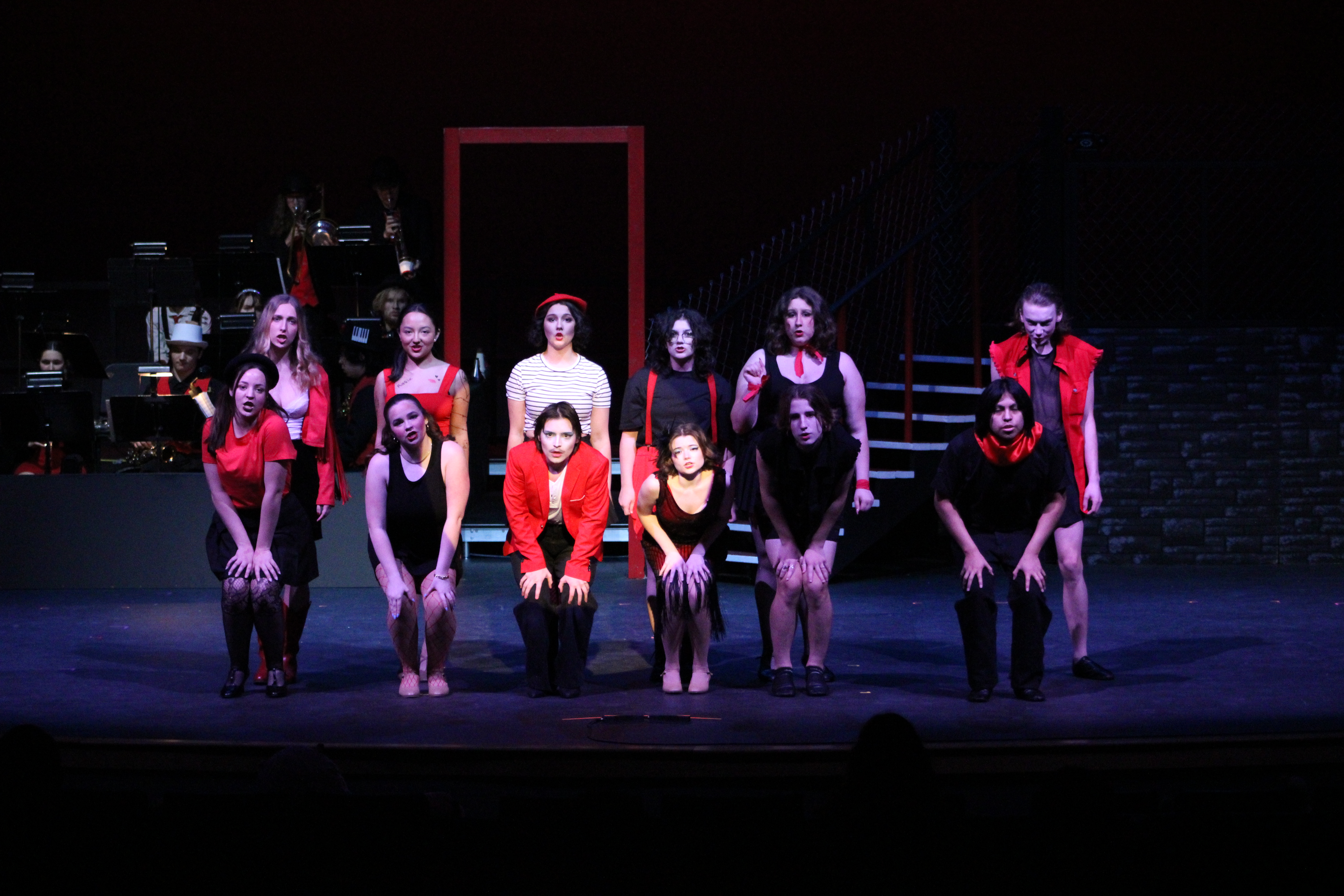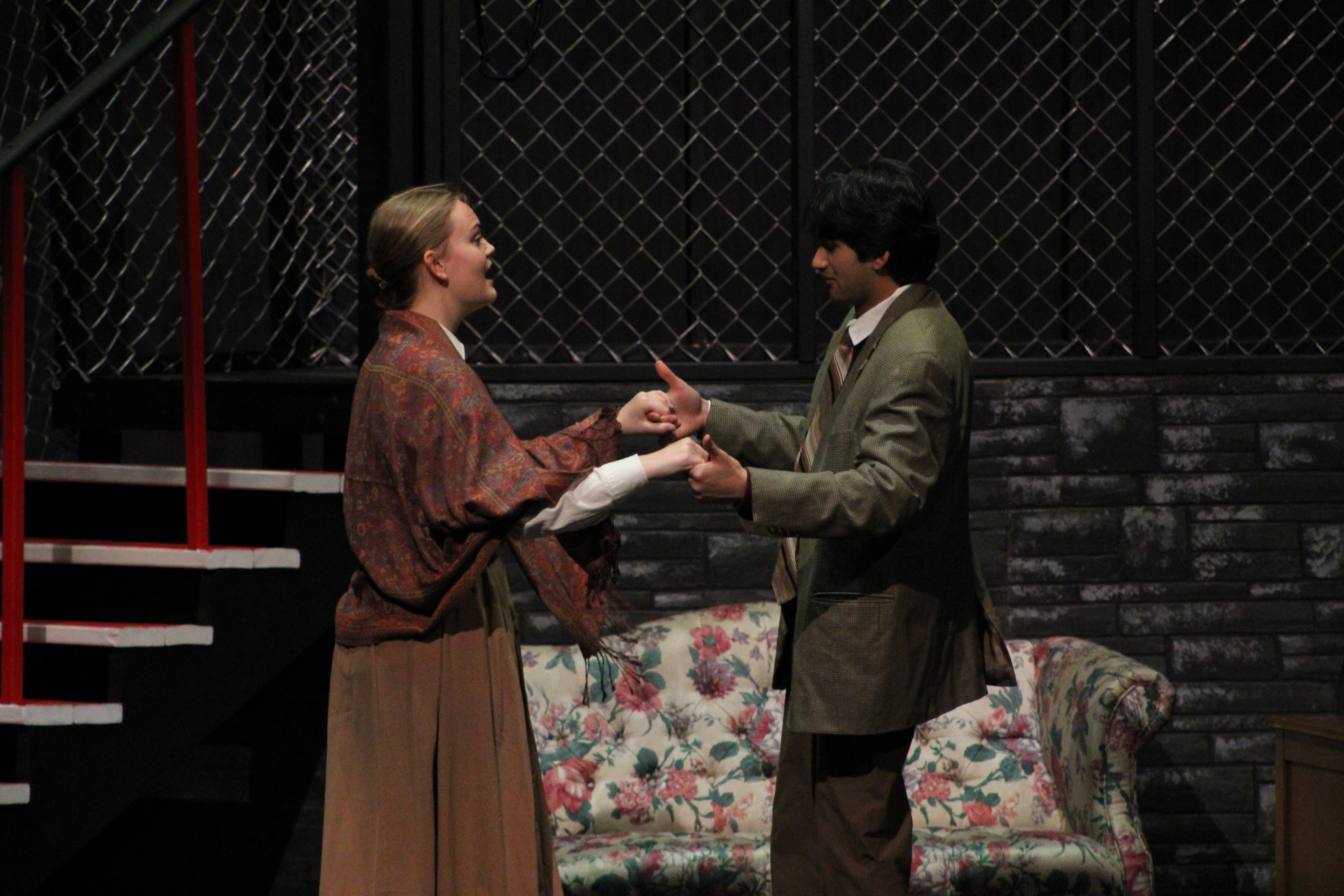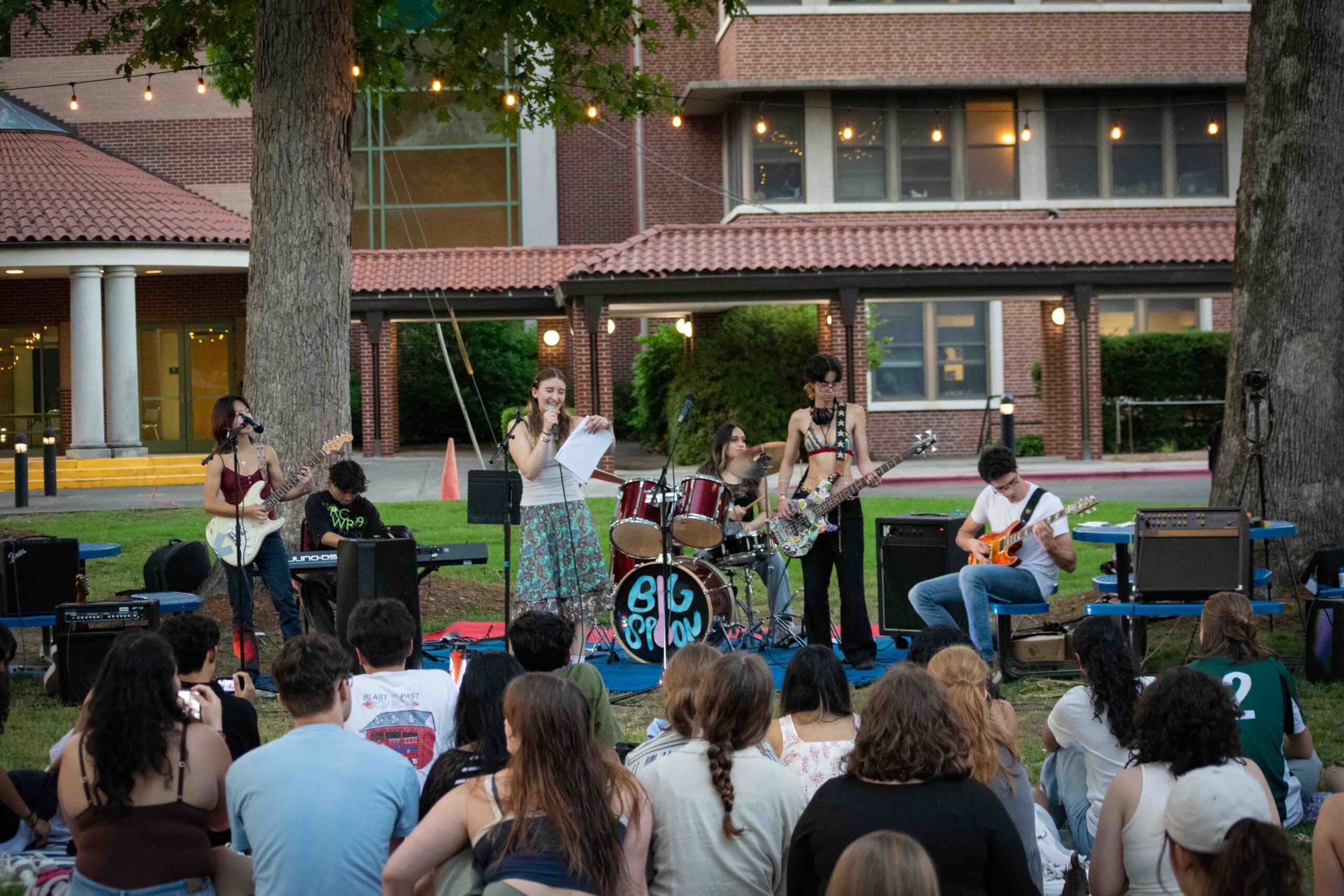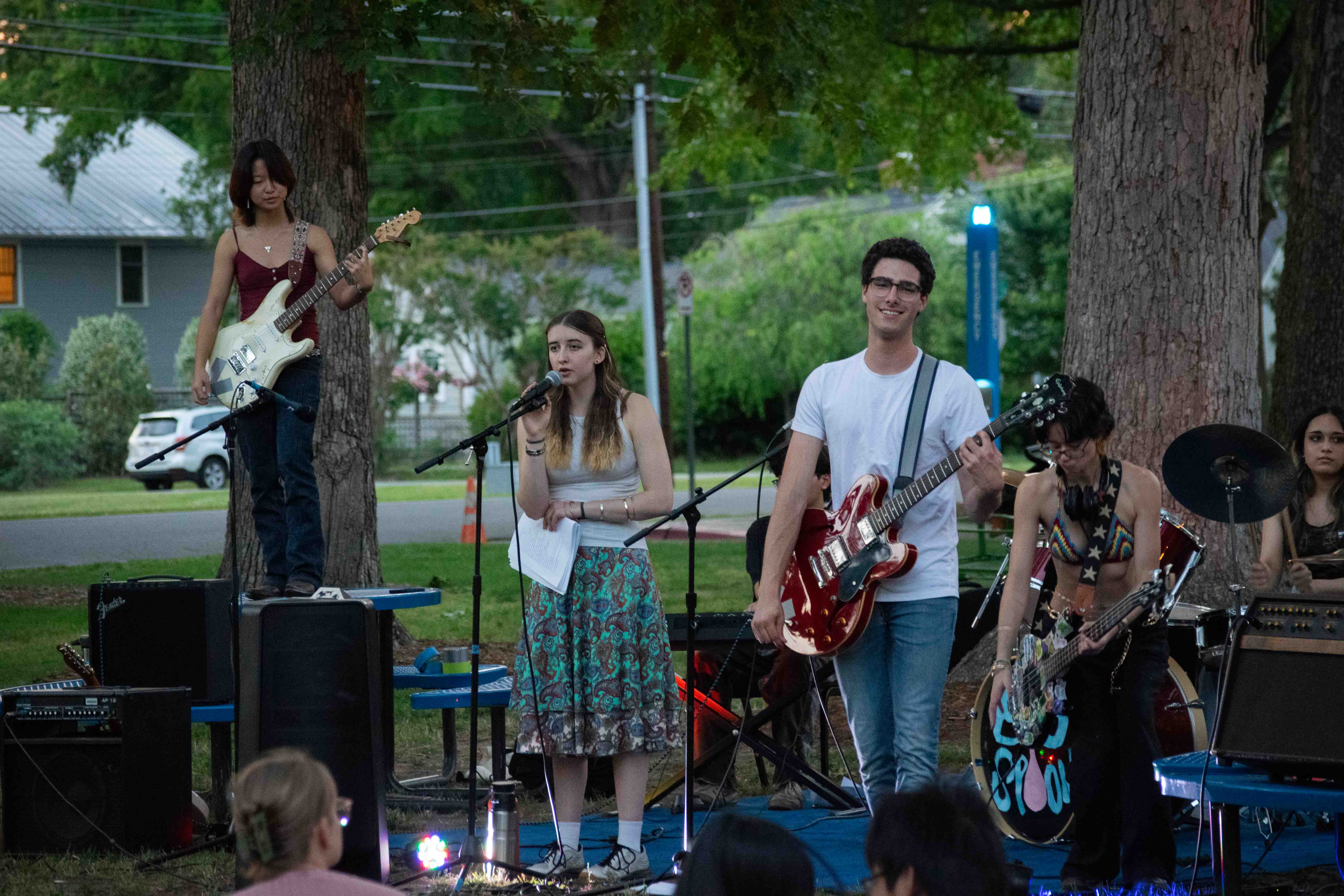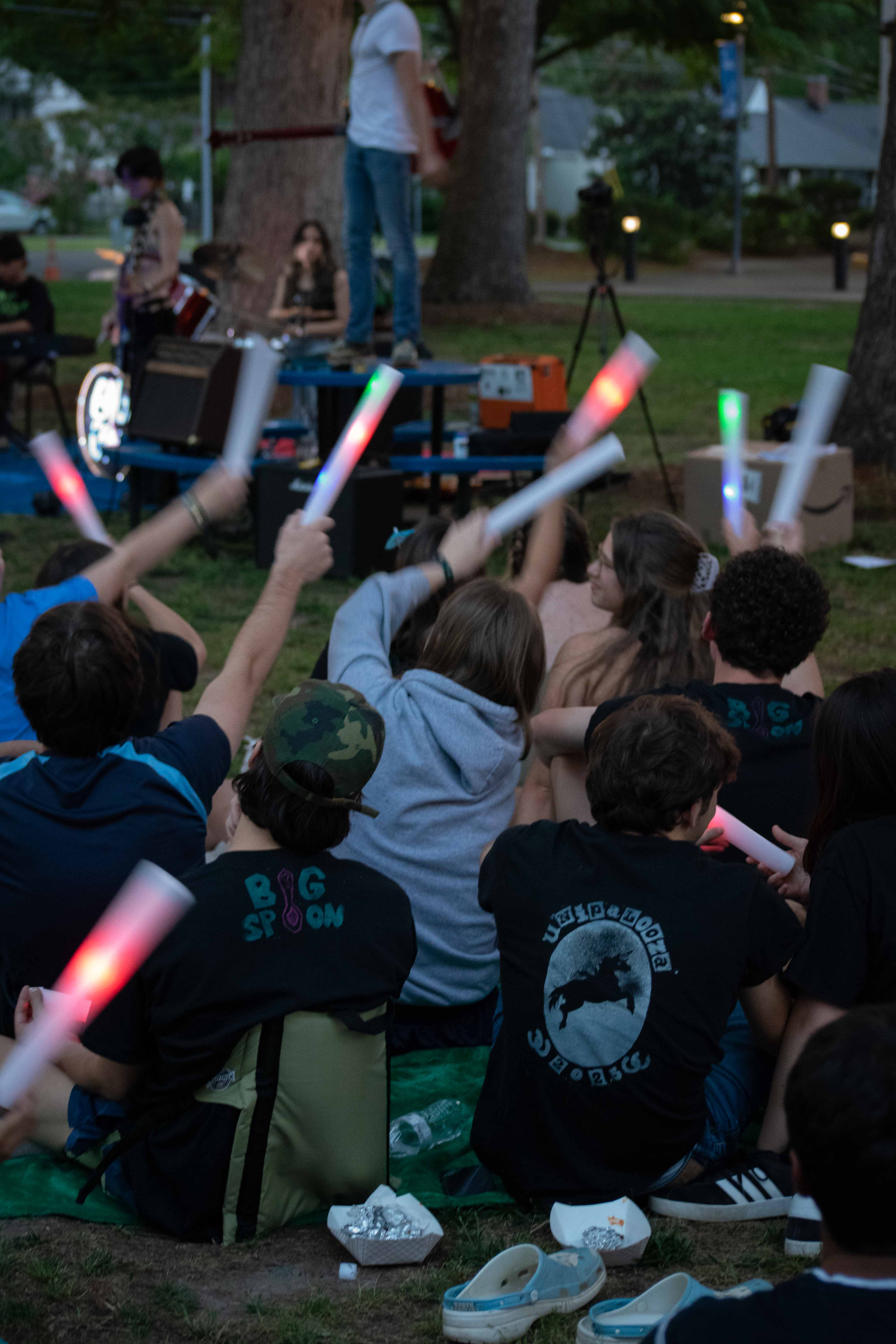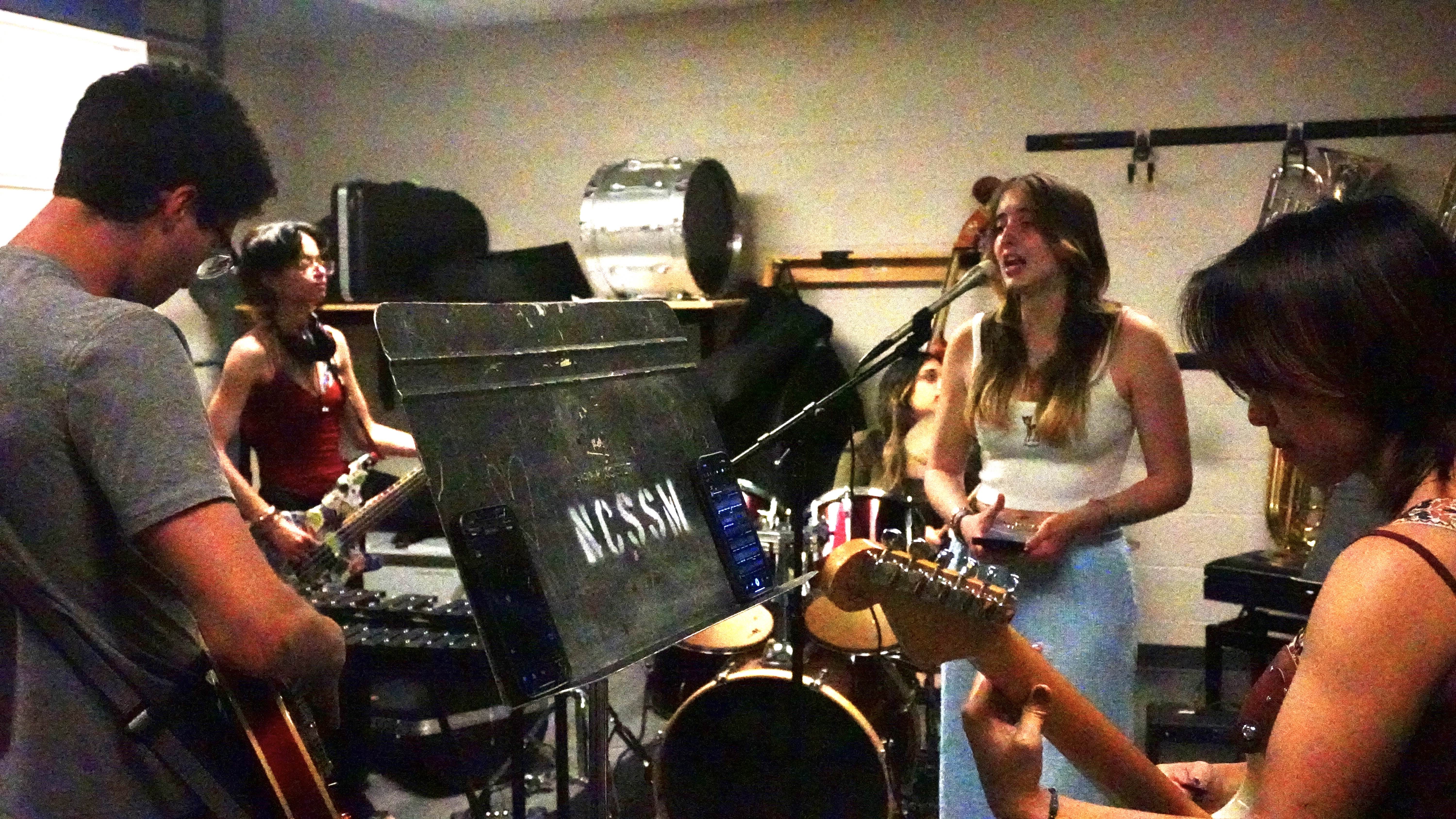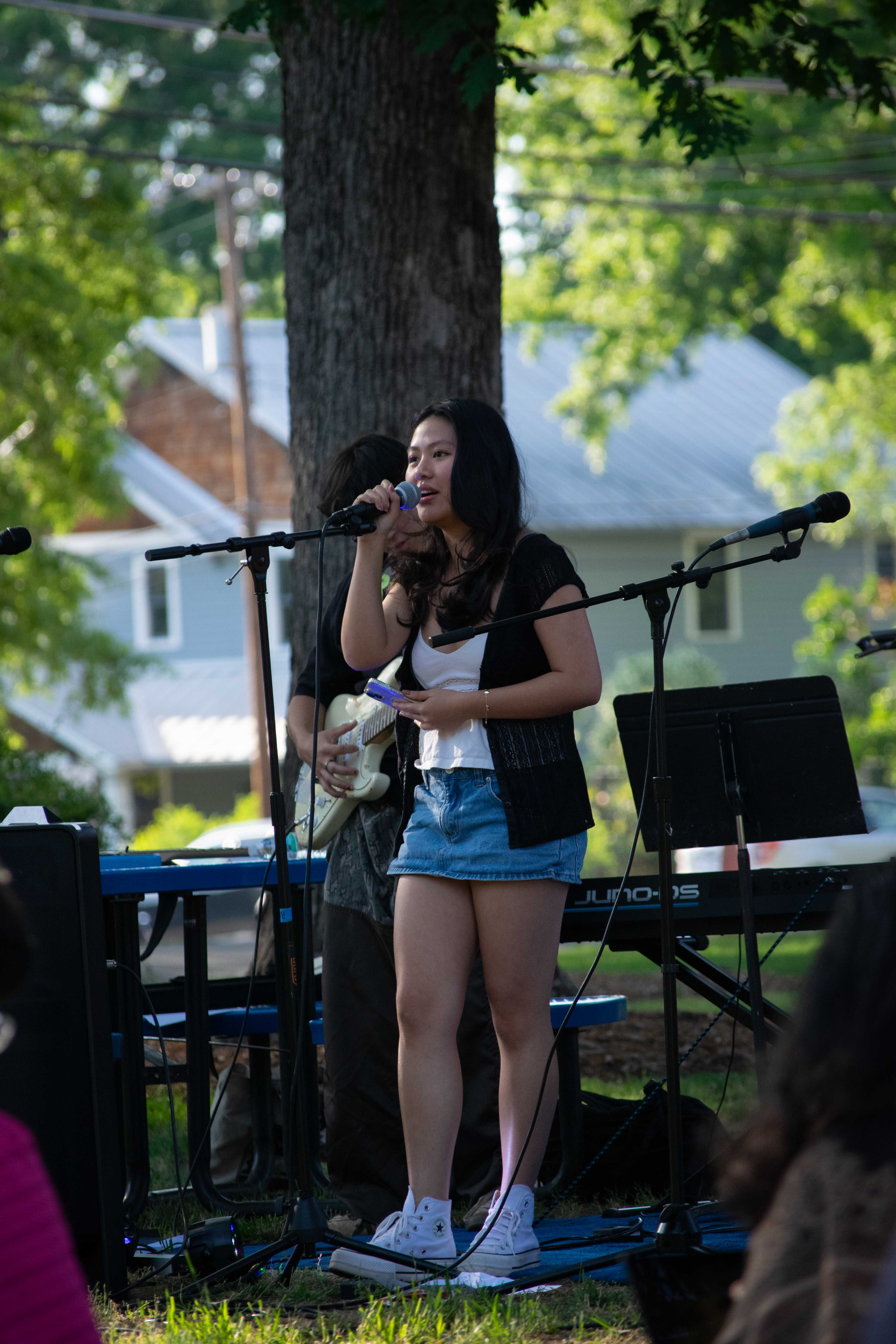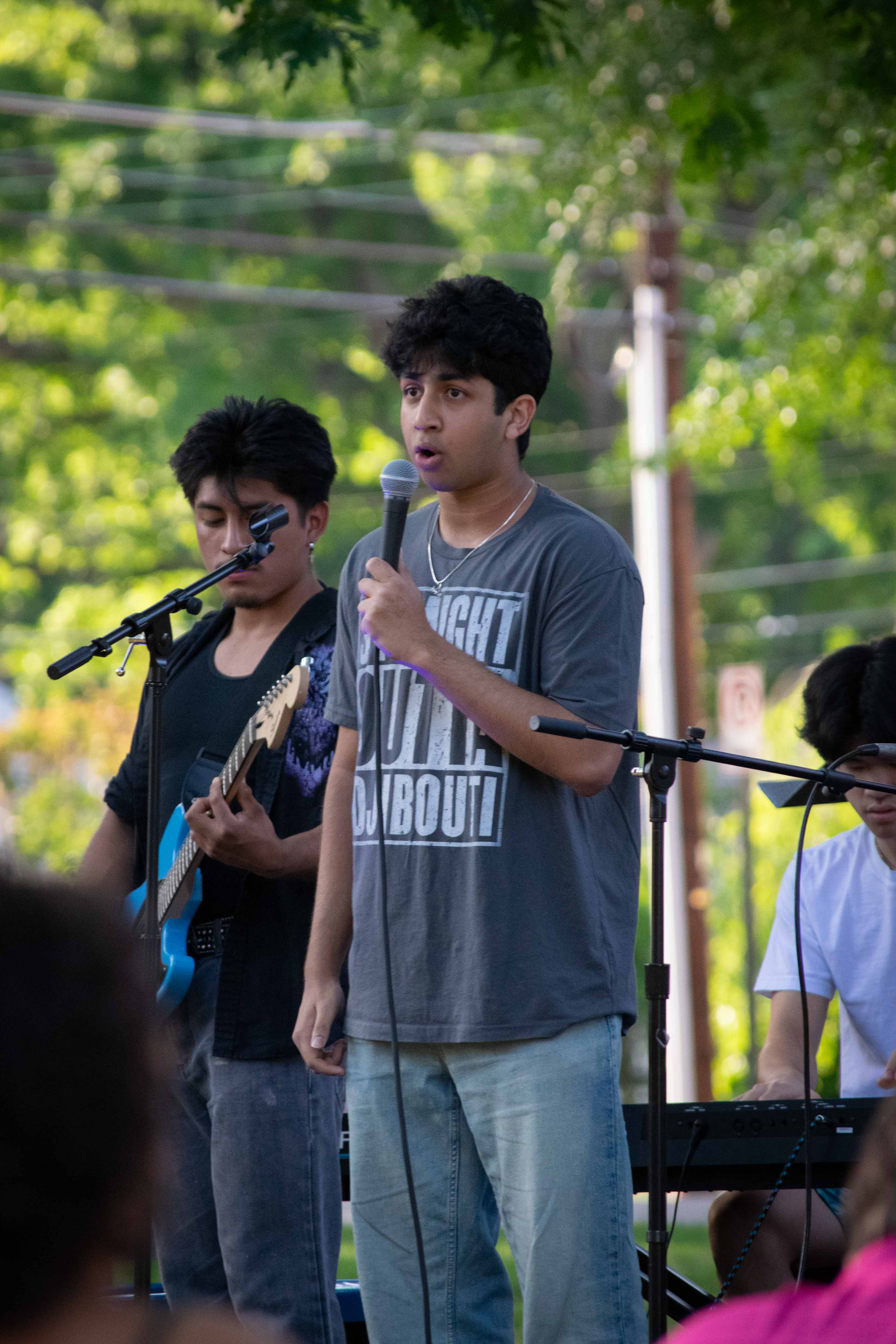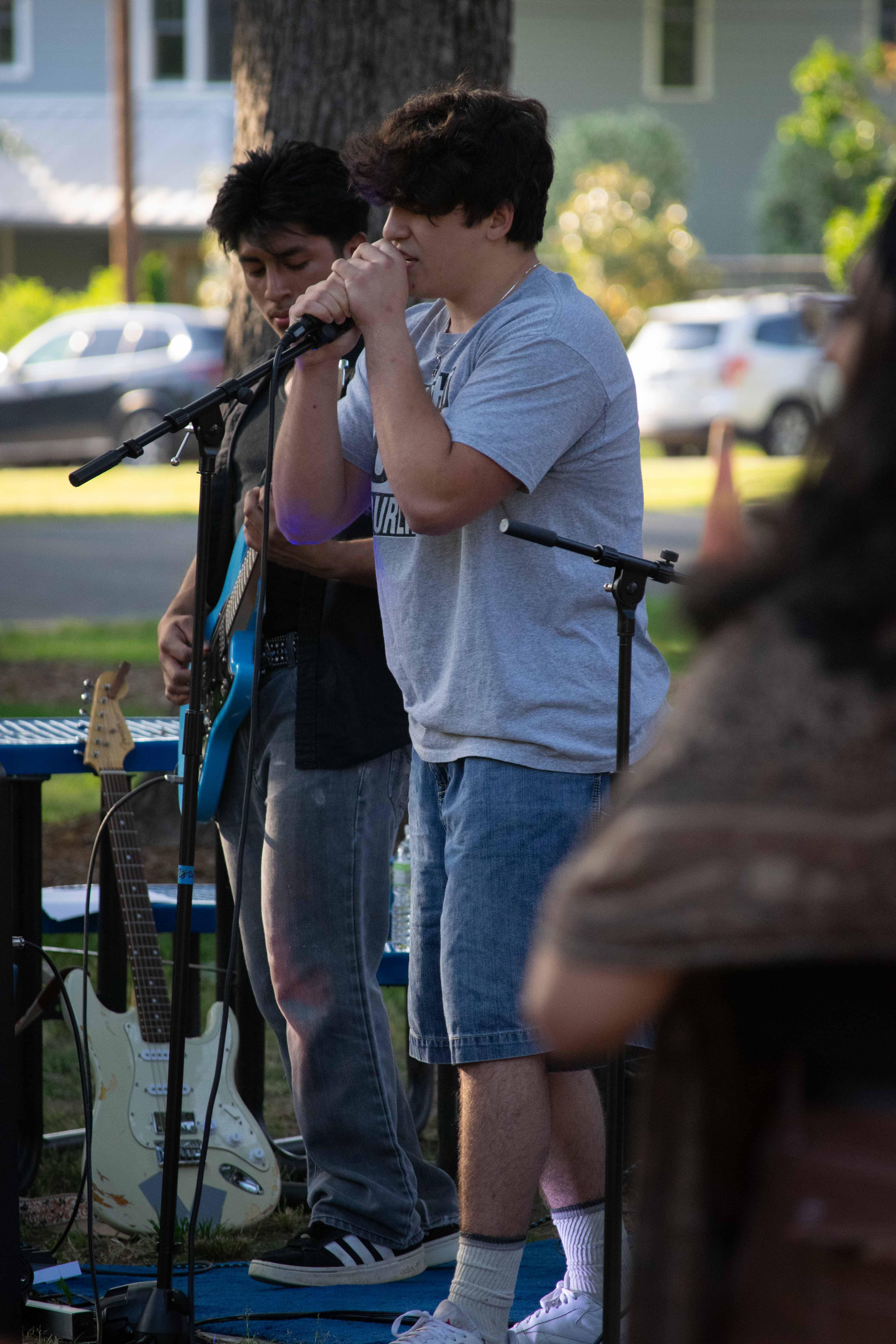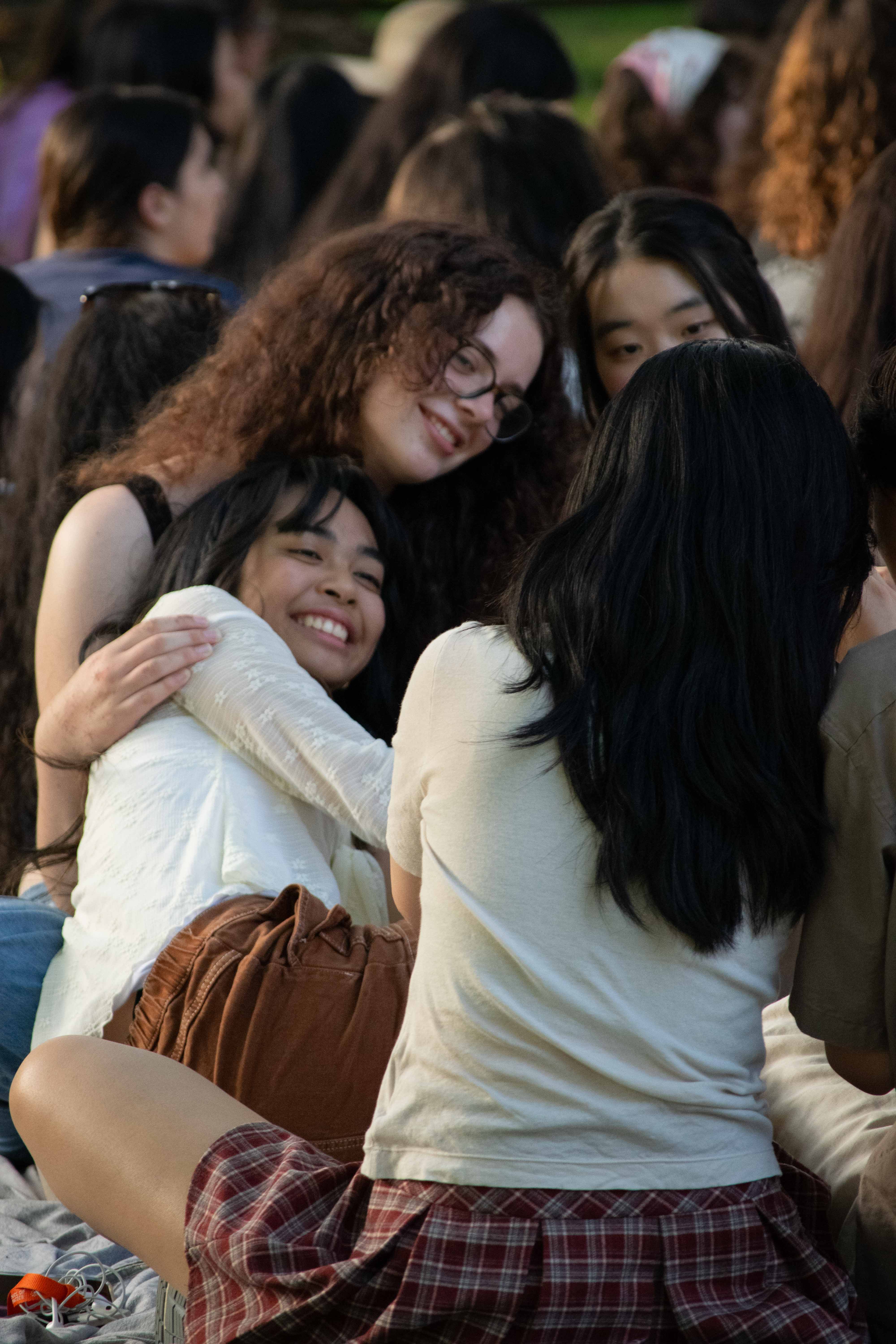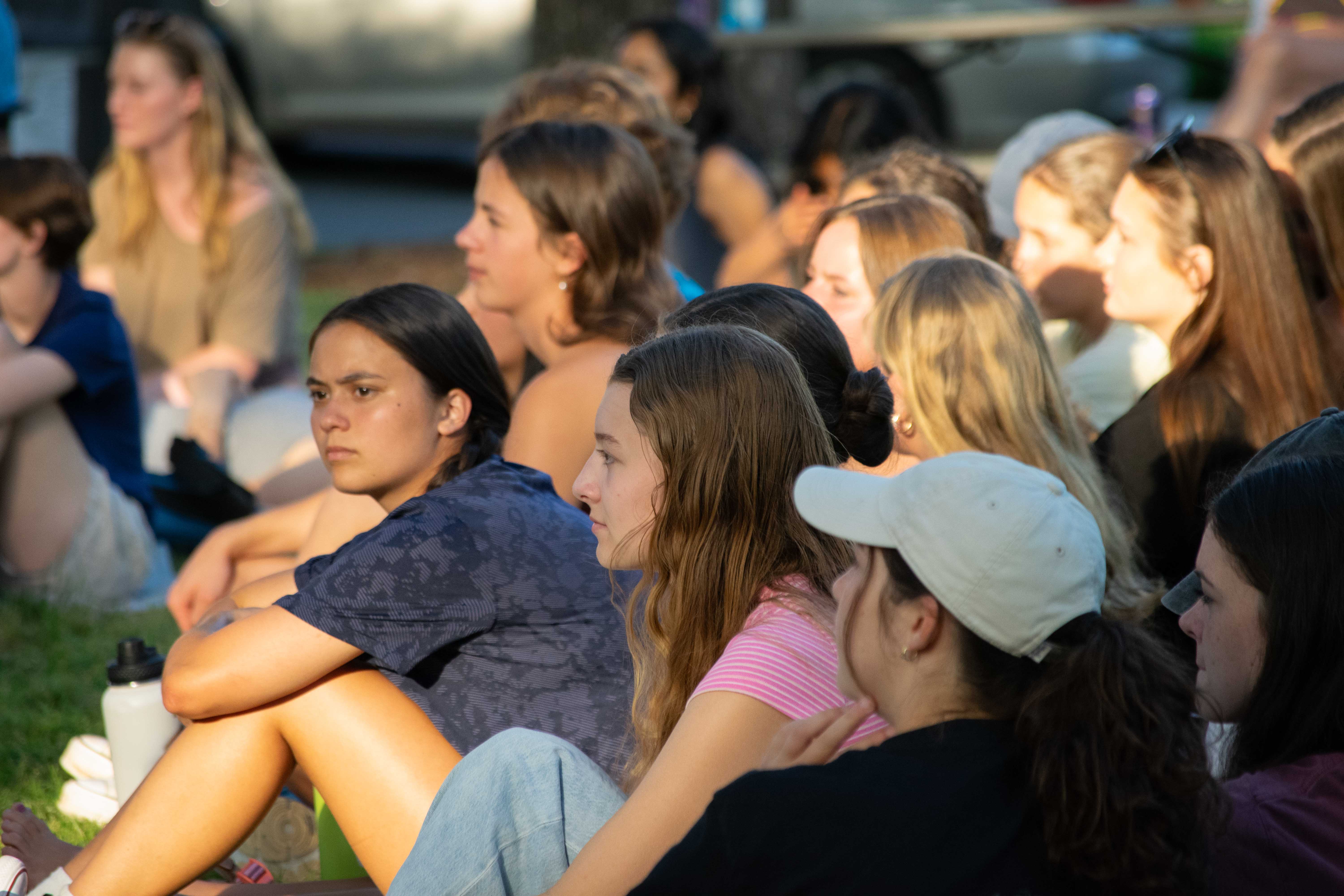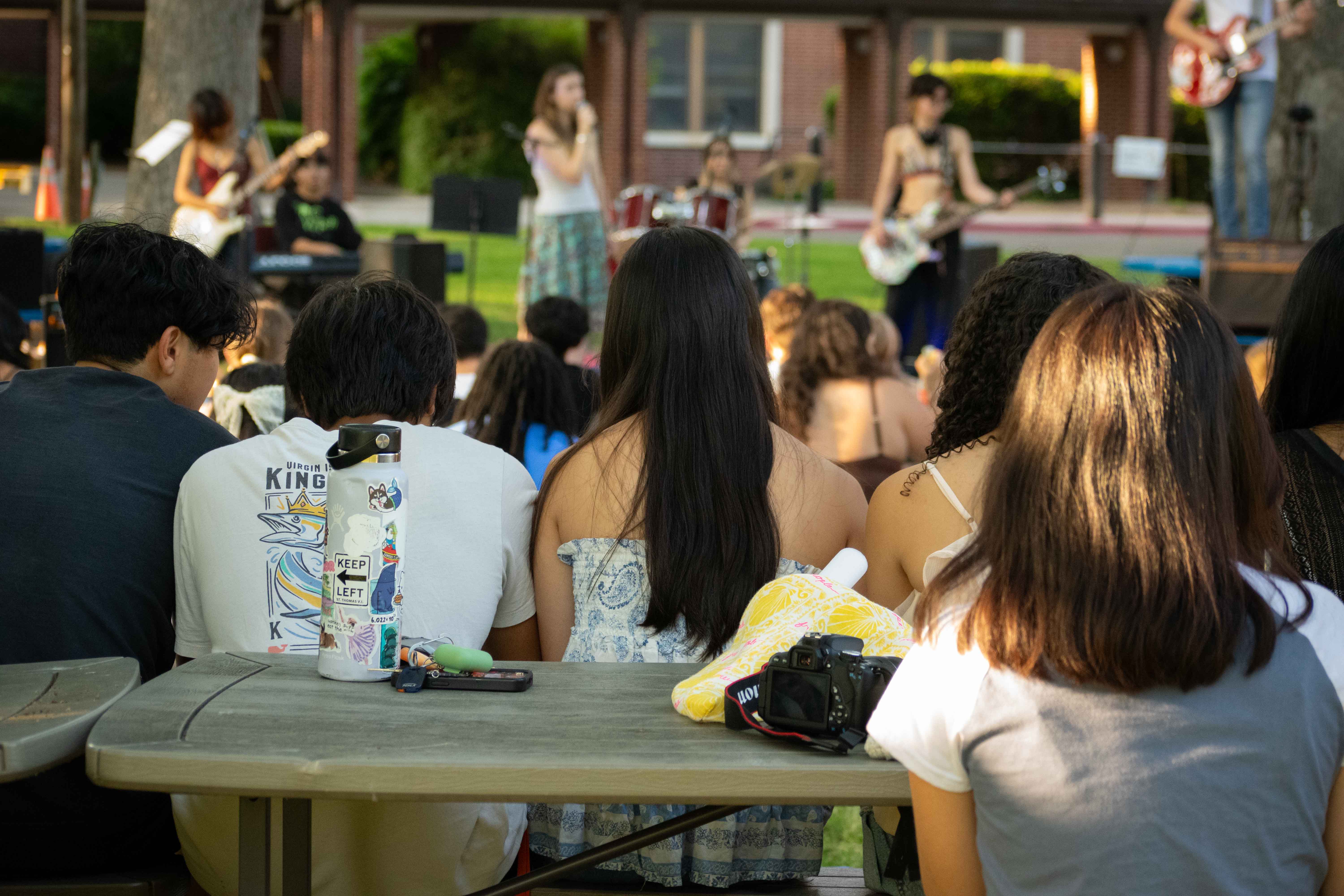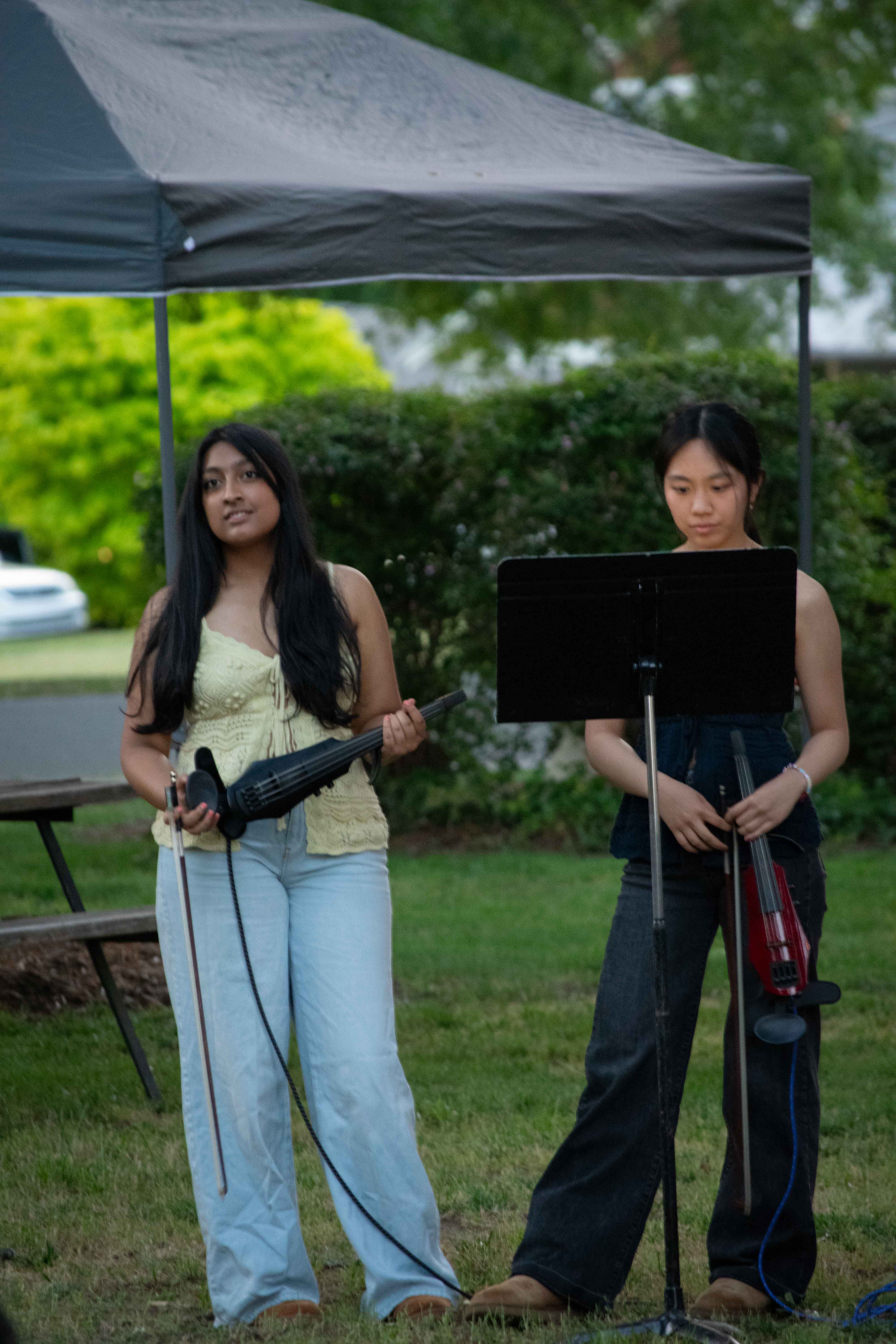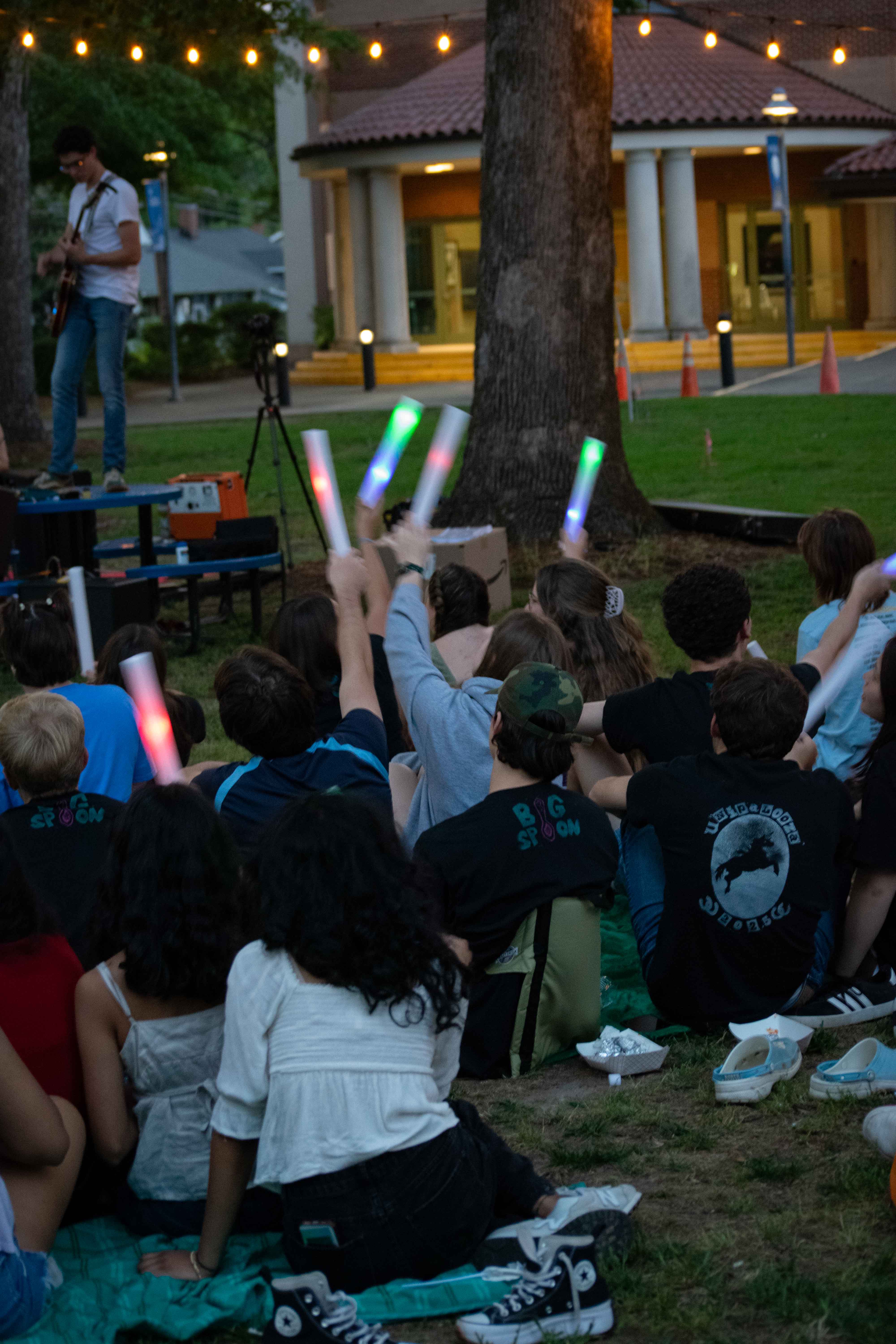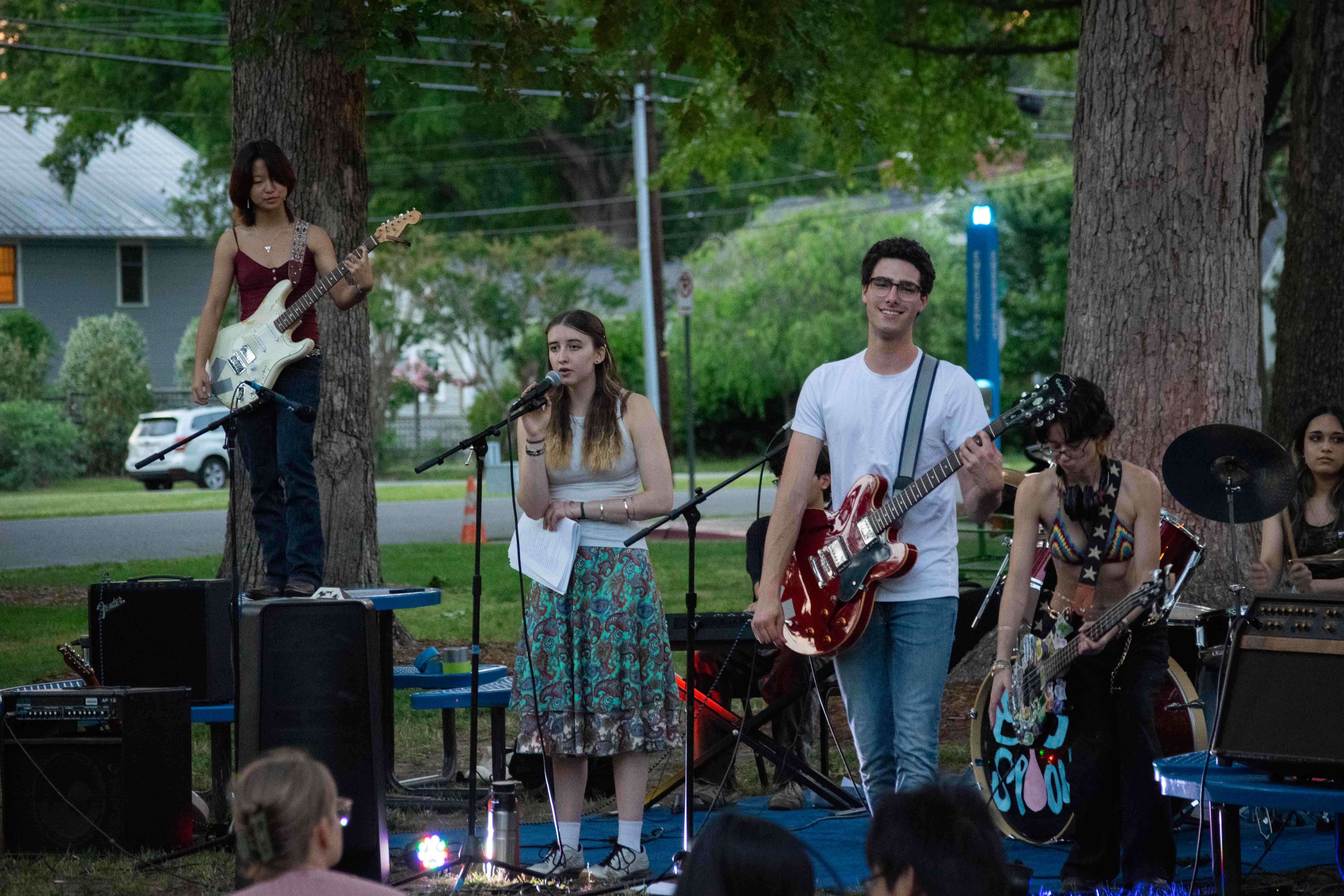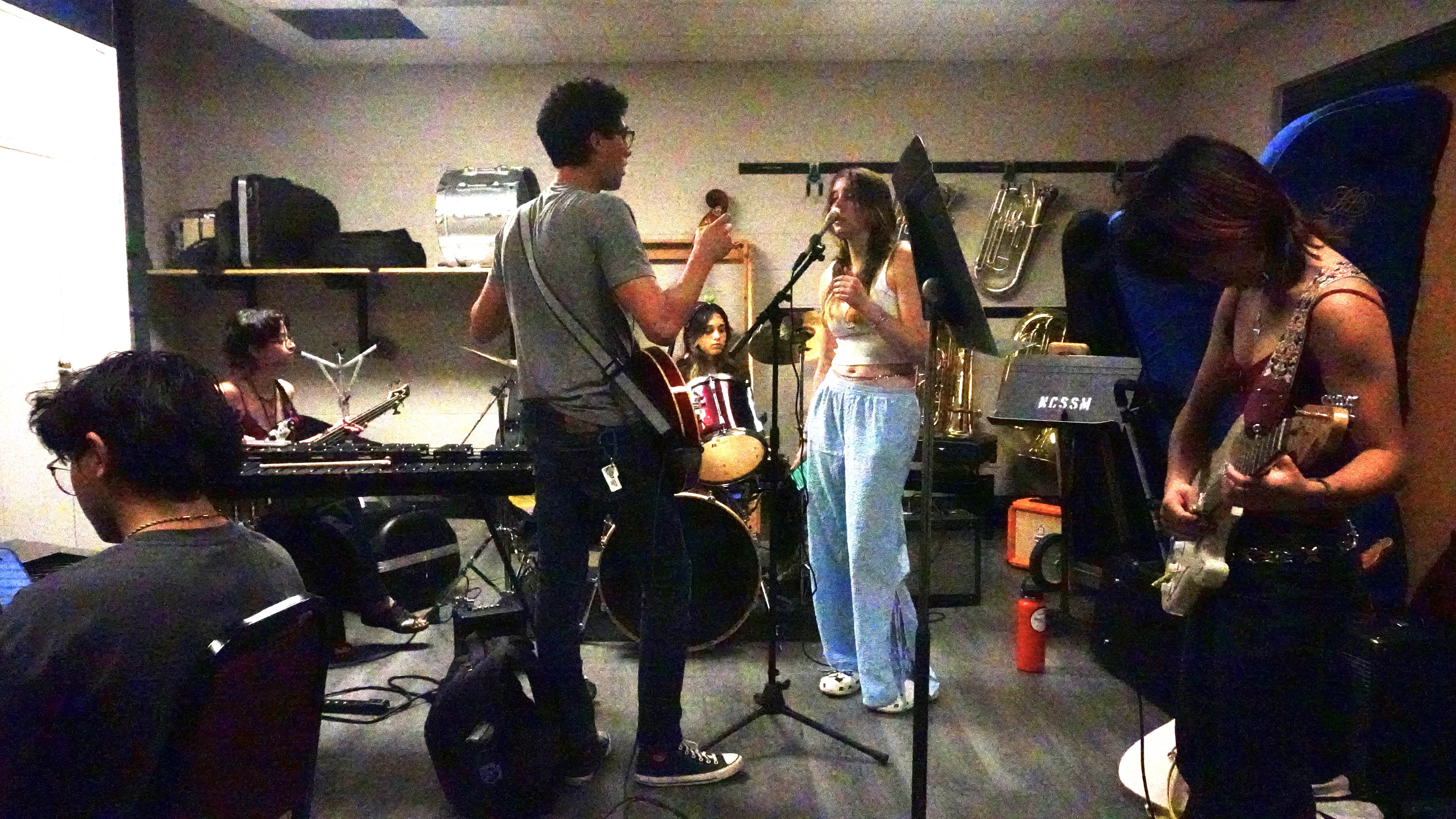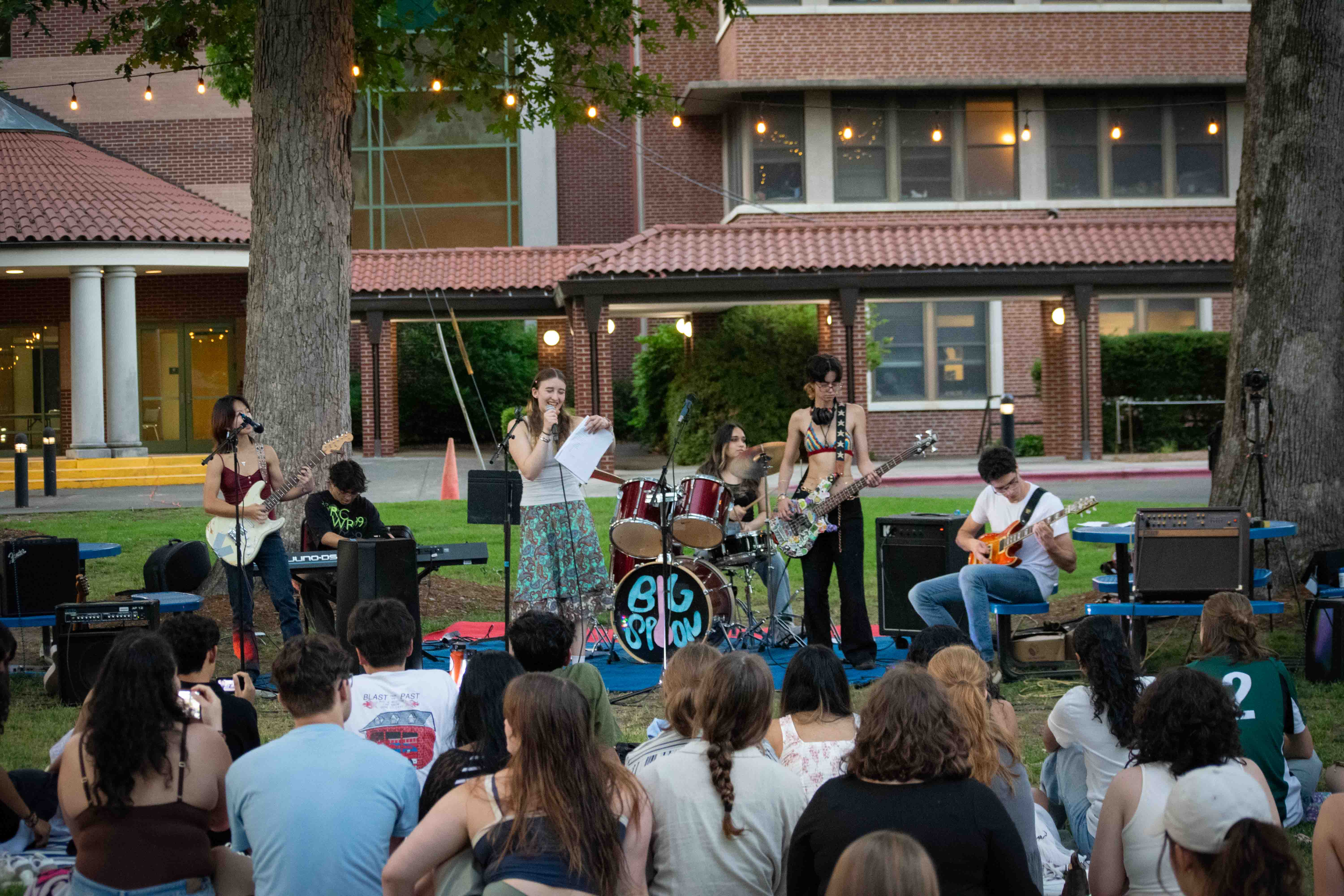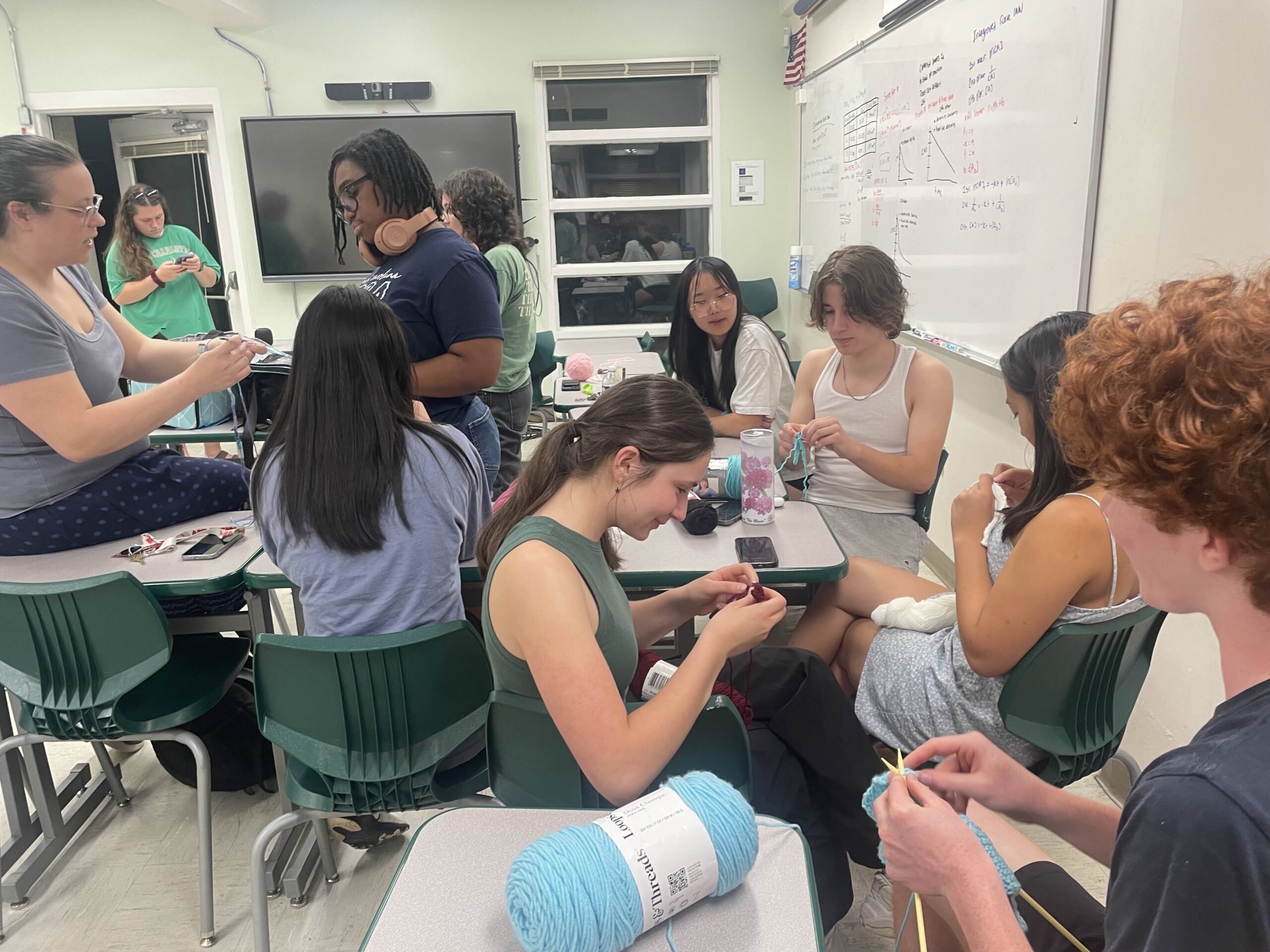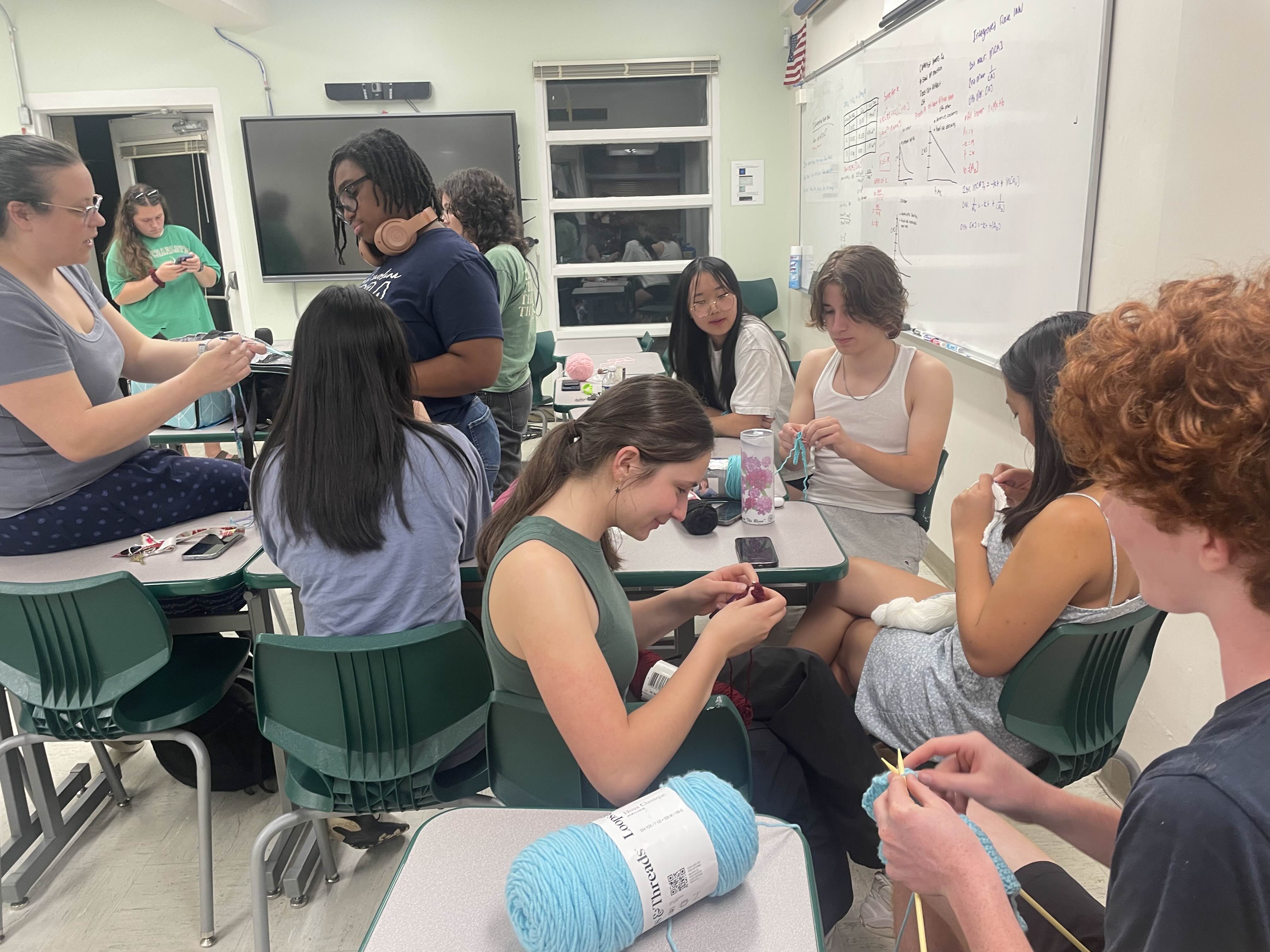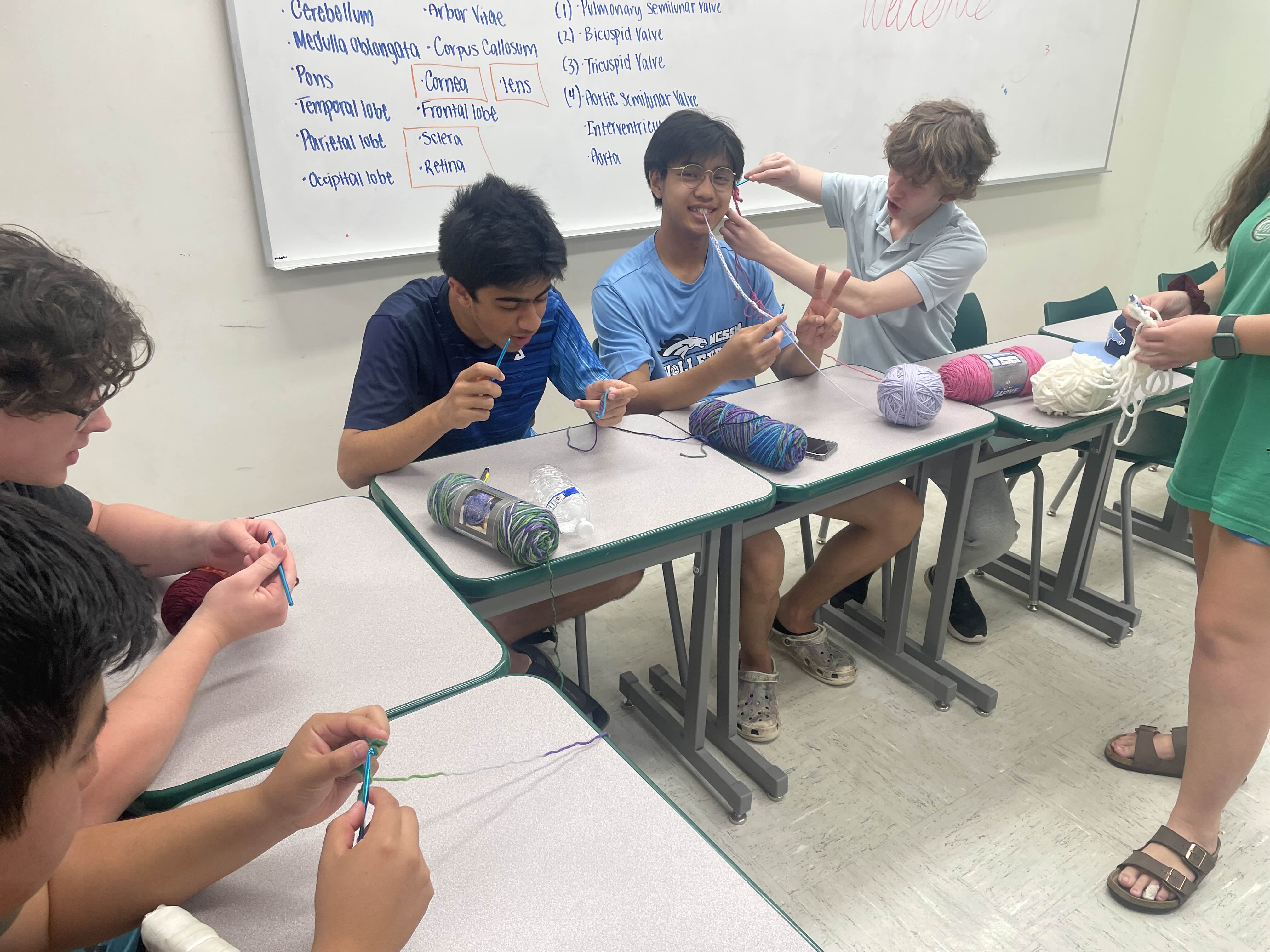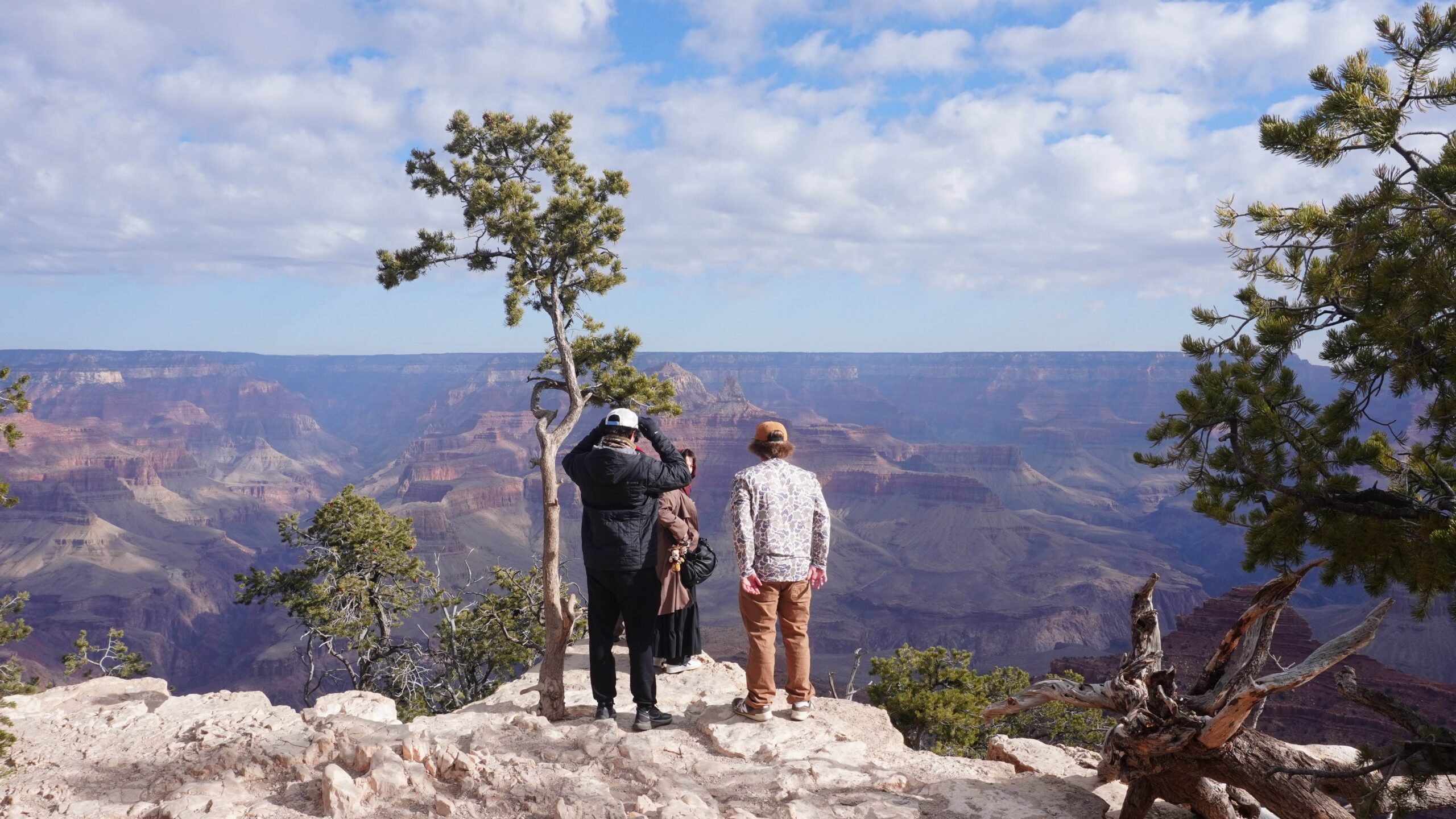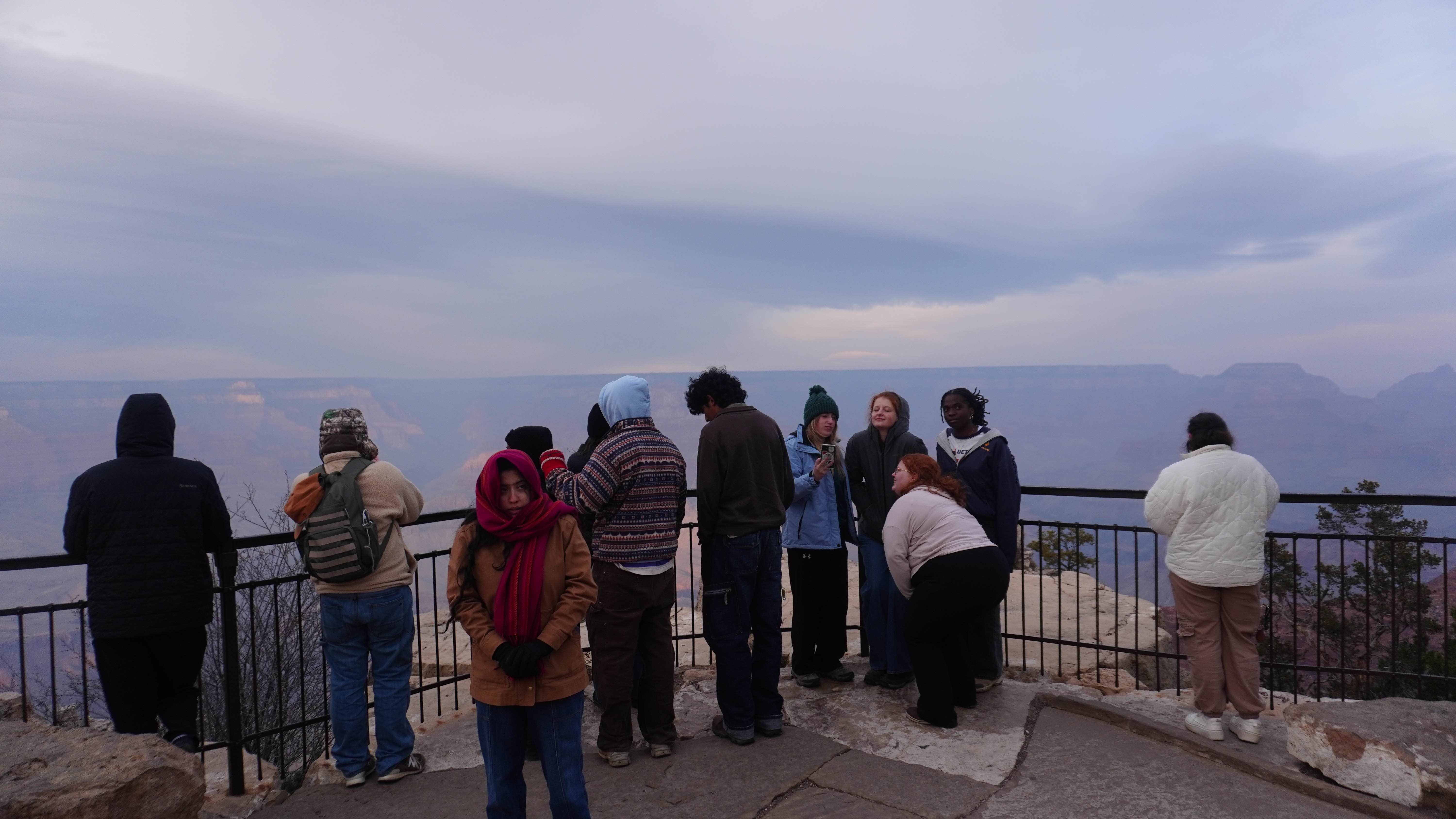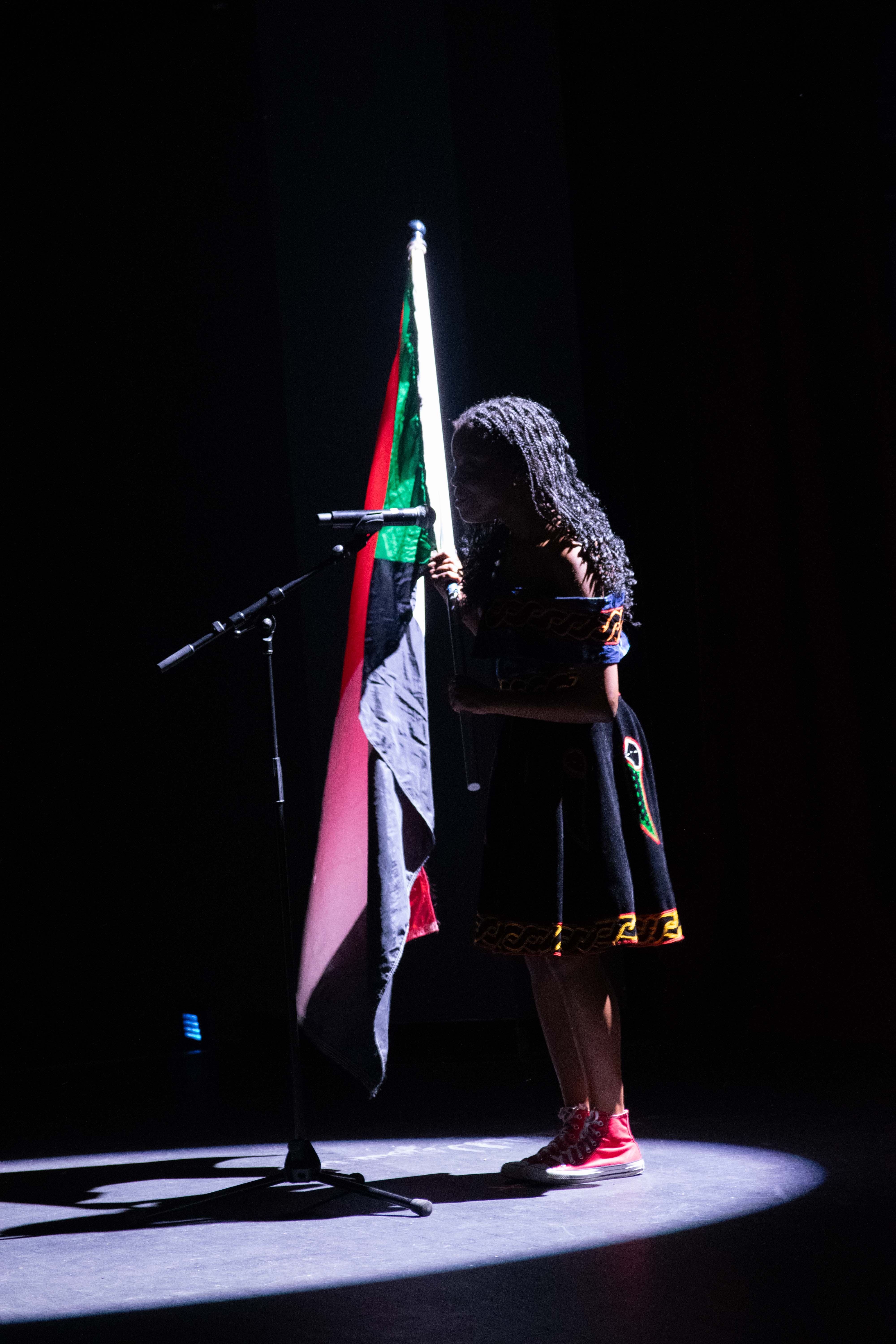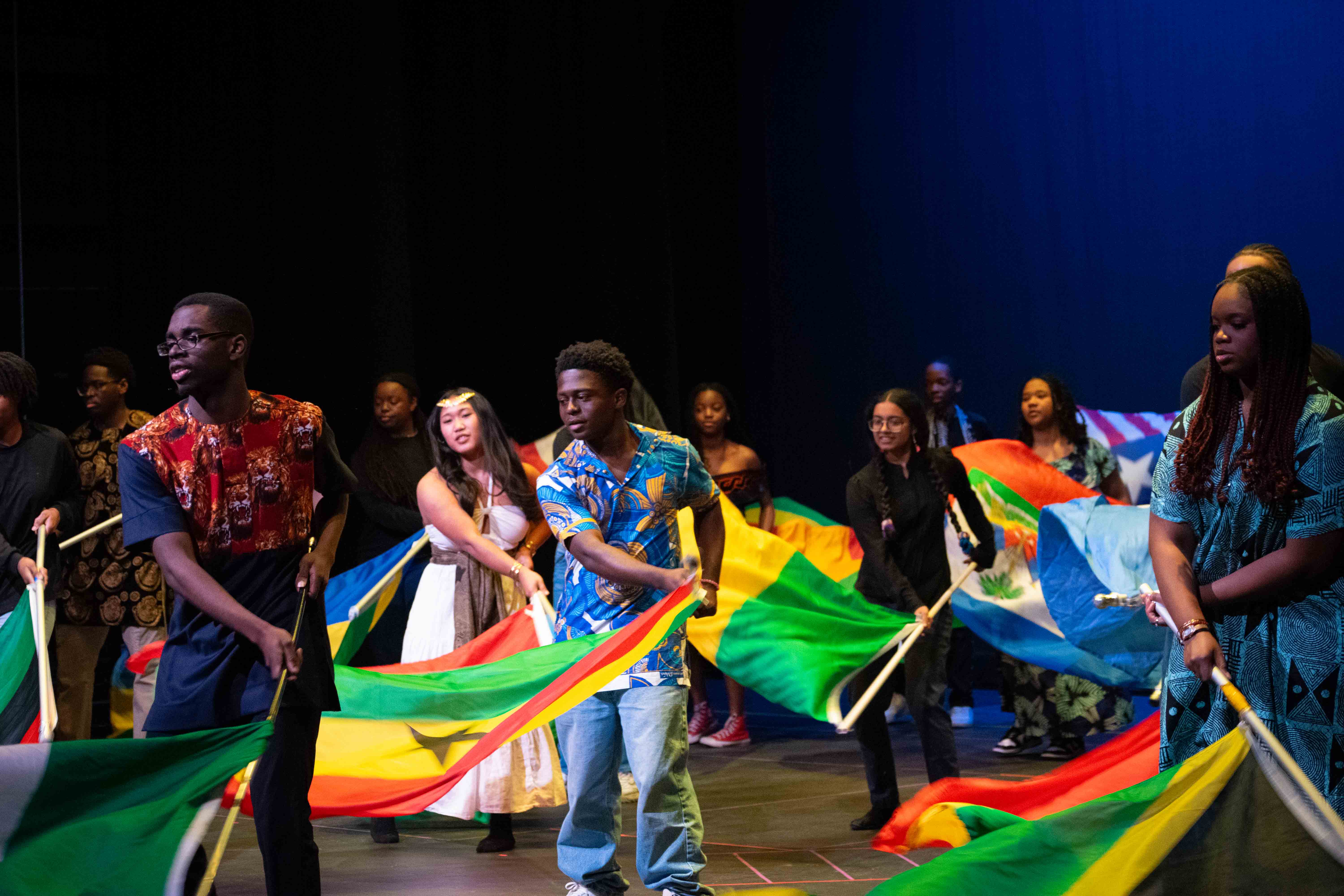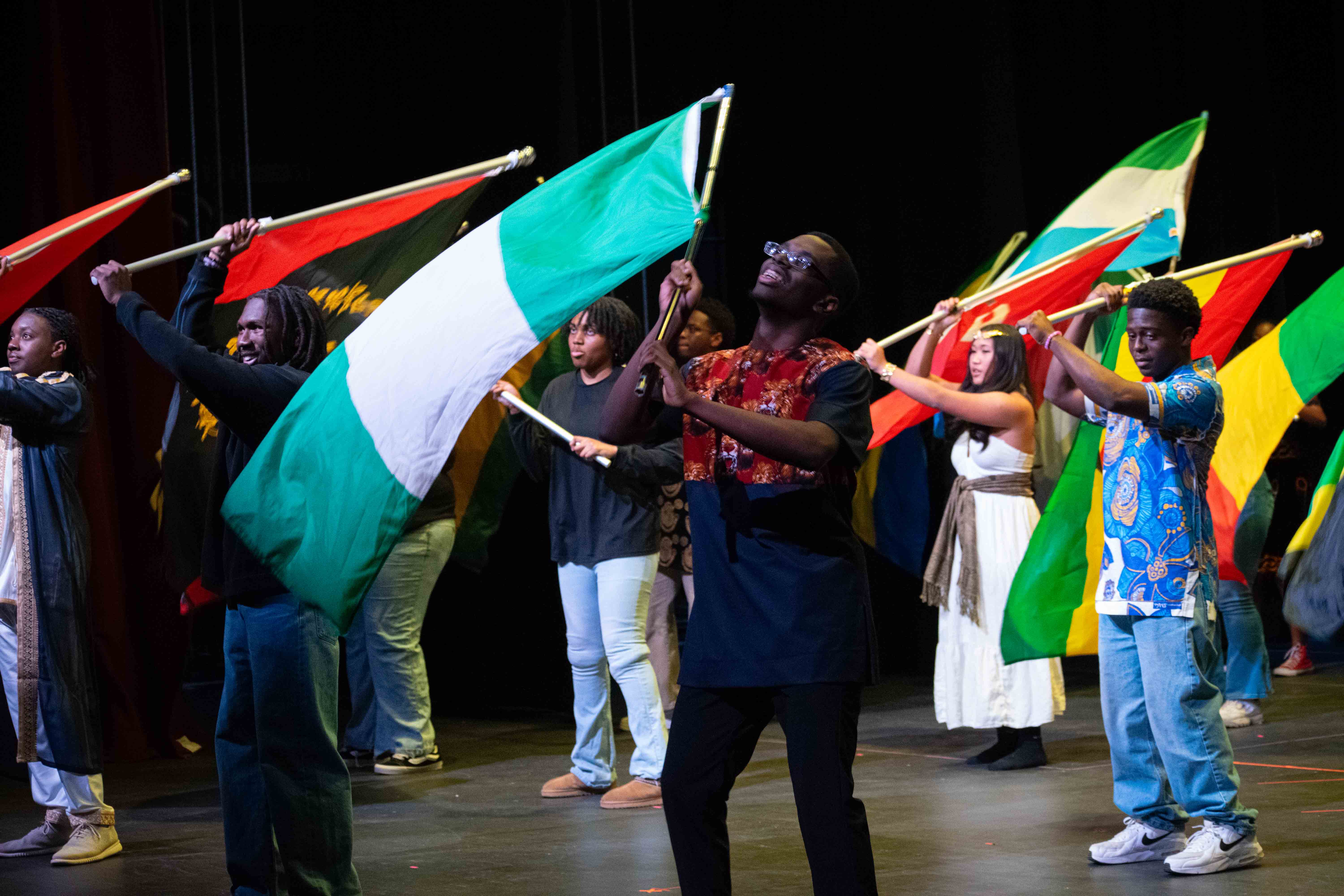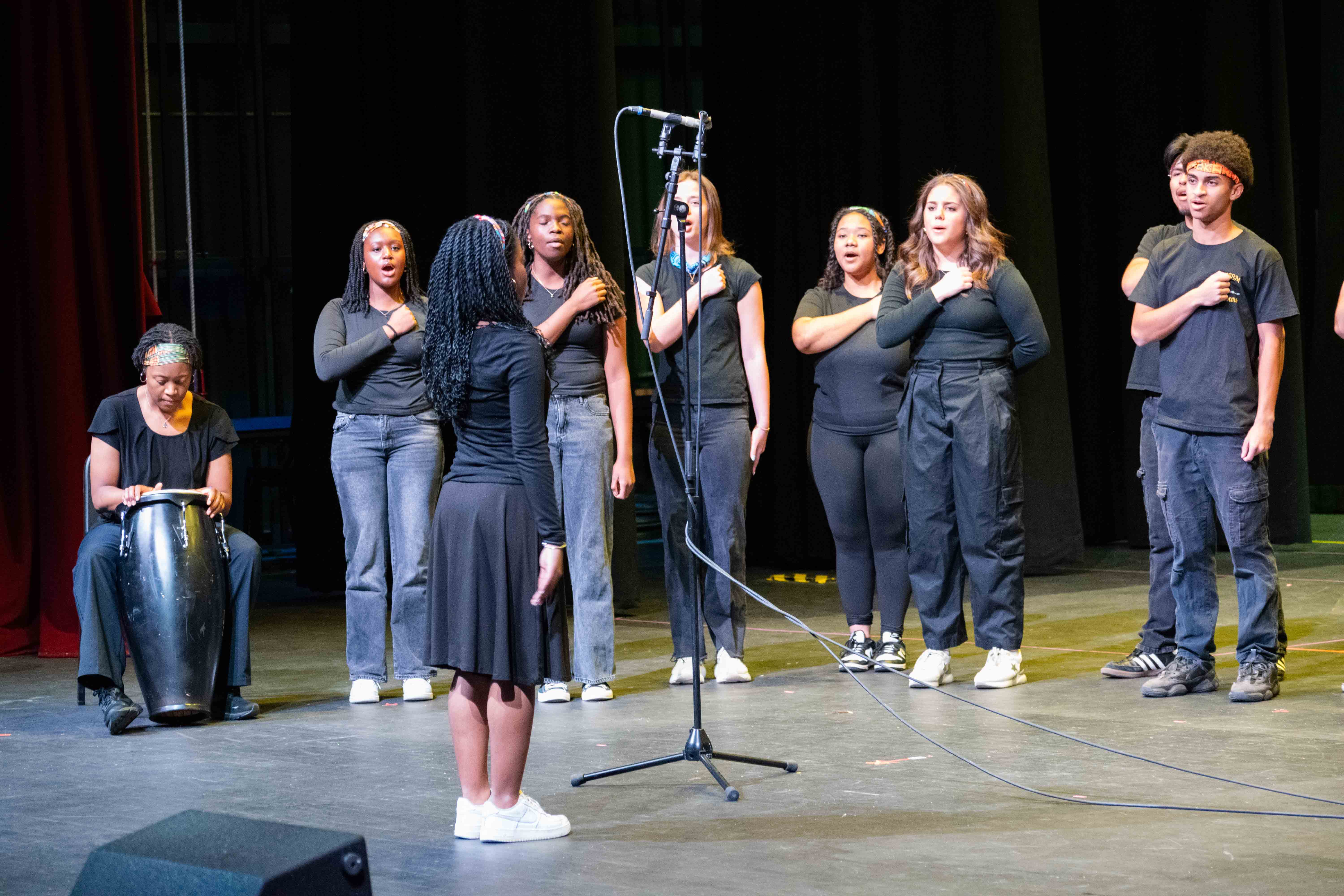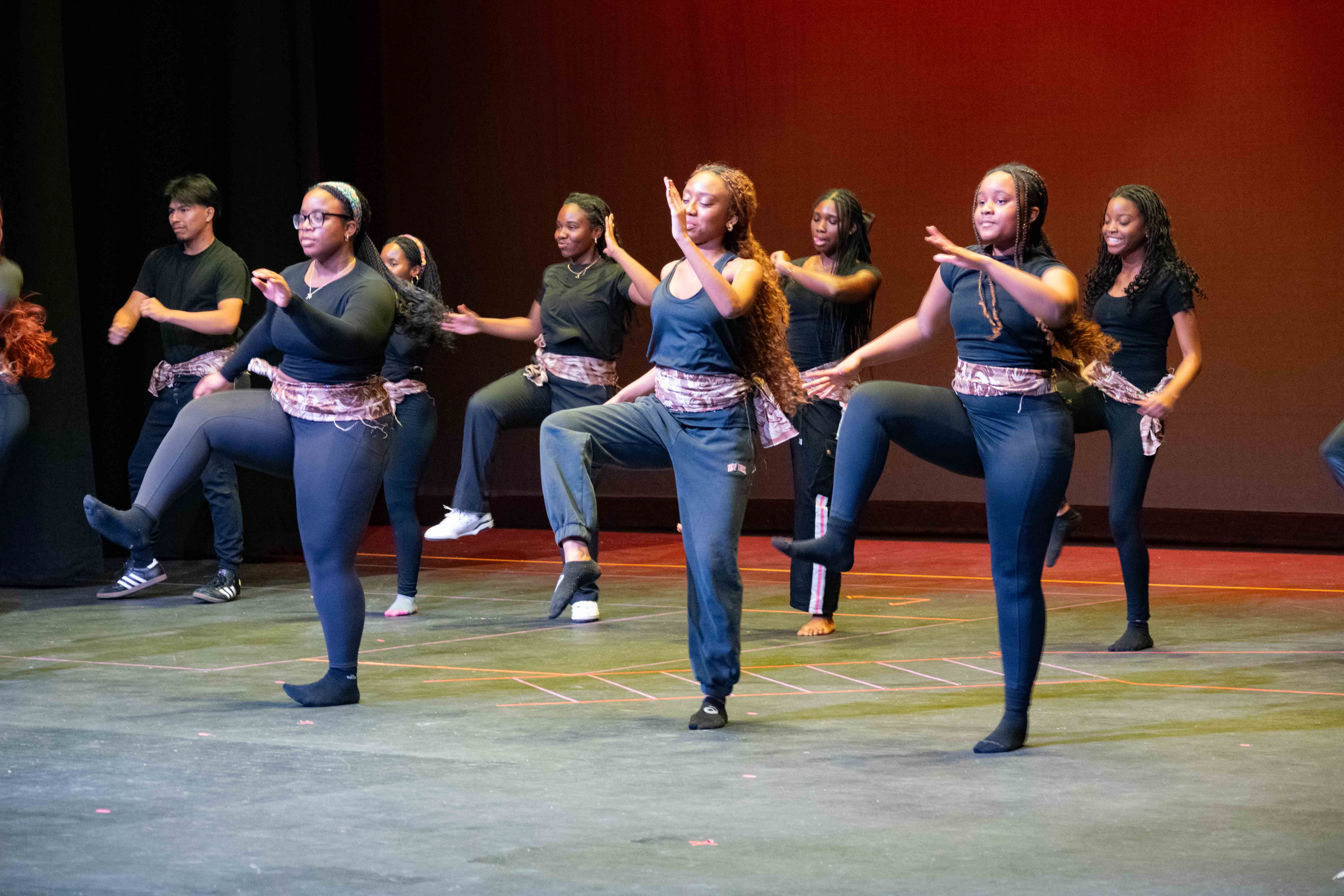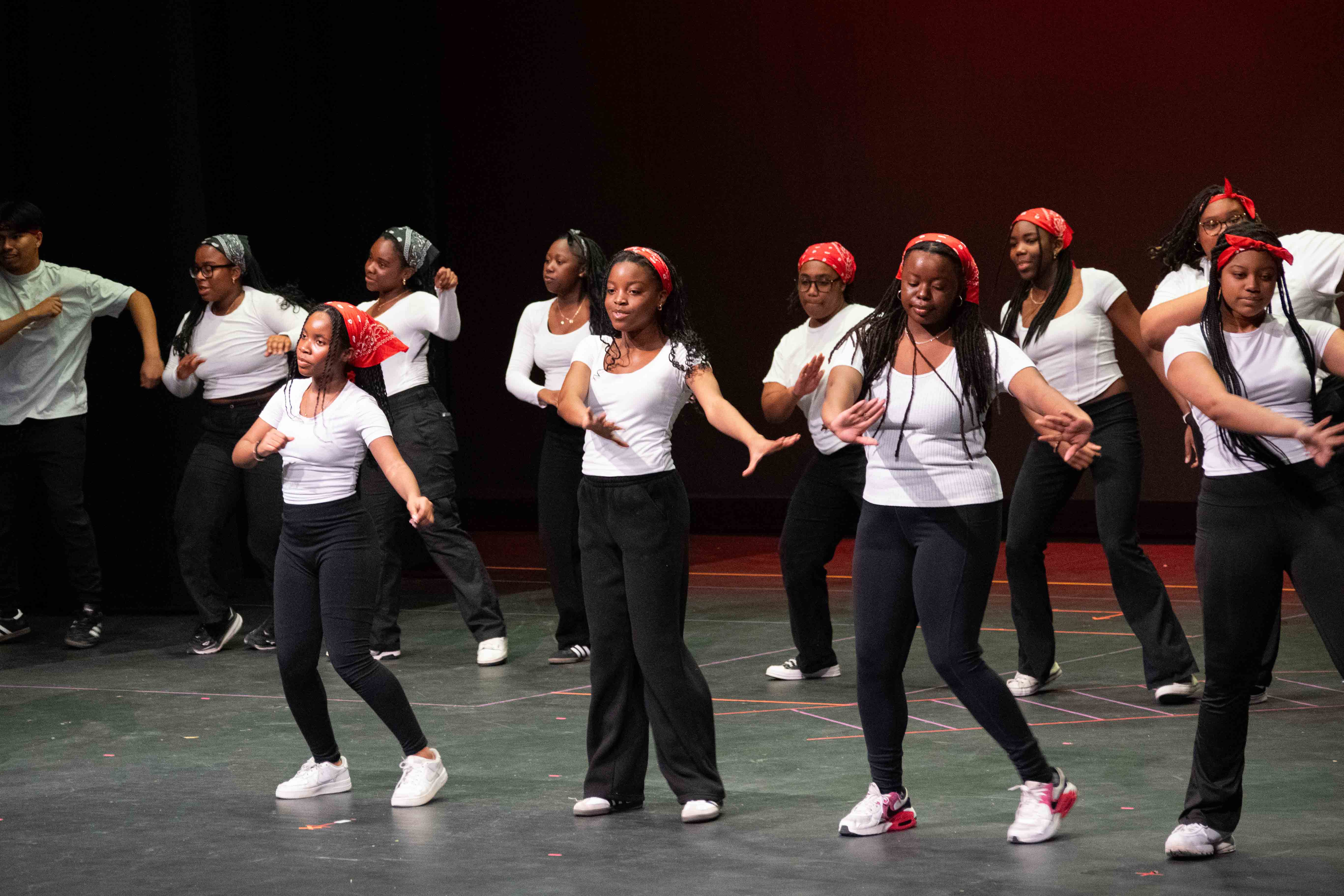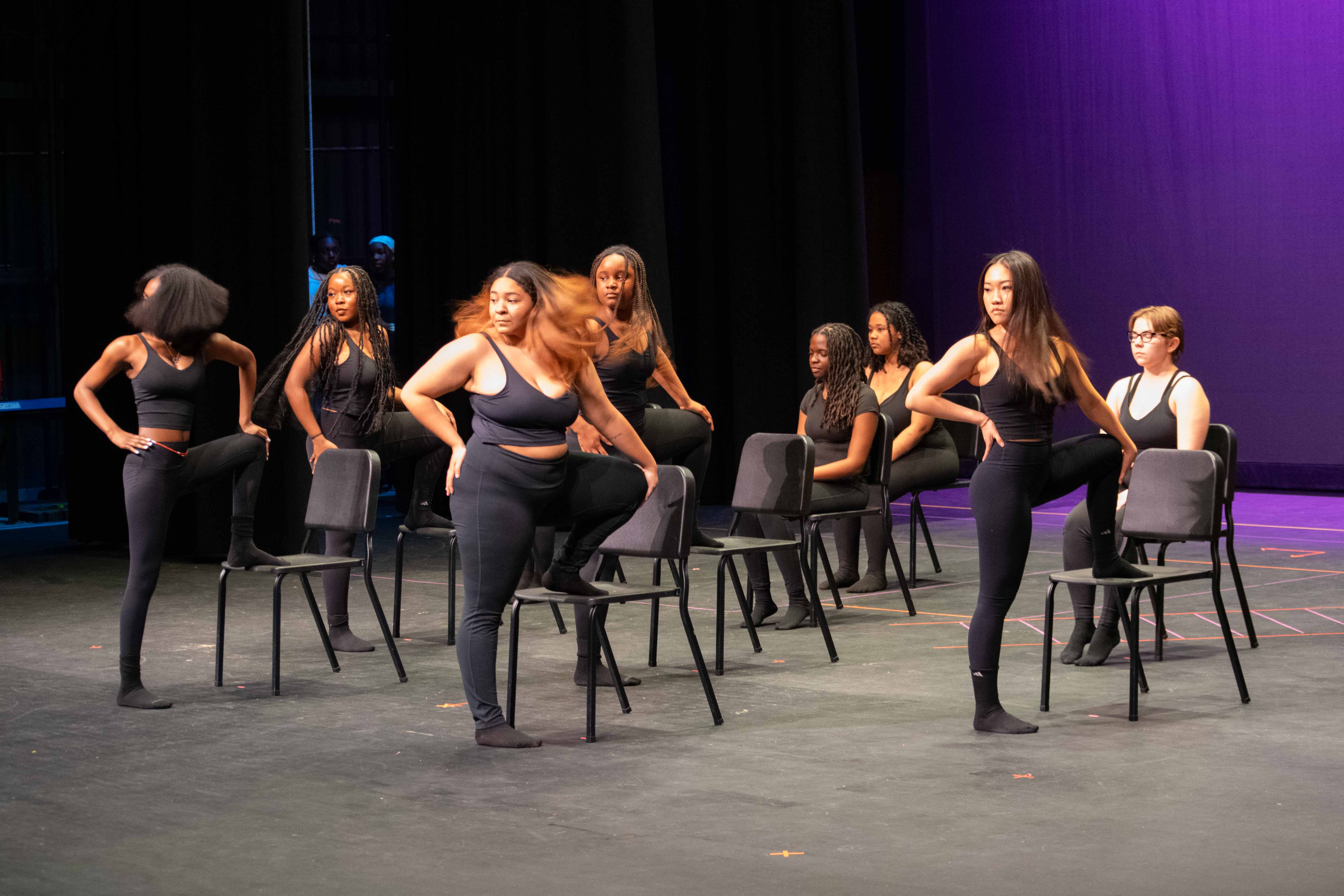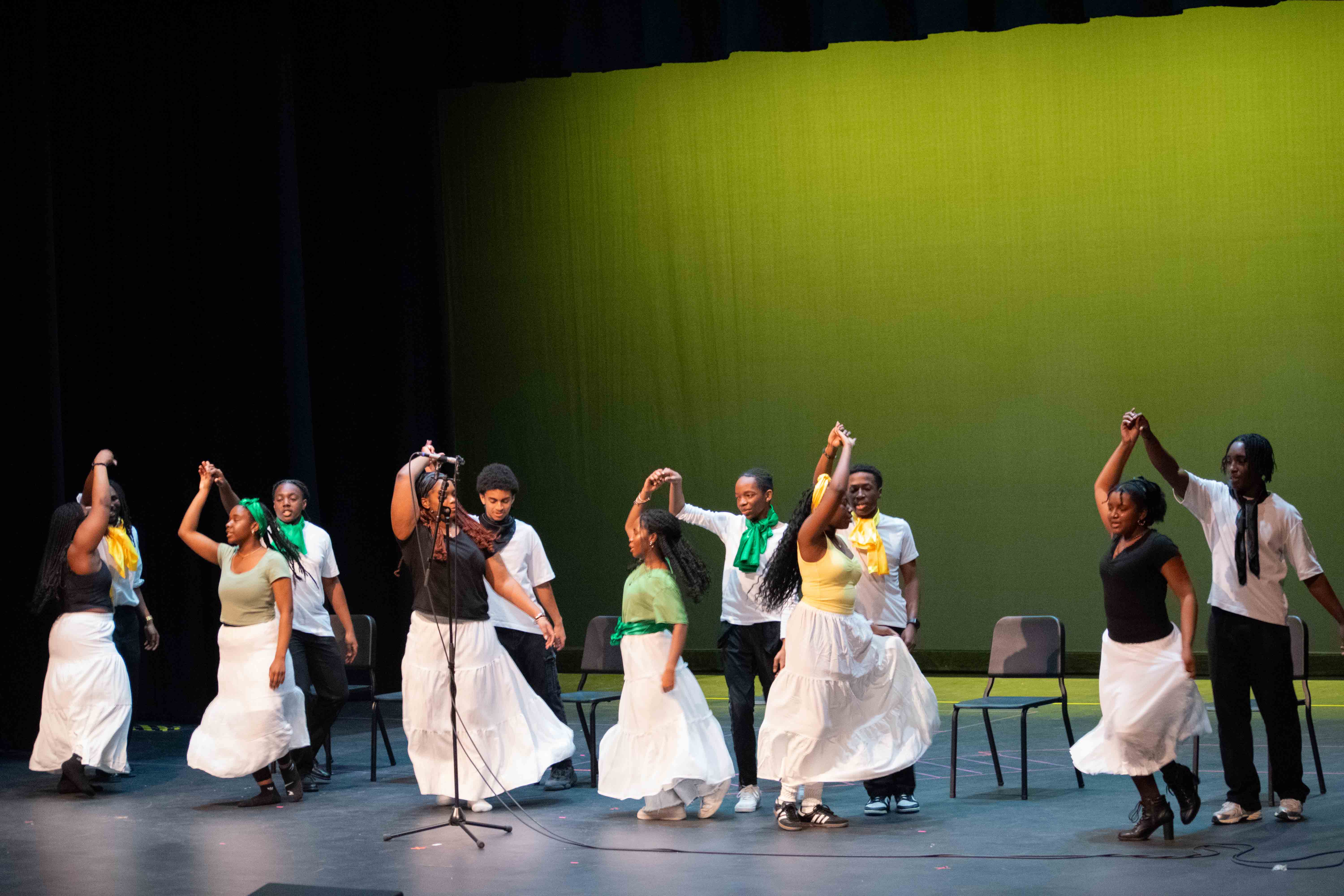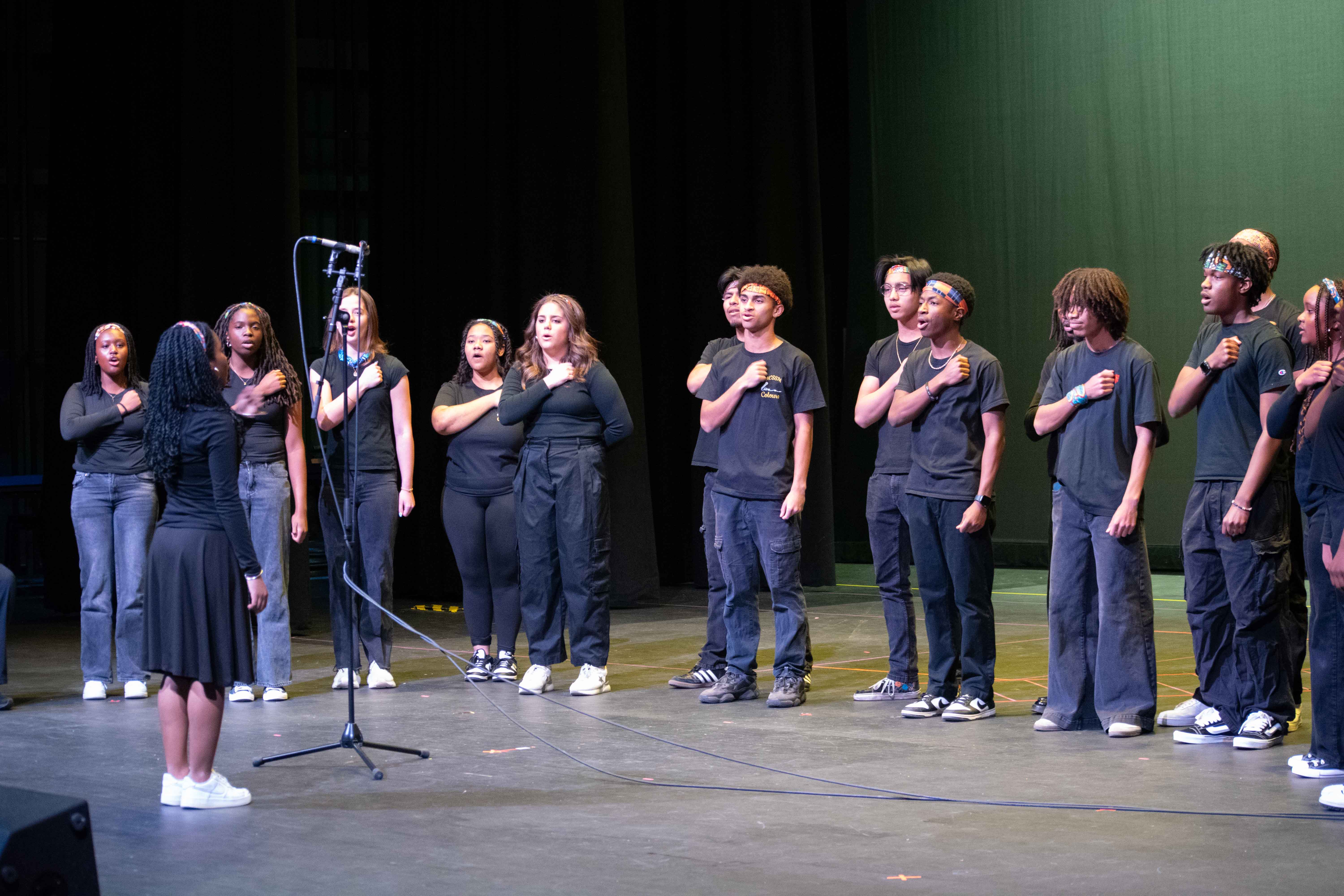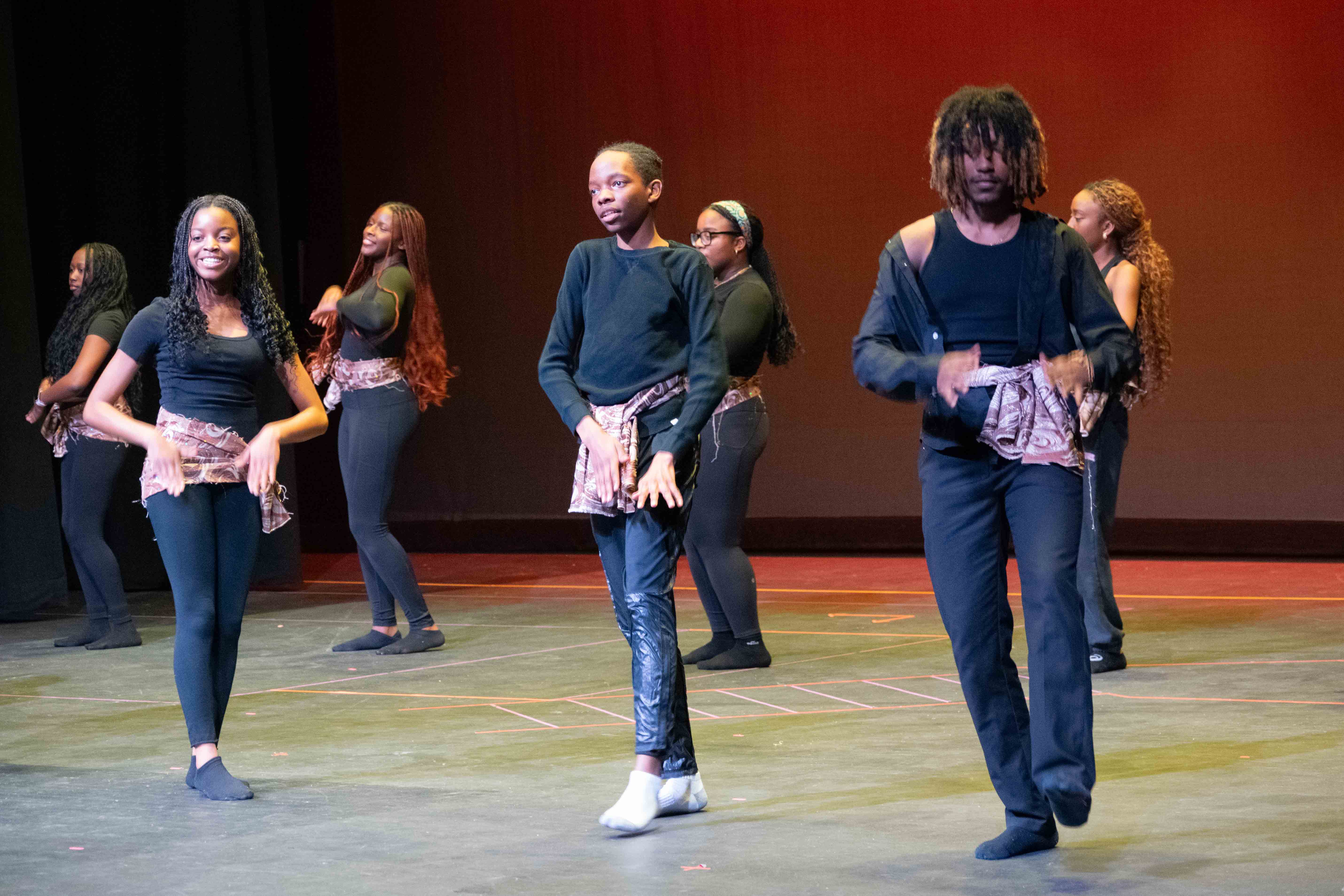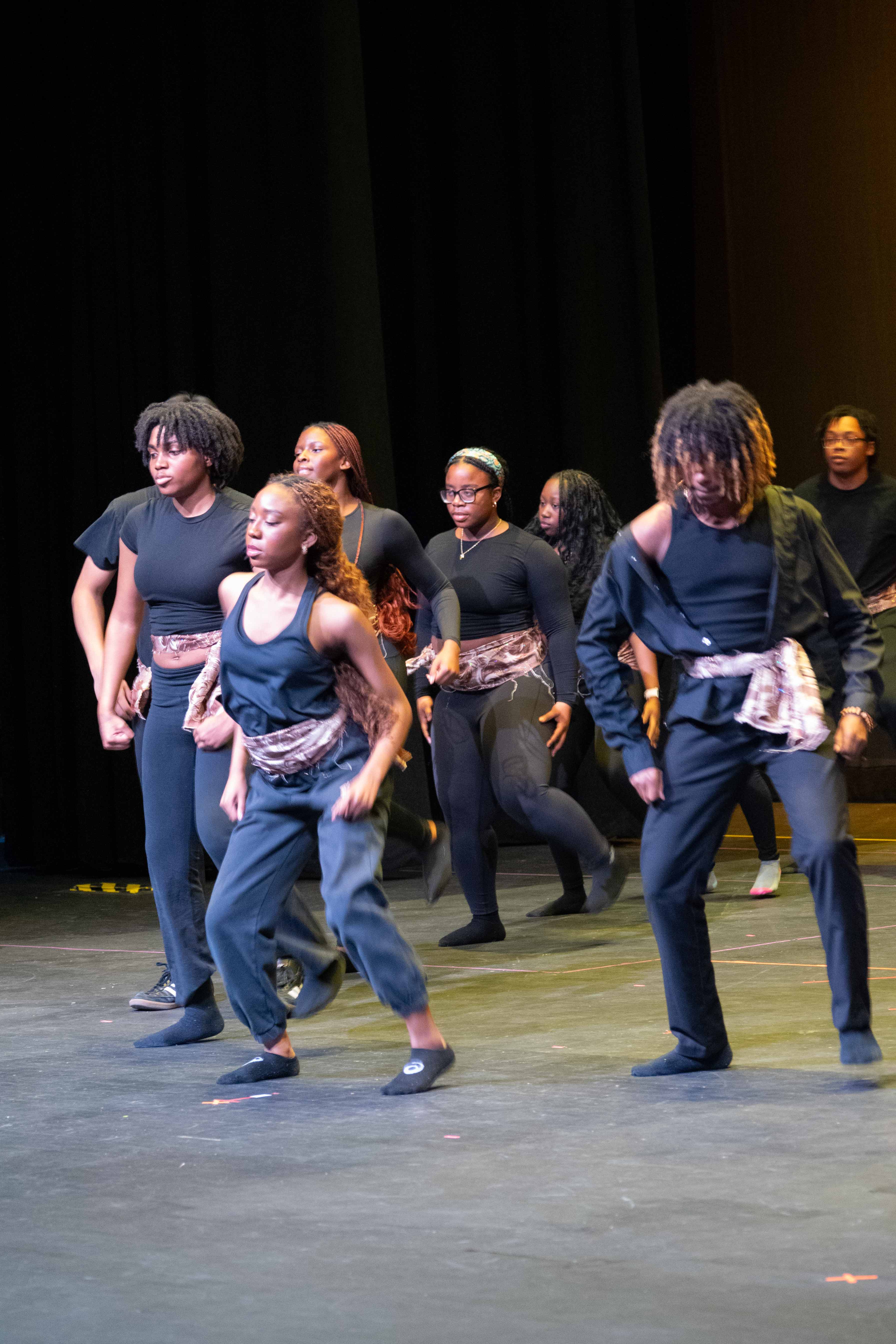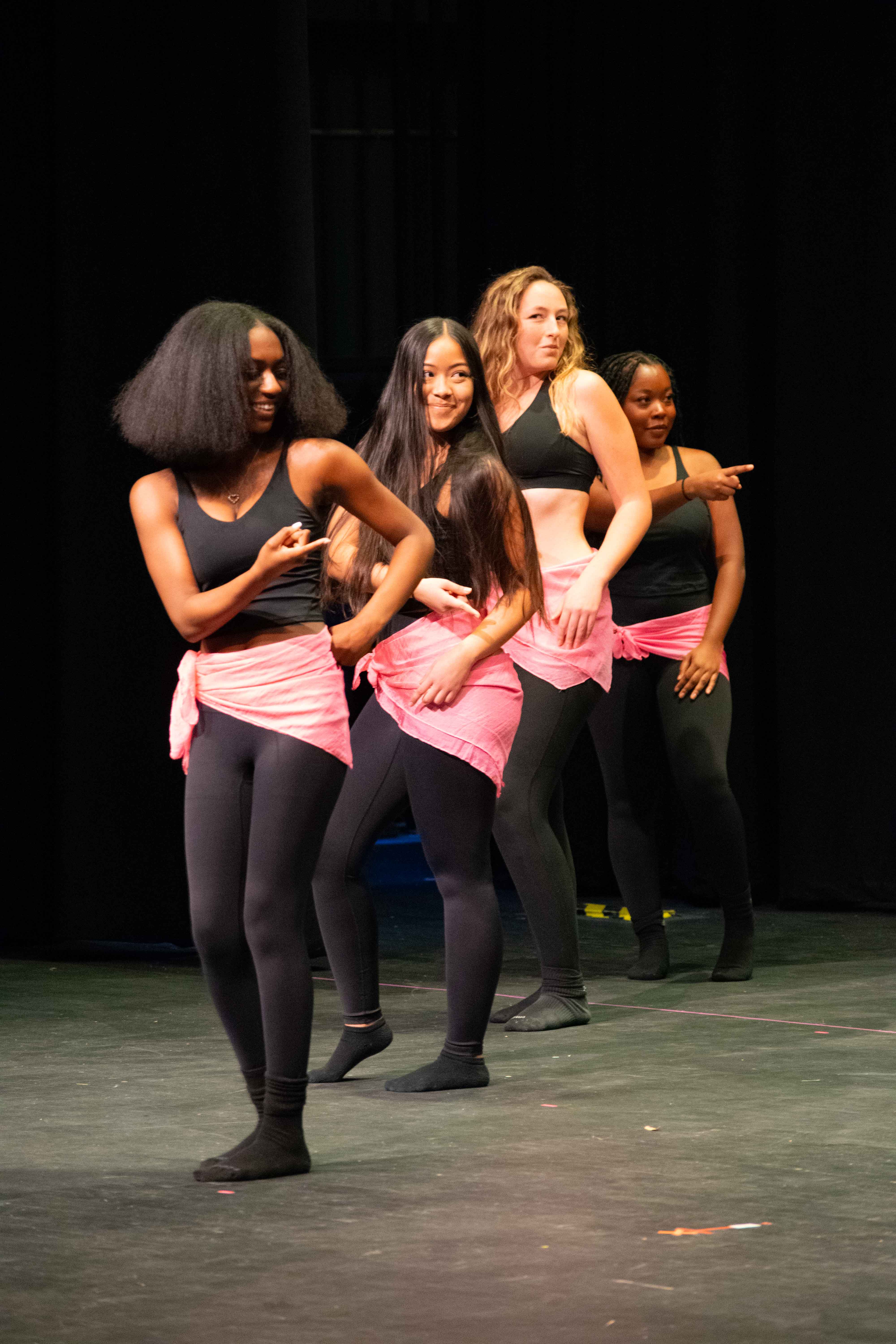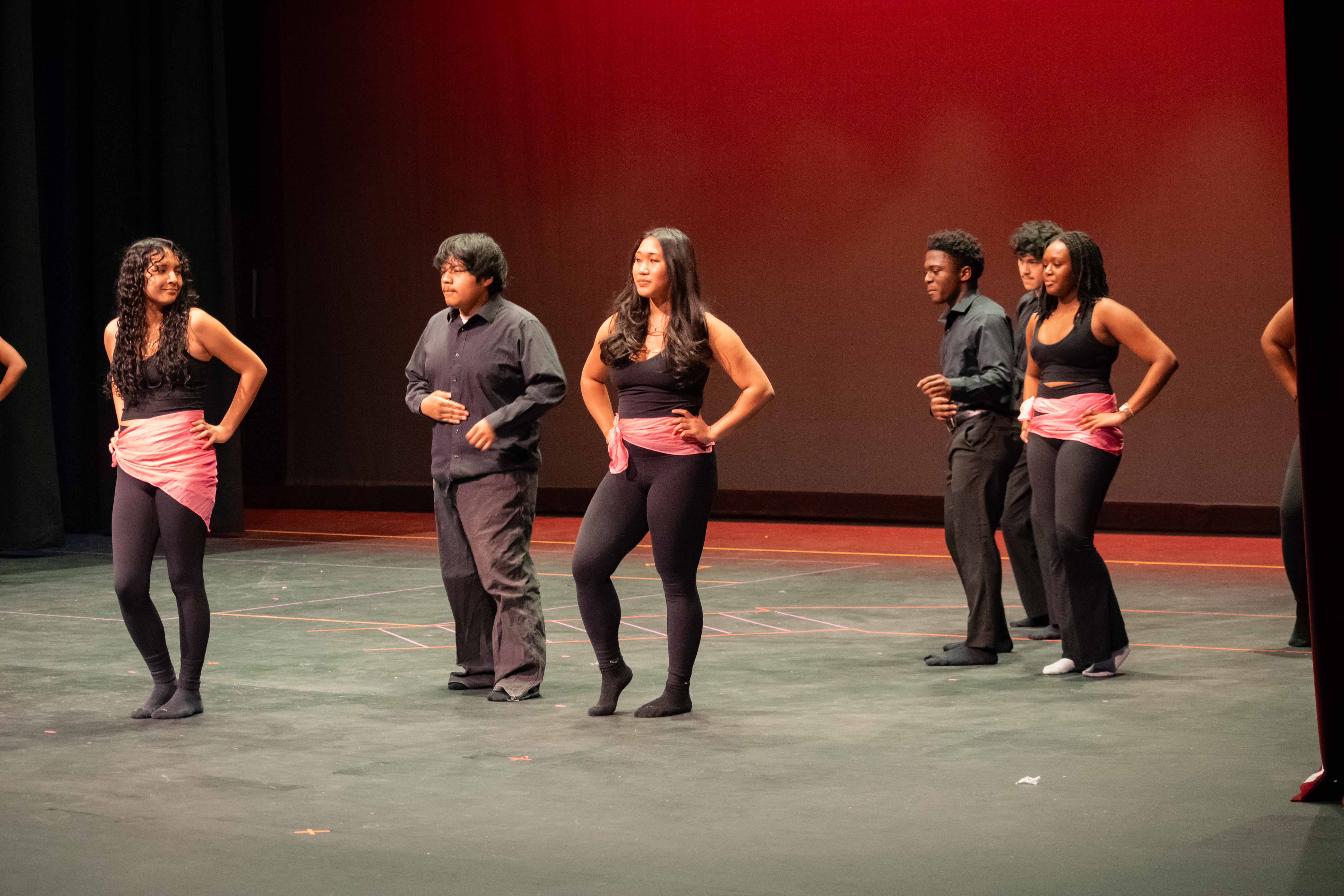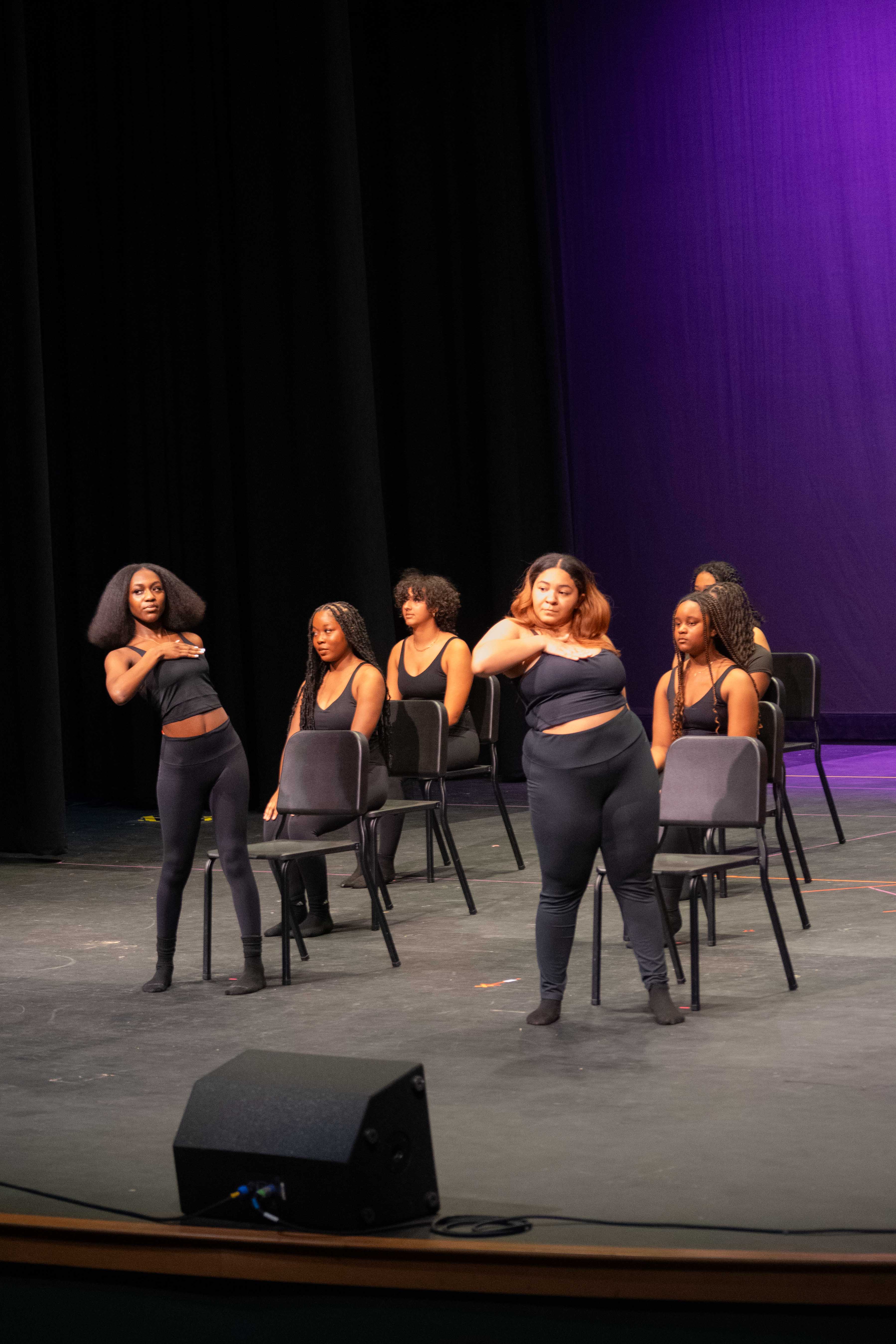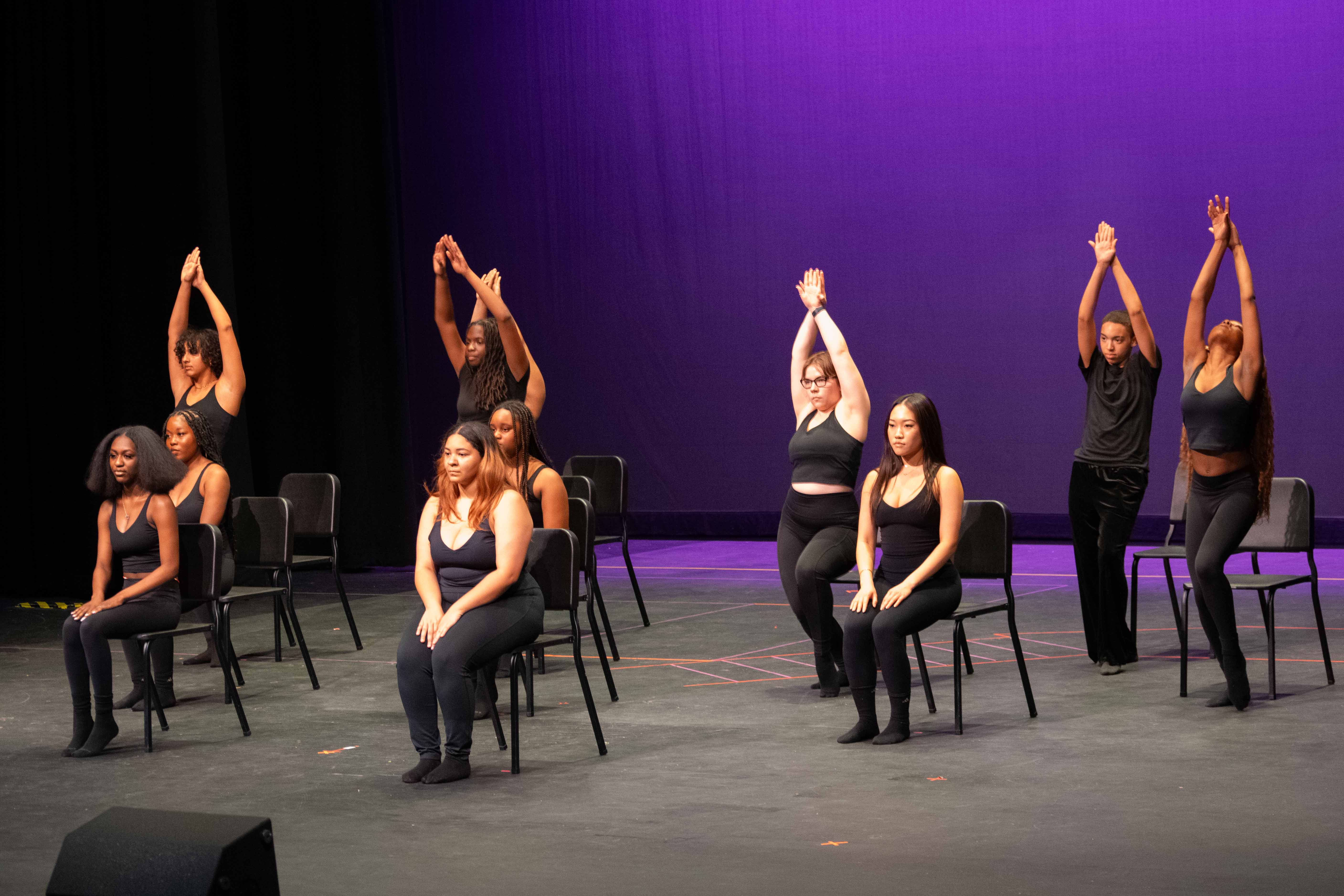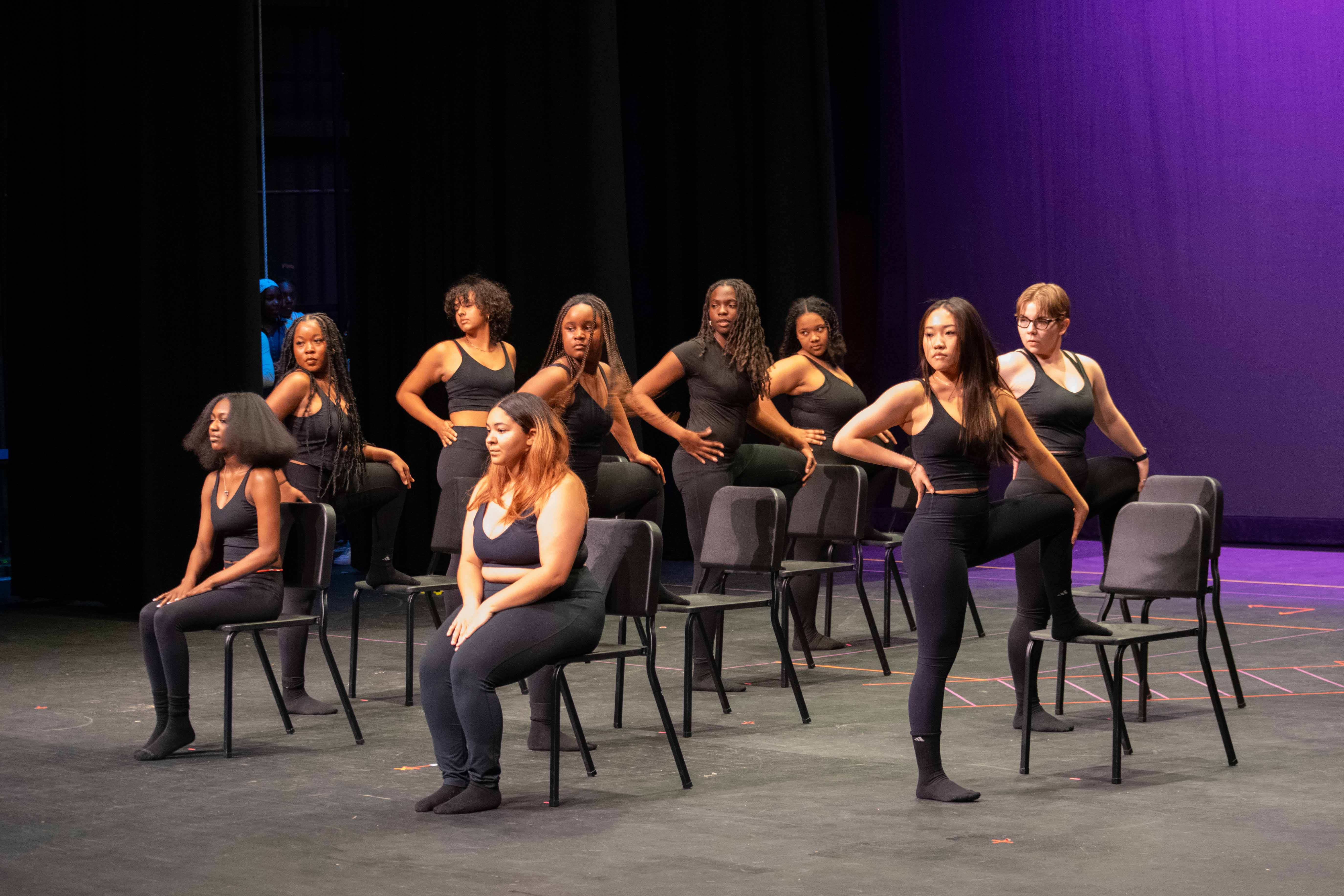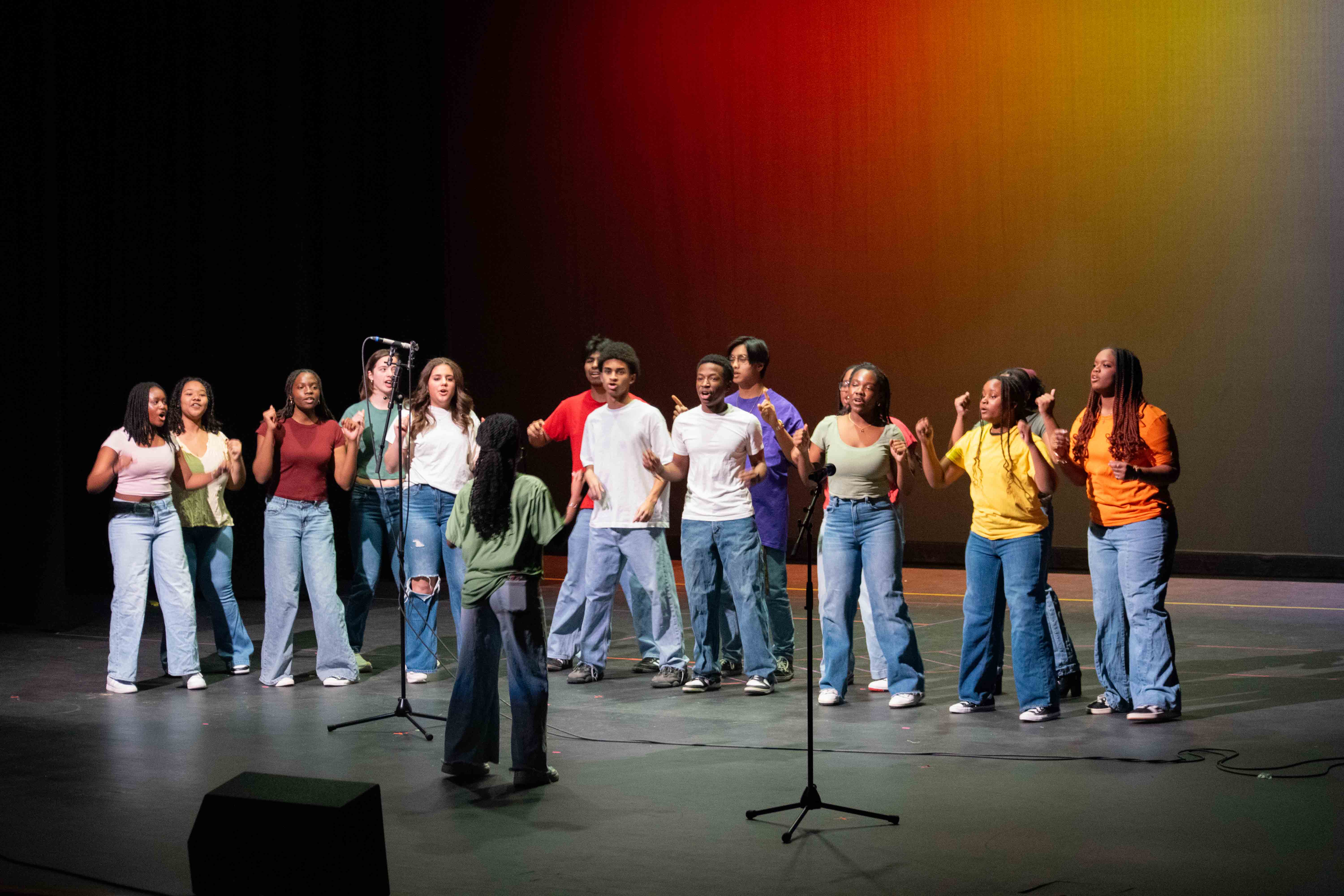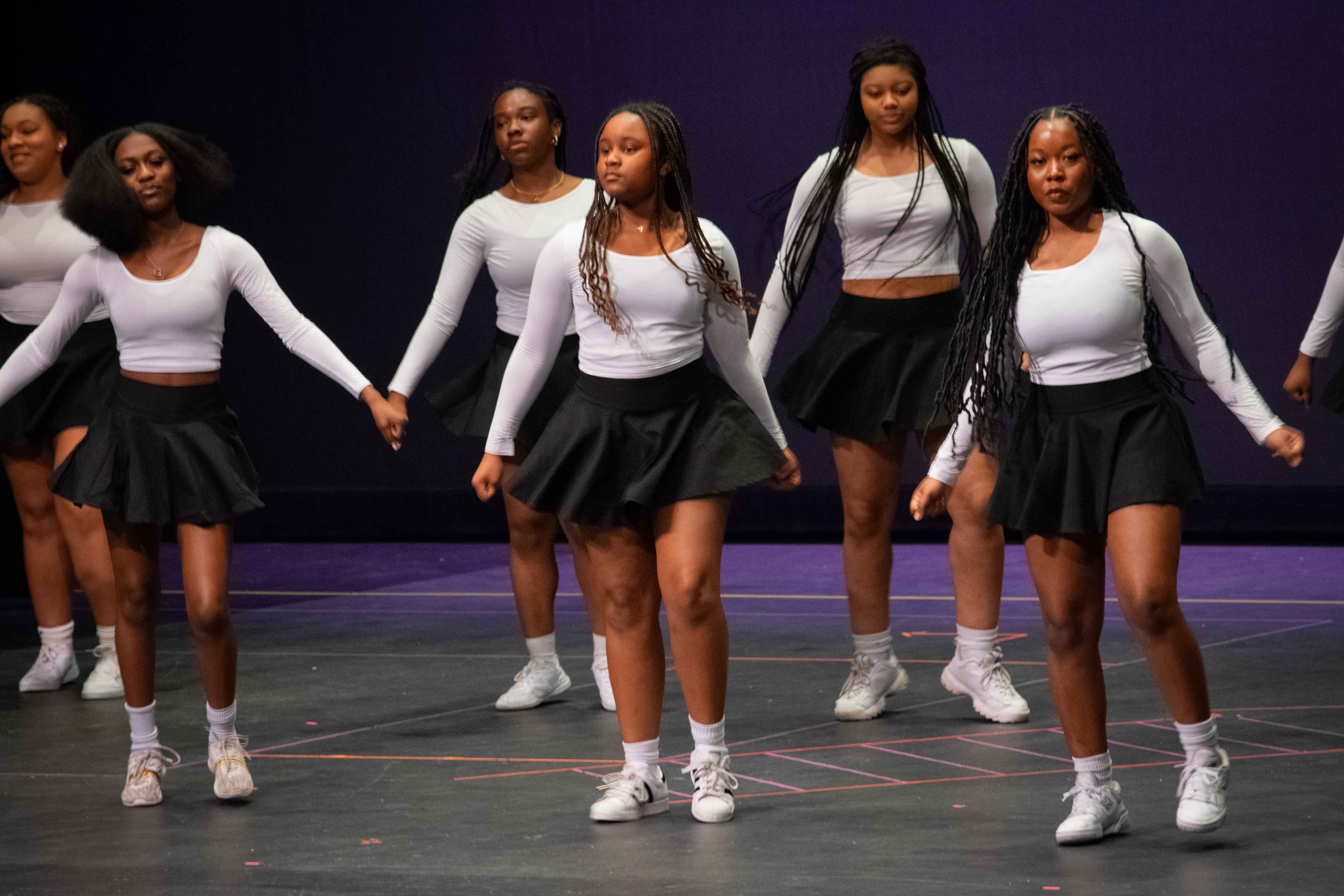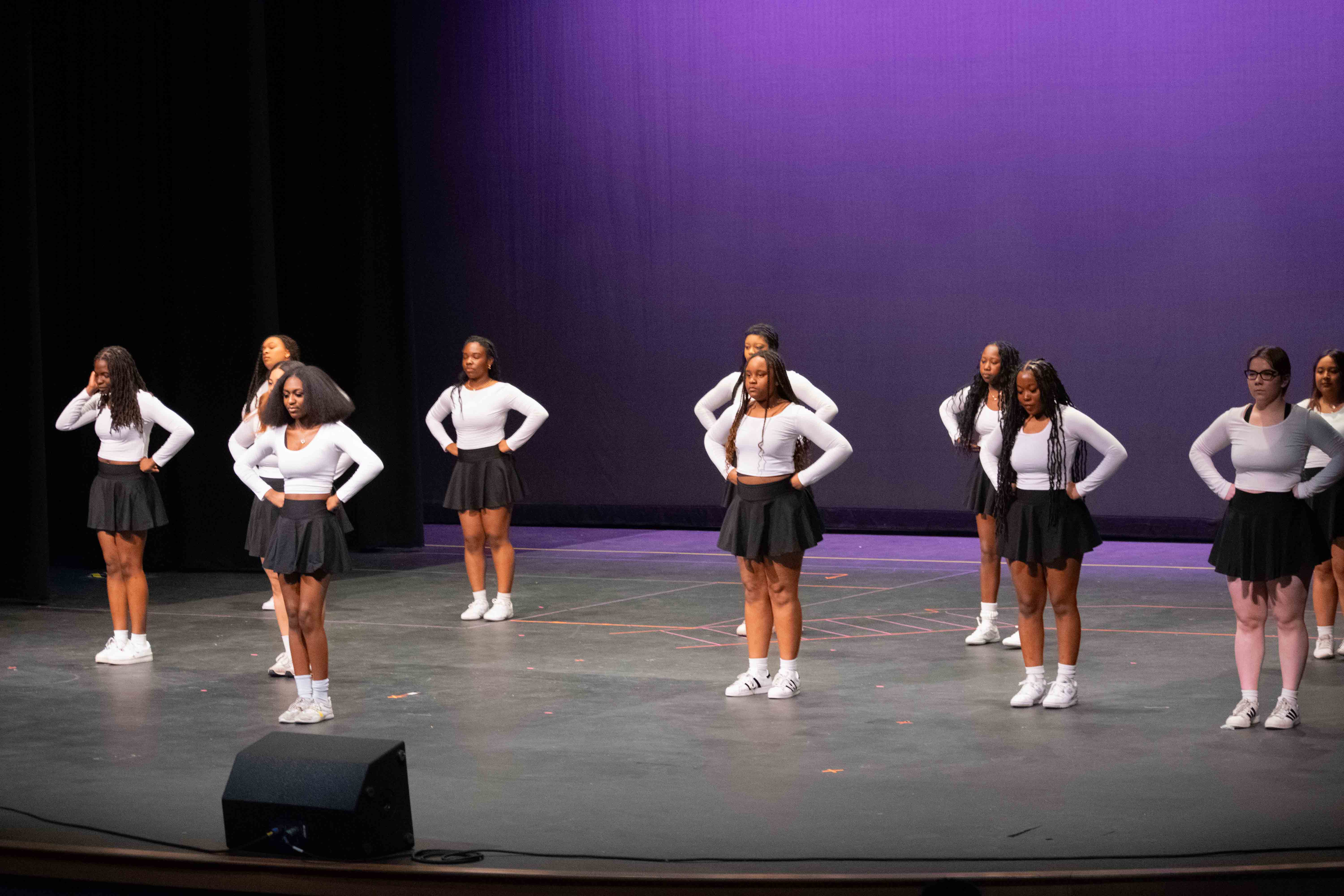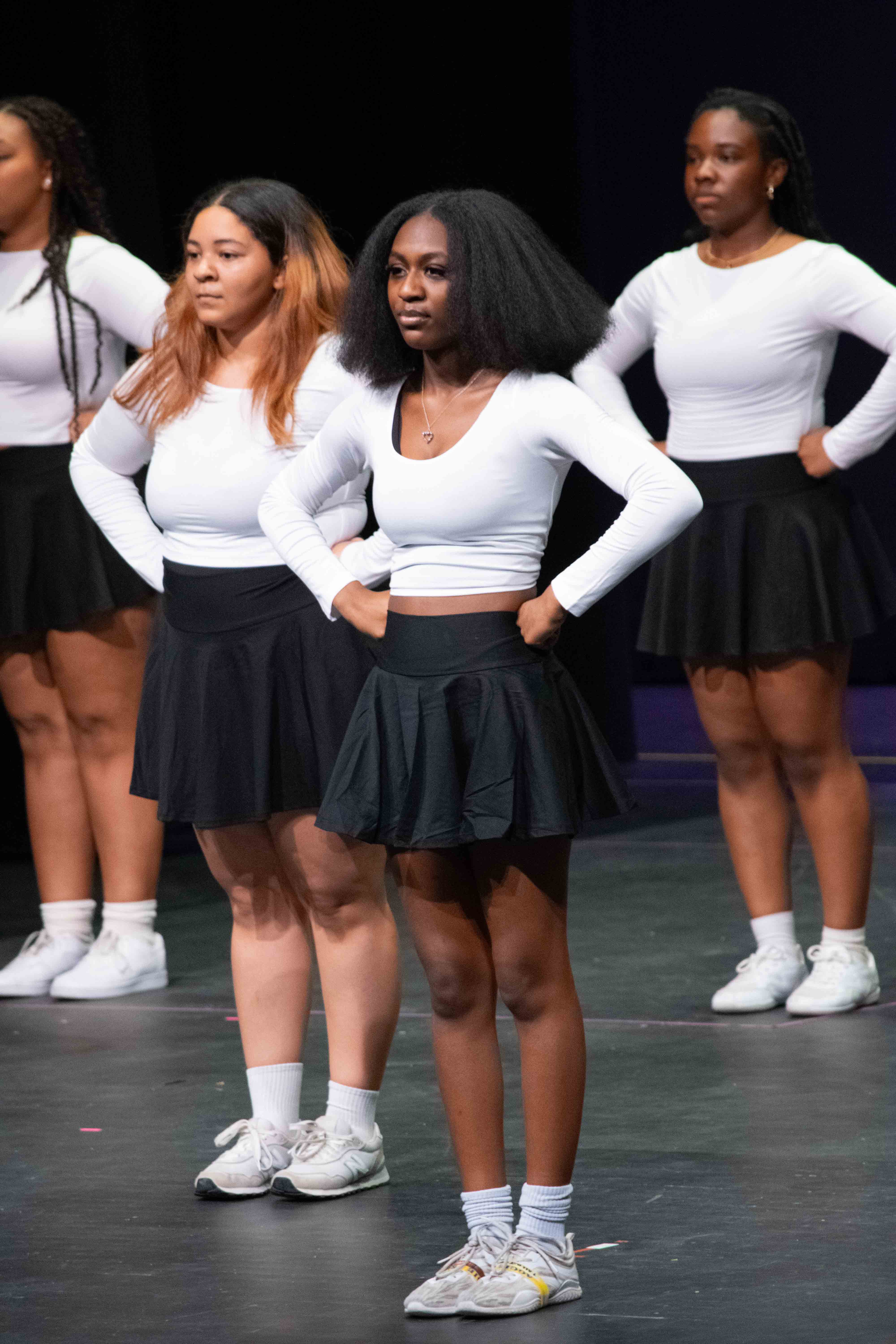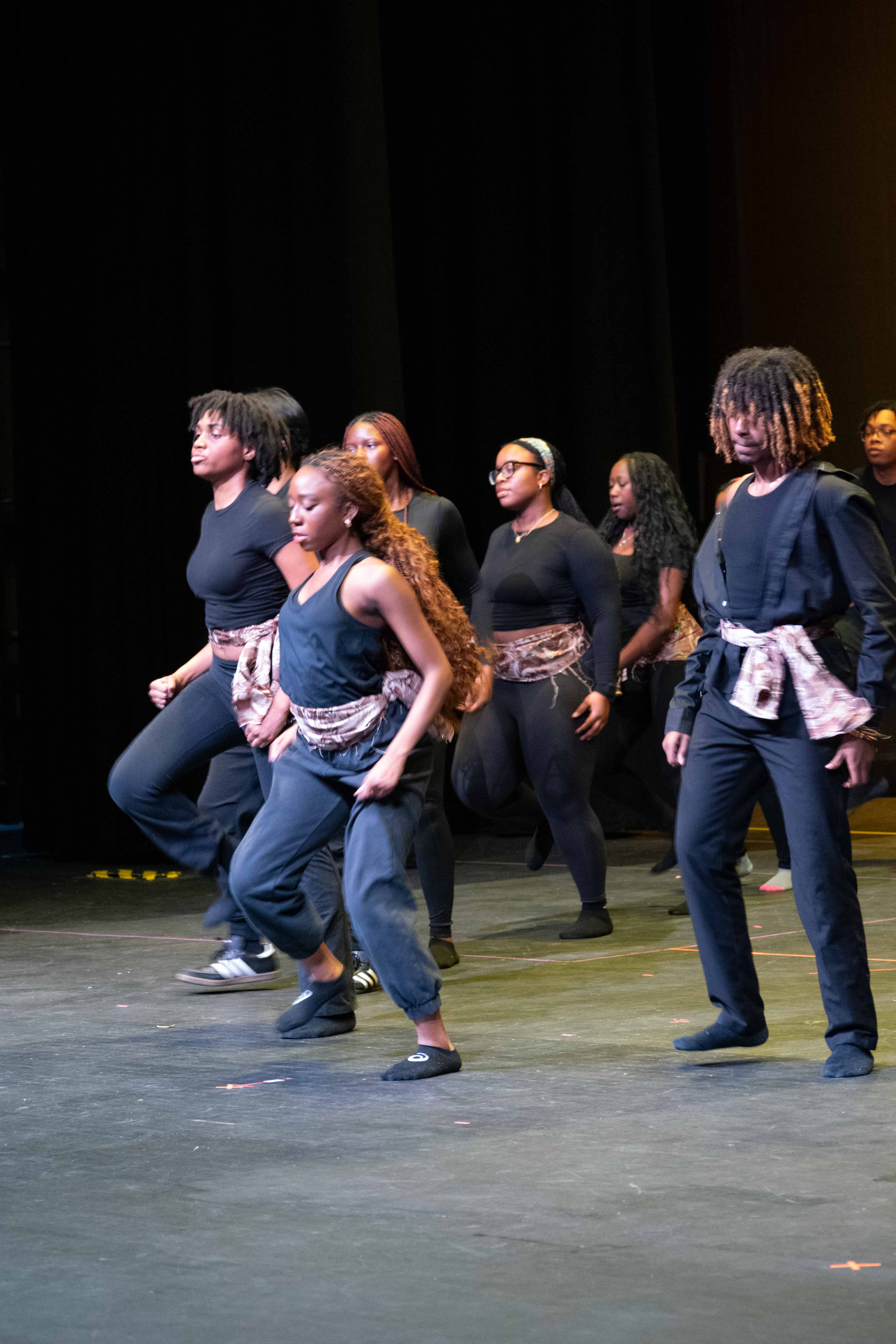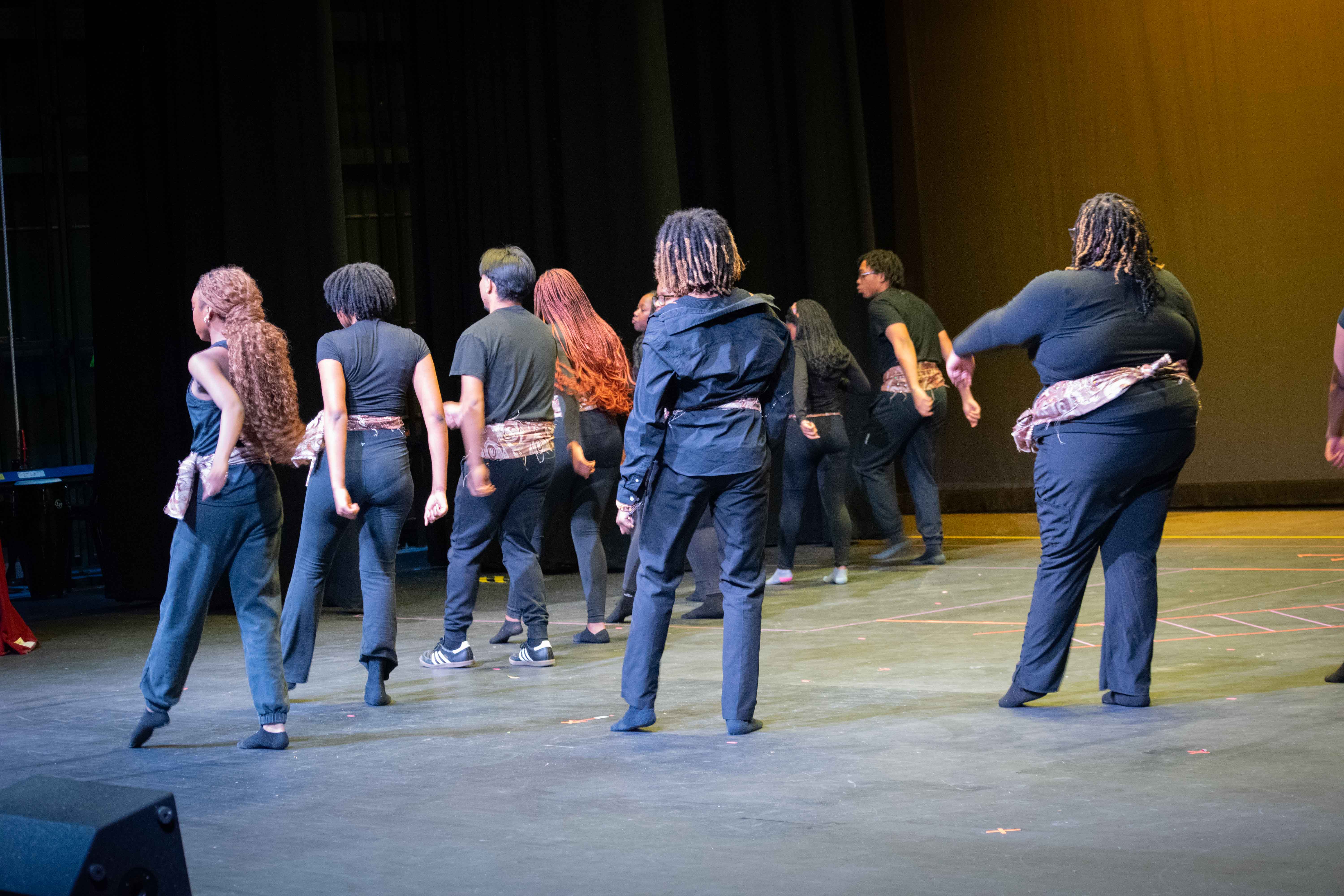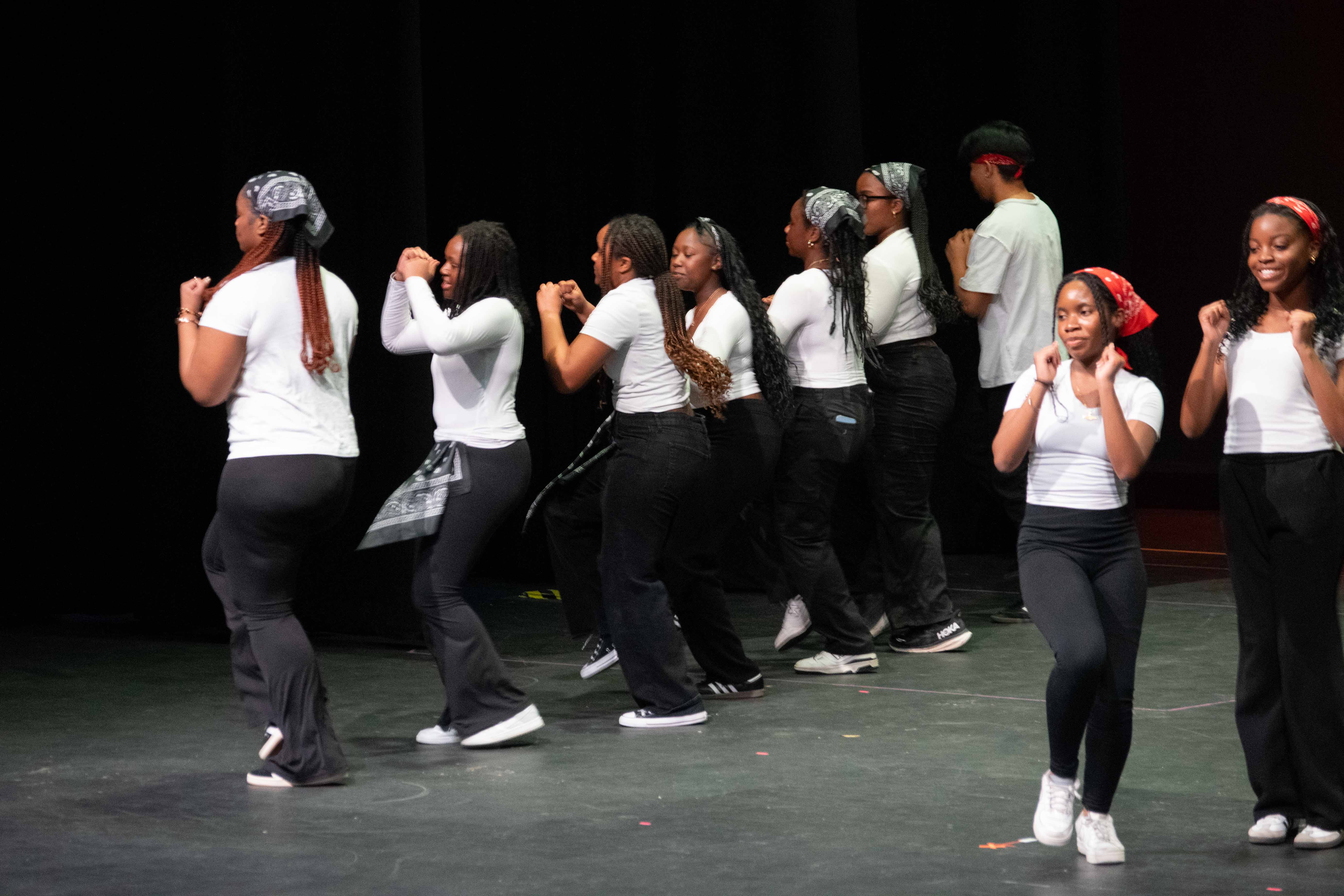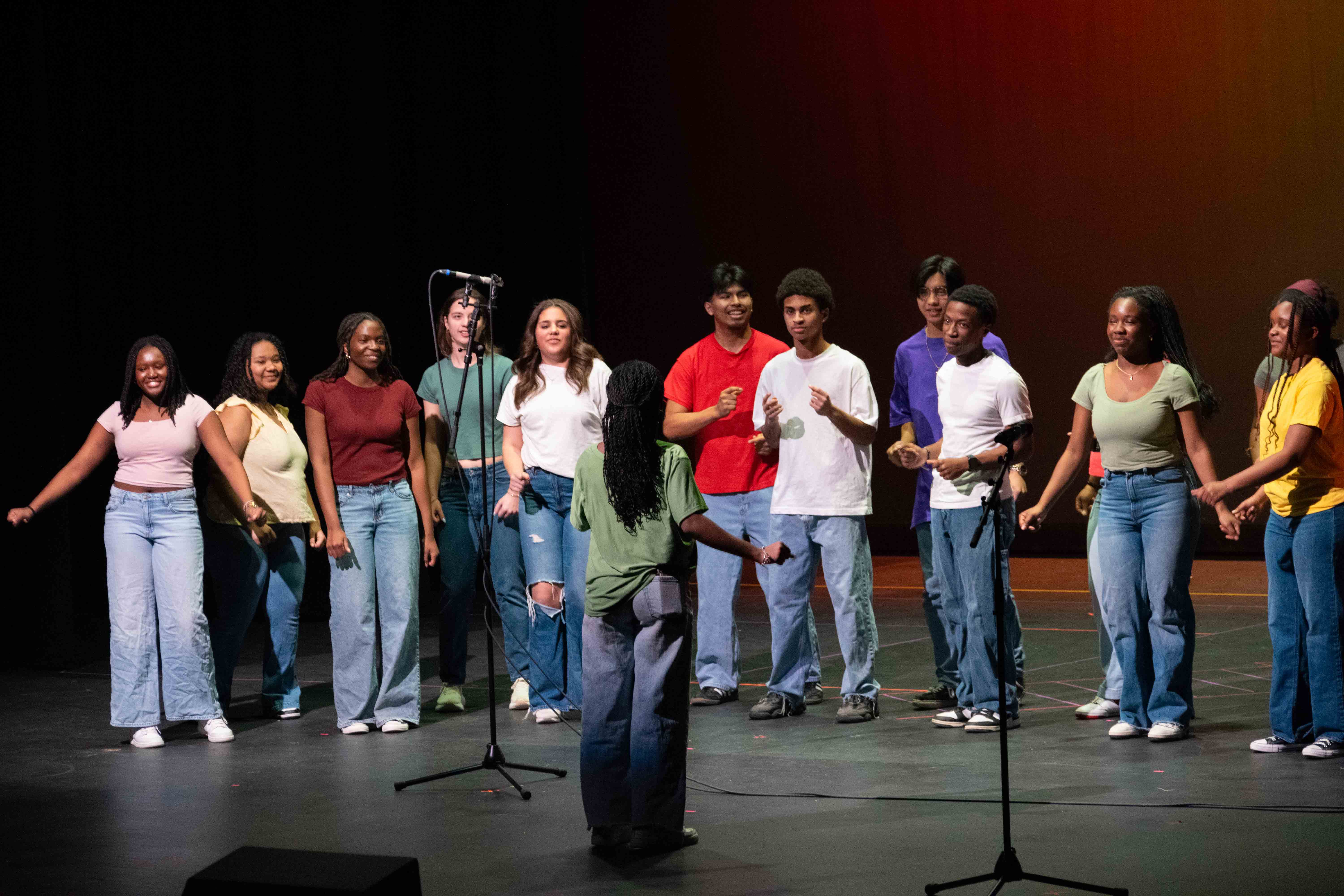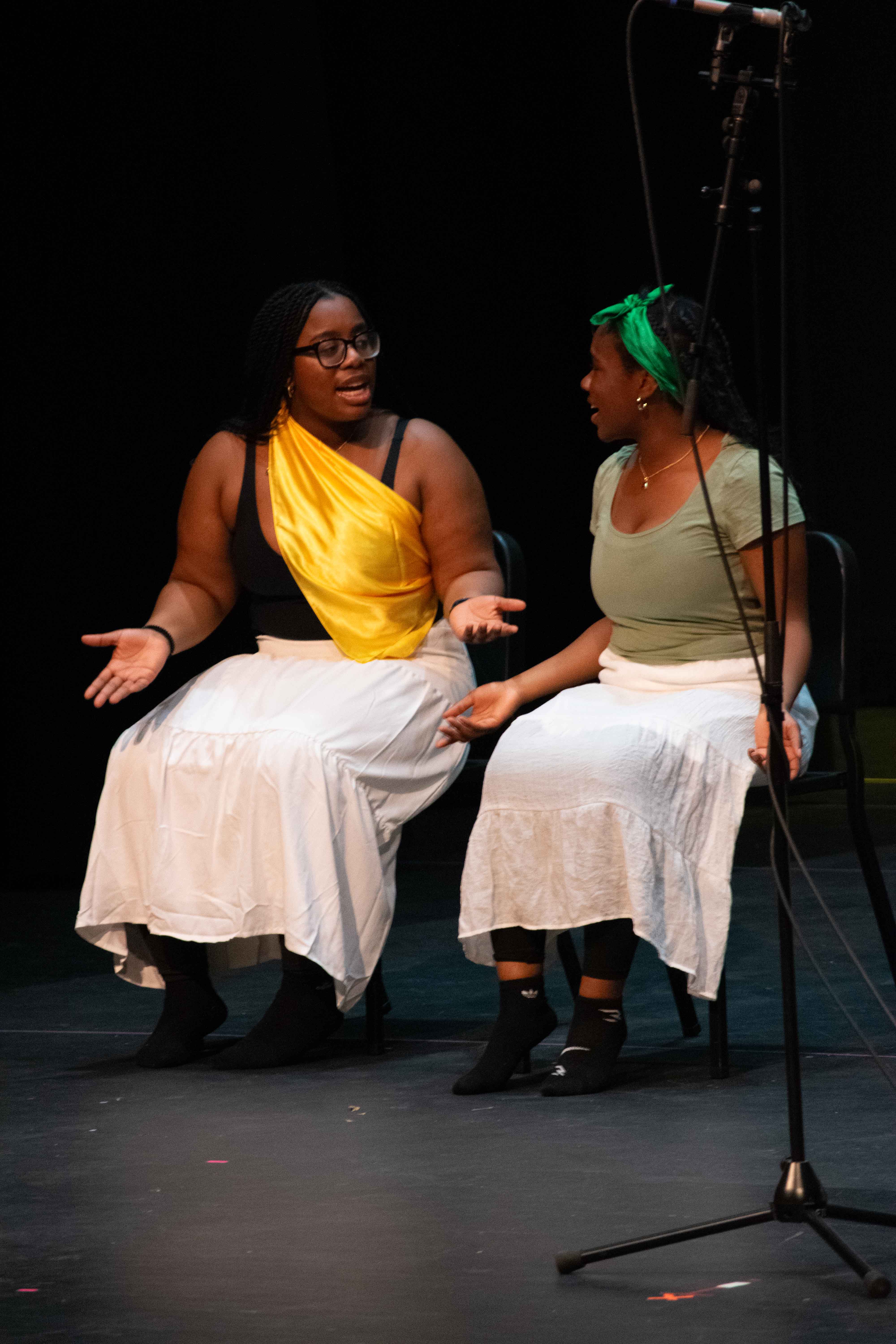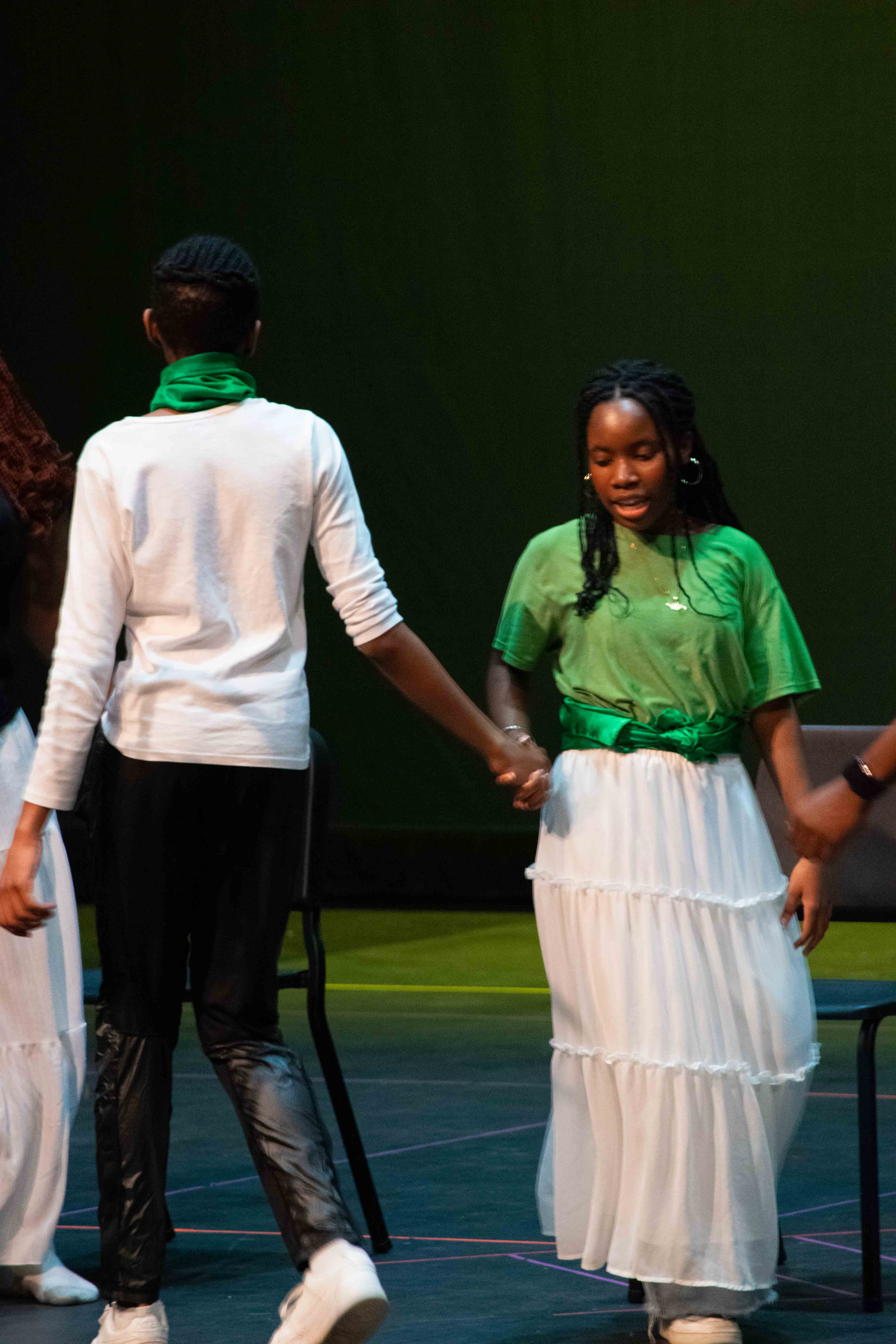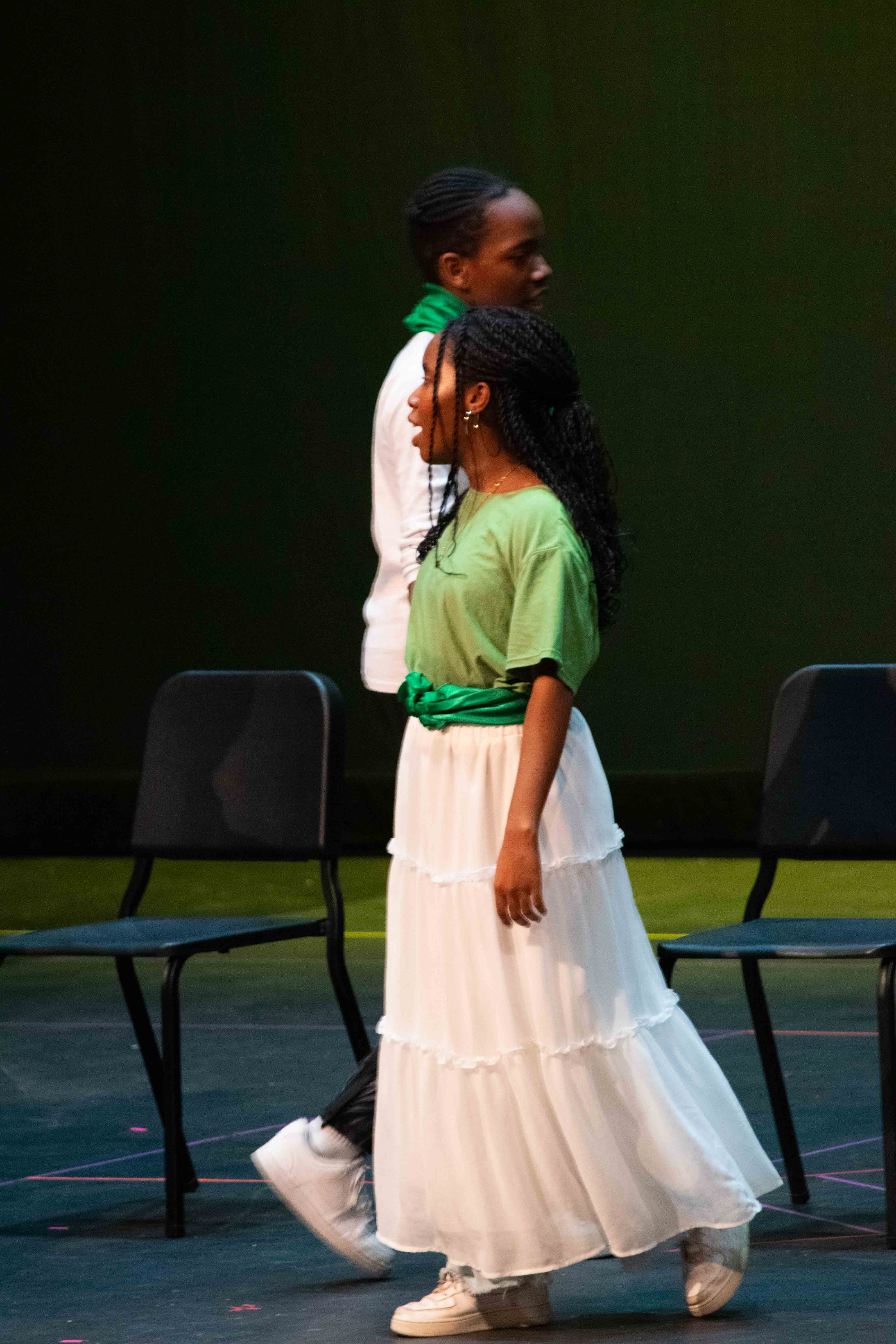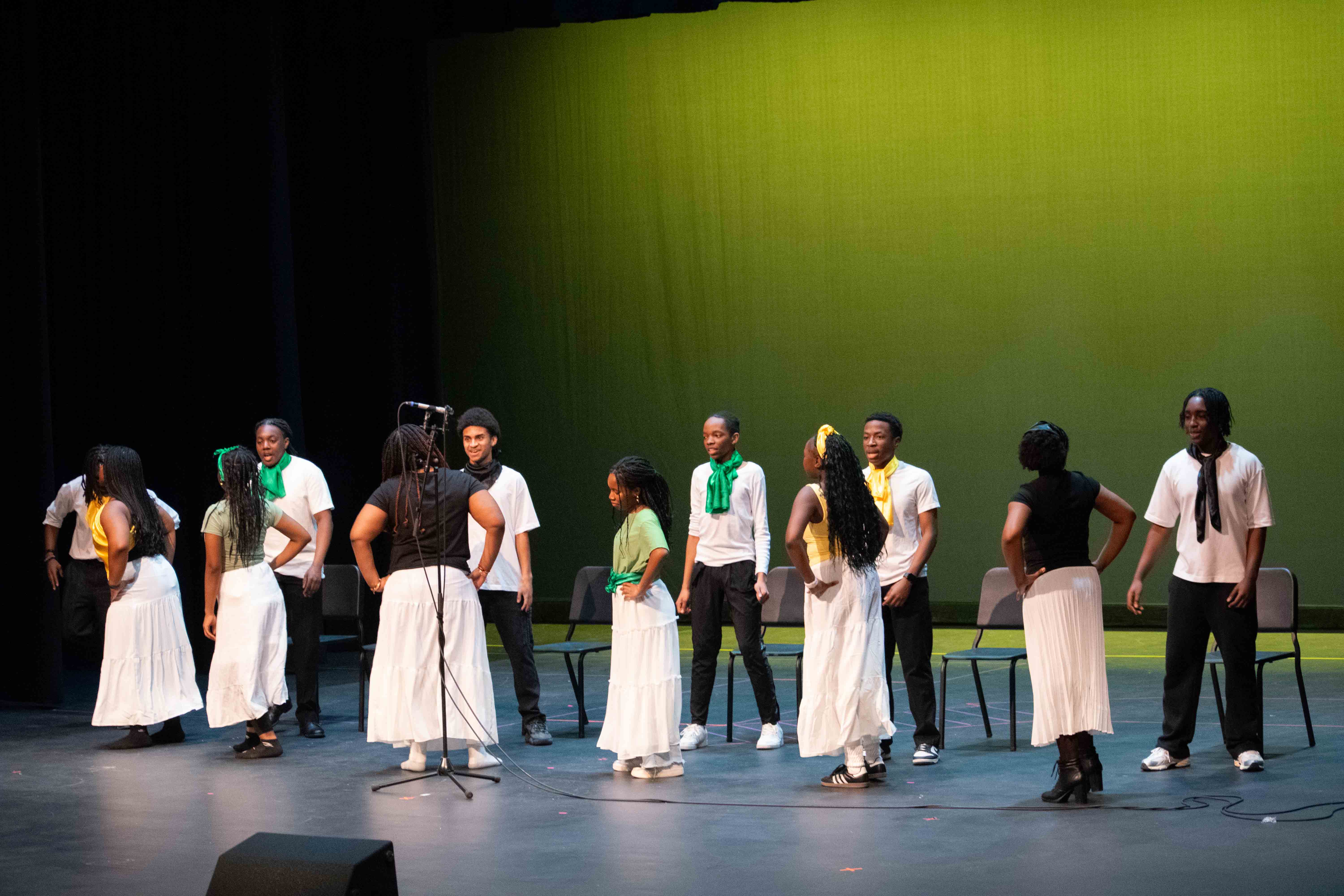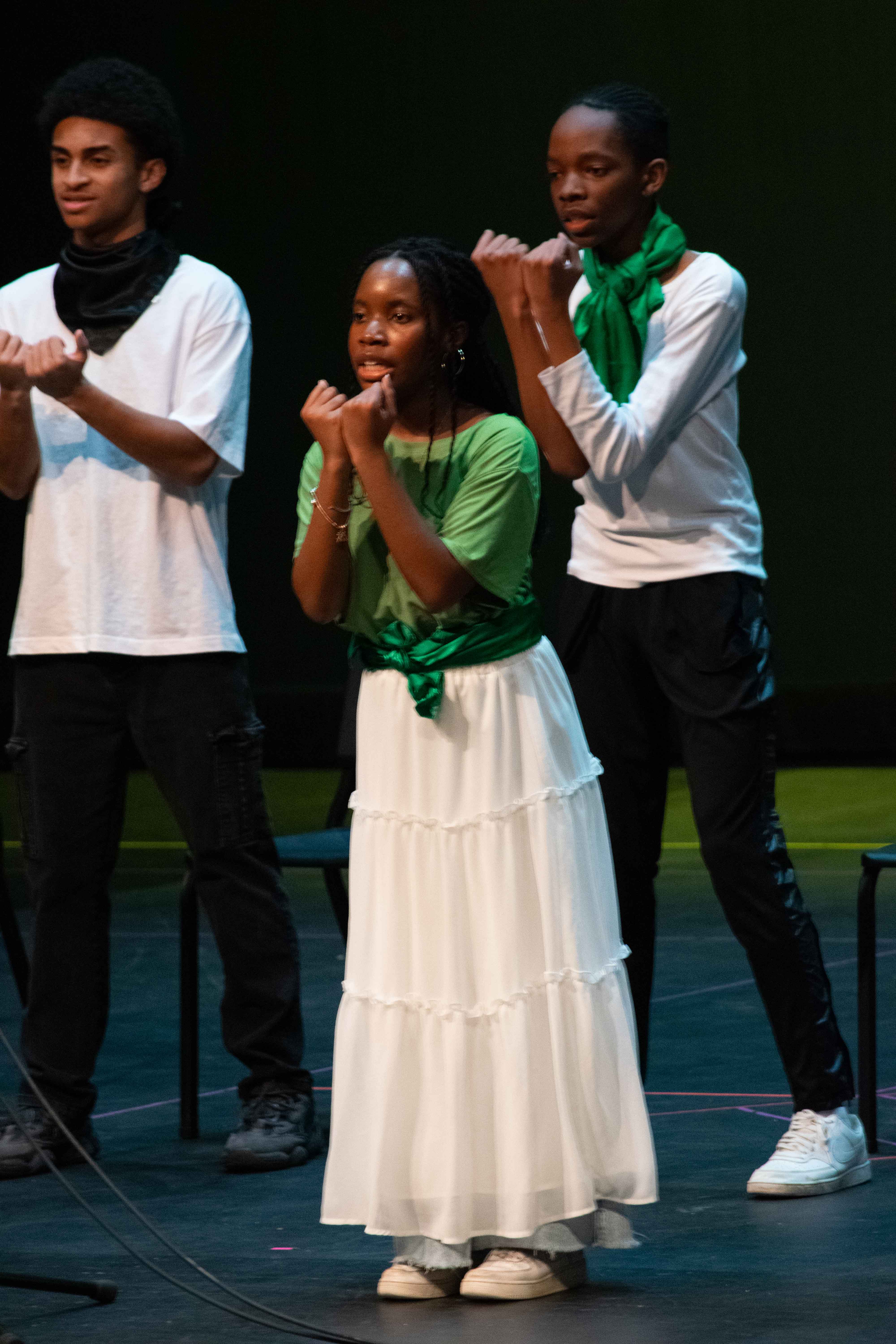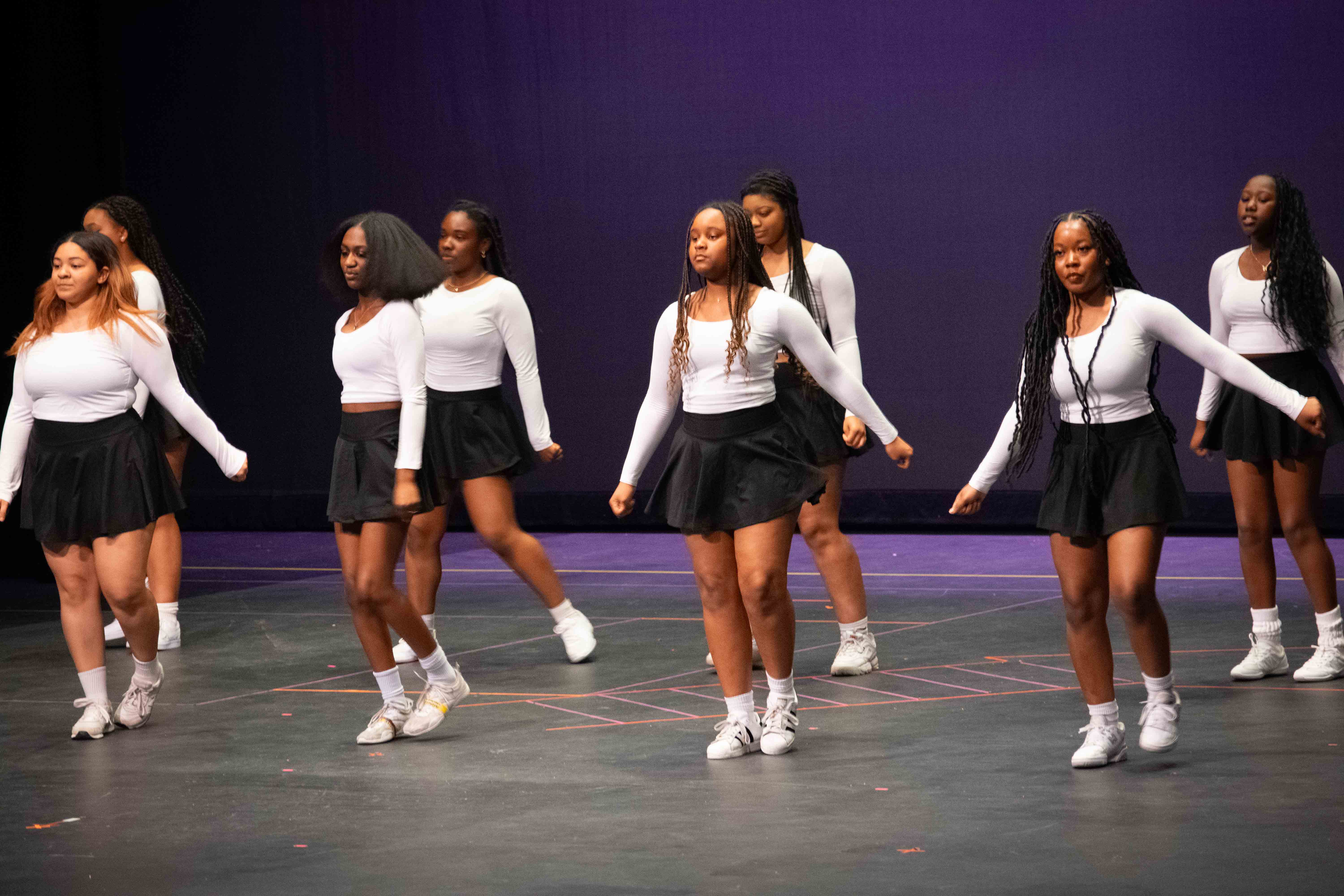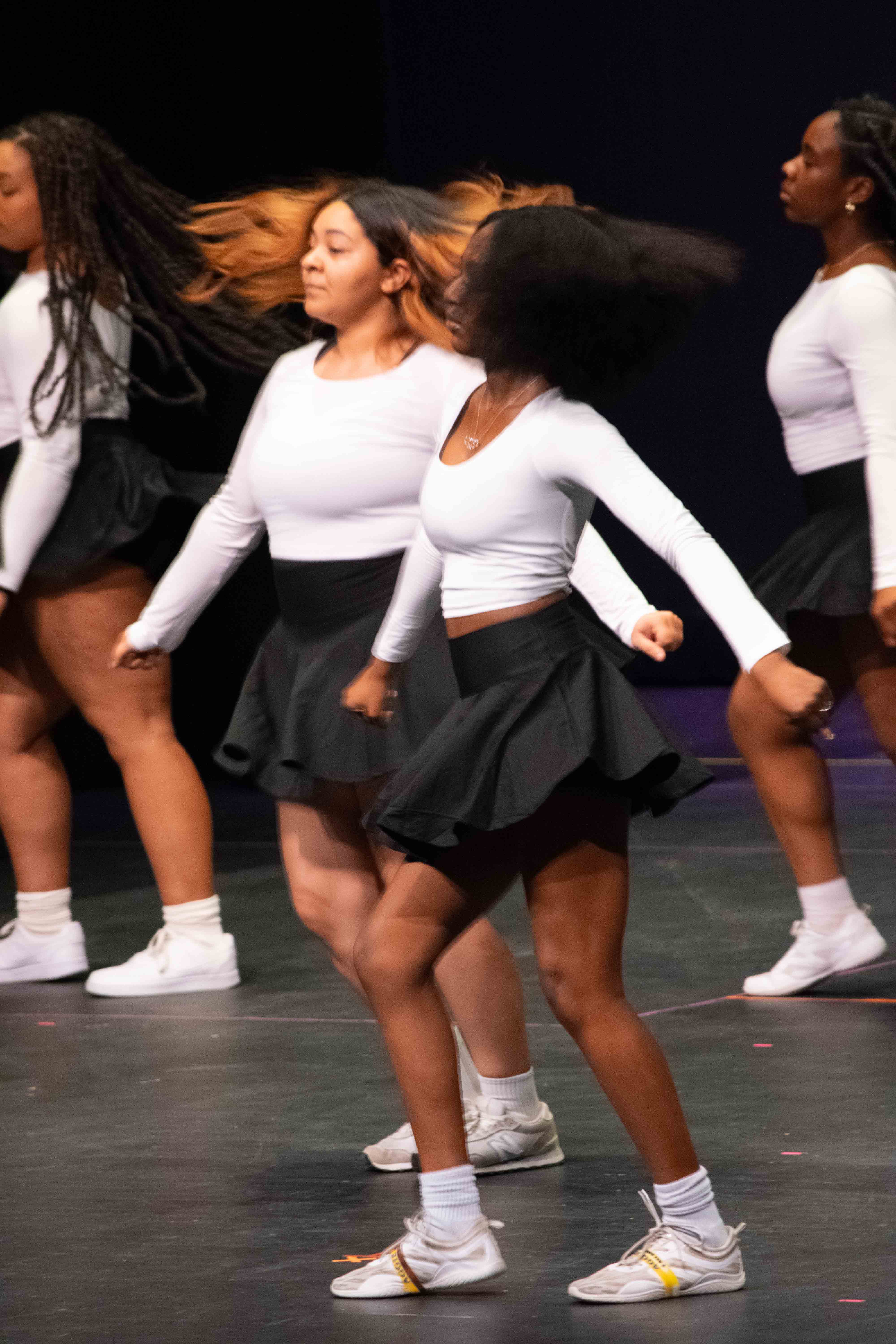
By Teresa Fang, Stentorian Editor-in-Chief
Or should I say, what a flip it was. The Mojang logo flipping into their familiar font literally made me want to do a flip right there and then at my AMC Southpoint 17 seat in theatre 9. This has to be the first film where watching it behind a row of fidgeting eight-year-olds was an enjoyable, if not surreal, experience.
Everyone knows what Minecraft is. My first interactions with people who were not my classmates were through Minecraft, and my first memories of Minecraft were made with others teaching me how to build bad roller coasters. I remember that high-contrast old cobblestone texture and the Herobrine totems, and watching, if not DanTDM’s mod showcase videos, Stampylonghead’s Lovely World videos. Minecraft is meant to be learned from someone else. It is a video game, but it has always been a profoundly social experience.
Seeing Jack Black cosplay as Steve was truly priceless; it got a few haha’s out of me from the first teasers–which I initially thought were completely satirical and AI-generated–but by the time my Instagram reels were full of “Chicken jockey”s and villager “hrrngh”s, I knew it was the official Minecraft movie. There was so much going on, I only remember the names of four characters: Garrett (Jason Momoa), Henry (Sebastian Hansen), Steve (Jack Black), and Jennifer Coolidge. The other two human characters, Natalie (Emma Myers) and Dawn (Danielle Brooks), simply did not appear in half the movie. Calling it “A” Minecraft Movie is already a suspicious act of the producers, like they knew it wouldn’t be accepted as canon by the 16-year-old fandom.
So, when I saw “A Minecraft Movie” with a couple of friends last month, if anything, it was weird. As a theatre experience, I give it a 10/10. Being a young person today is truly exhilarating and rewarding (I regard this movie as a fitting reward for my incredibly difficult second semester of senior year), and this movie is proof that social media can be a positive influence, or at least a social phenomenon. We like this movie so much, it scores 86% on the Popcornmeter, but critics hate it at a 47% on the Tomatometer. This movie is so bad that it’s good. I promised not to throw popcorn, but I had a fun time anyway—probably because everybody there subconsciously knew it was so bad, yet couldn’t stop repeating and erupting in joy at particular phrases from the trailers that we hear so much on social media.
But as a film, I give it a 2/10. The first 20 minutes are basically the whole movie; the protagonists are introduced in a random order, every trope and cheap emotional trick is there, every meme is there, every character is summarized in terms of their favorite things, and Jack Black’s constant narration is pretty much the entire old Minecraft tutorial. The exposition is so long that the protagonists are basically thrown into the Minecraft world from the real world and expected to agree that all the mechanics are dumb and to just roll with it. If that wasn’t the easiest way to introduce a possibly clueless audience to Minecraft, then this was just disrespectful to the game.
To address the elephant in the room, the most basic decision to make this movie live-action was a strange one, albeit ambitious and executed rather poorly. The cinematography was poor and predictable with green screen scenes that often broke immersion, styrofoamy or clothy looking textures, villagers from uncanny valley, and more… which reminds me that Jennifer Coolidge’s character was named Vice Principle Marlene, because she had a funny but cleverly-written side plot romance with a villager she hit with her Jeep Grand Cherokee.
I will also list absurd “creative” additions in “A Minecraft Movie.” Henry’s main weapon is a tater tot gun, and tater tots do not exist in a game built of cubes. Jack Black has only one ender pearl but has two incredibly rare elytra. There is no blue portal, no MCU tesseract-looking thing, and definitely not flying shoes (or flying shoes on an iron golem). Half the mobs of the evil piglin army are from other Minecraft games (which are not the OG sandbox one). The creepers are dysfunctional, and the creeper farm having a minecart running through it is plain nonsensical.
The plot—a classic MacGuffin chase for a magical item—was predictable from the start, but would have worked better if the characters had any depth to their personalities and motives. What’s sadder is that Minecraft itself already has an exceptional lore (I read the entire prose after defeating the ender dragon in my personal survival world, and it is so inspiring) built out of the developers’ and audience’s own creative interactions.
For a movie about the game that told its players “the universe said I love you,” it severely undershoots the love of its fanbase and the extent of their nostalgia. For that, “A Minecraft Movie” failed to impress.

